Middle of September appeared to be the perfect time to visit Vienna.
I gave quite some consideration how long I should stay in there in order to have a good experience.
Finally, I’ve decided to stay for 4 full days. In this post I invite you to the imperial capital and share with you my sightseeing choices and itineraries.
Day 1
I arrived on Friday evening, deciding to visit famous Hofburg and Schönbrunn Palaces in the weekend. My stay was filled with museums and galleries (that’s how I love to travel) but Vienna is a charming city on its own–strolling around the old town, trying Austrian food, doing a bit of shopping–all those activities will make it refreshing city break.
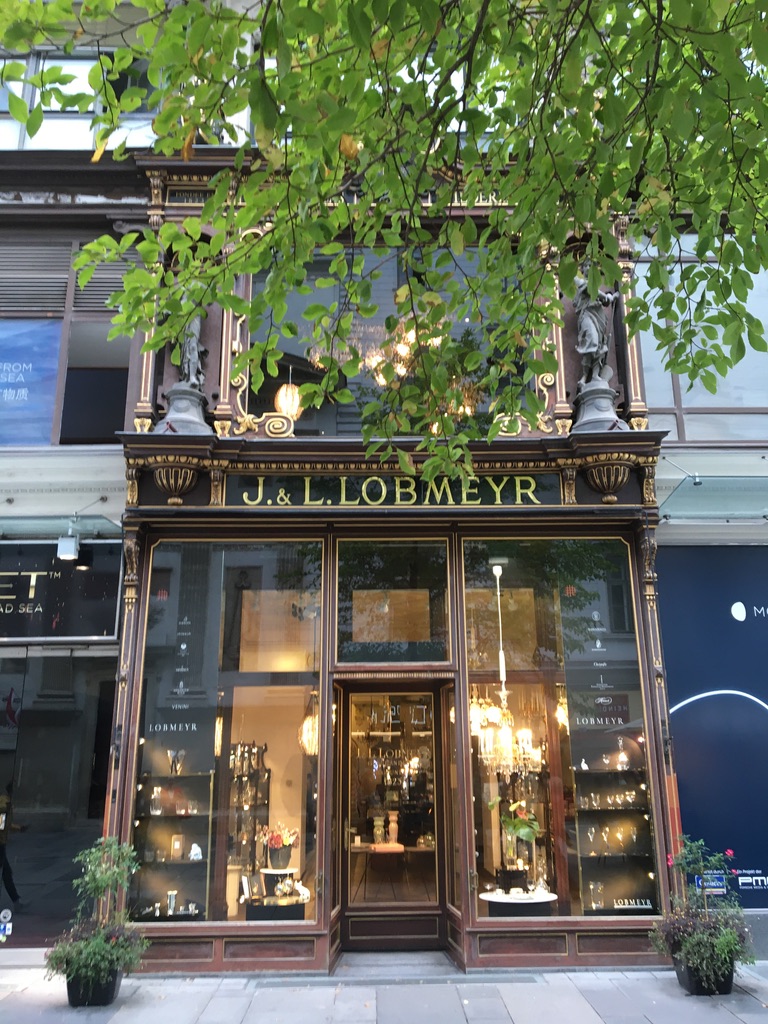 |
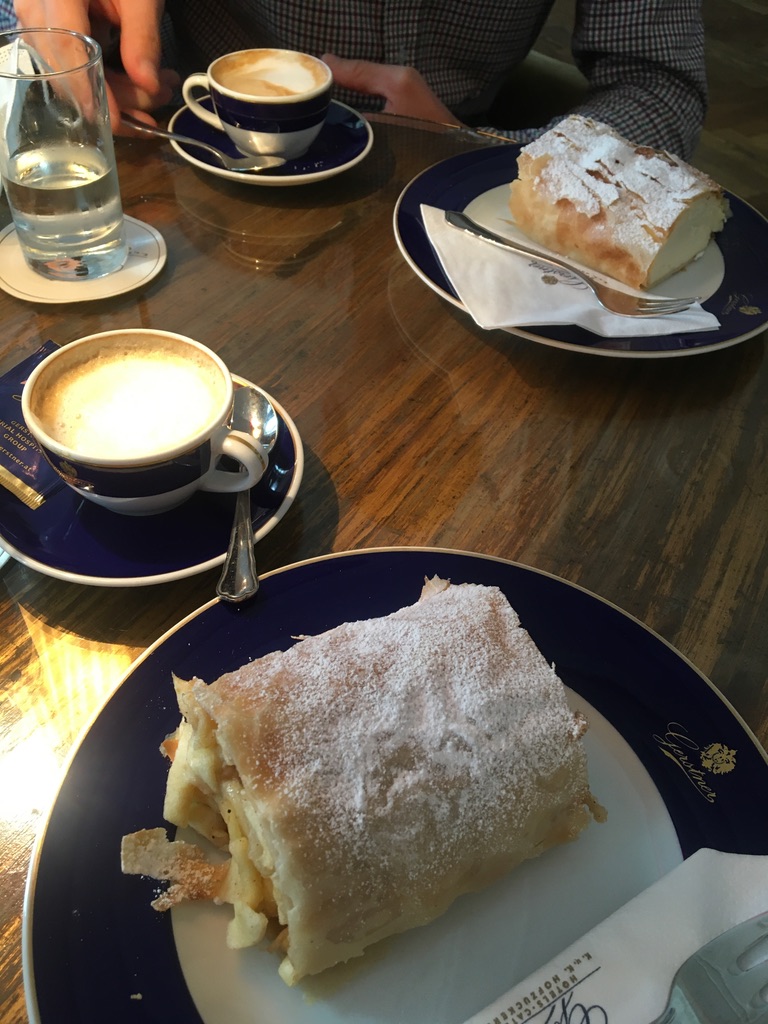 |
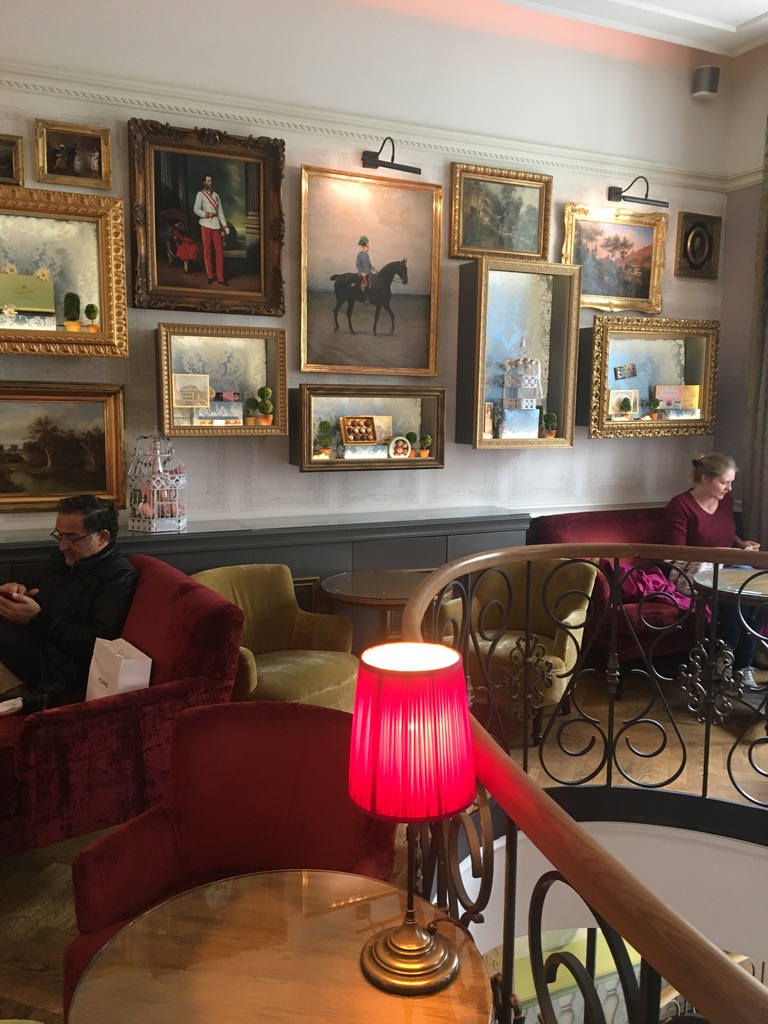 |
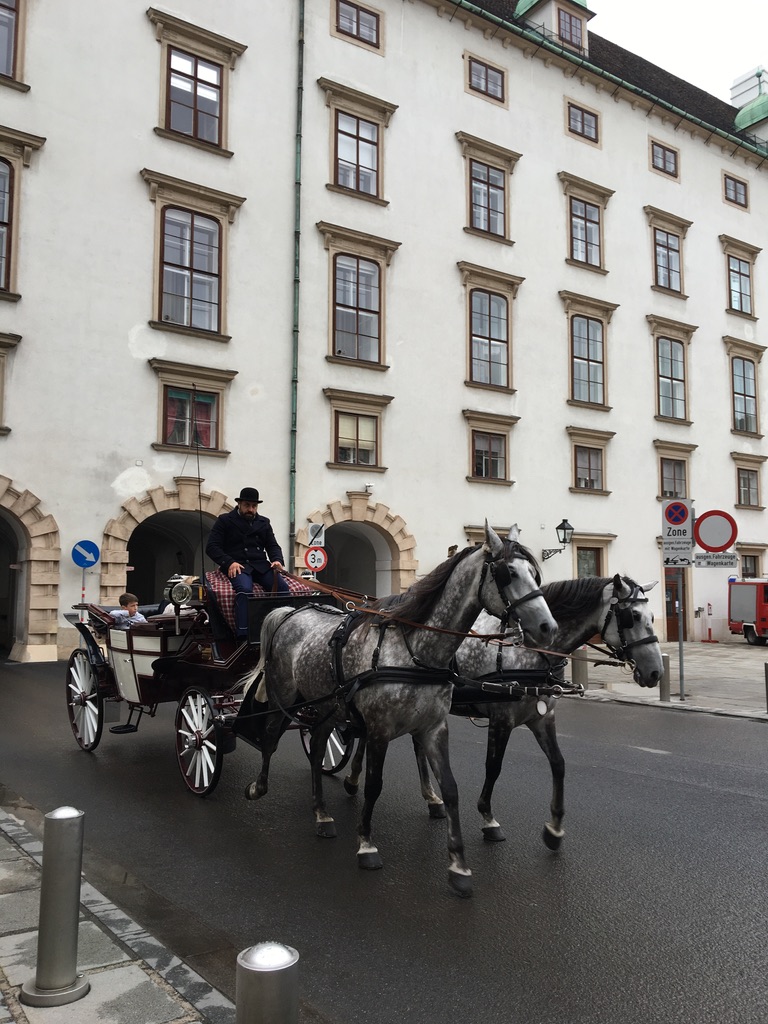 |
- Naschmarkt
On Saturday morning, before heading to the museums, I couldn’t skip famous flea market at Naschmarkt. Most days of the week, it’s just the nice place to do some grocery or have brunch, but every Saturday morning you can find stands with antics/old/quirky/peculiar items or just usual second hand goods.
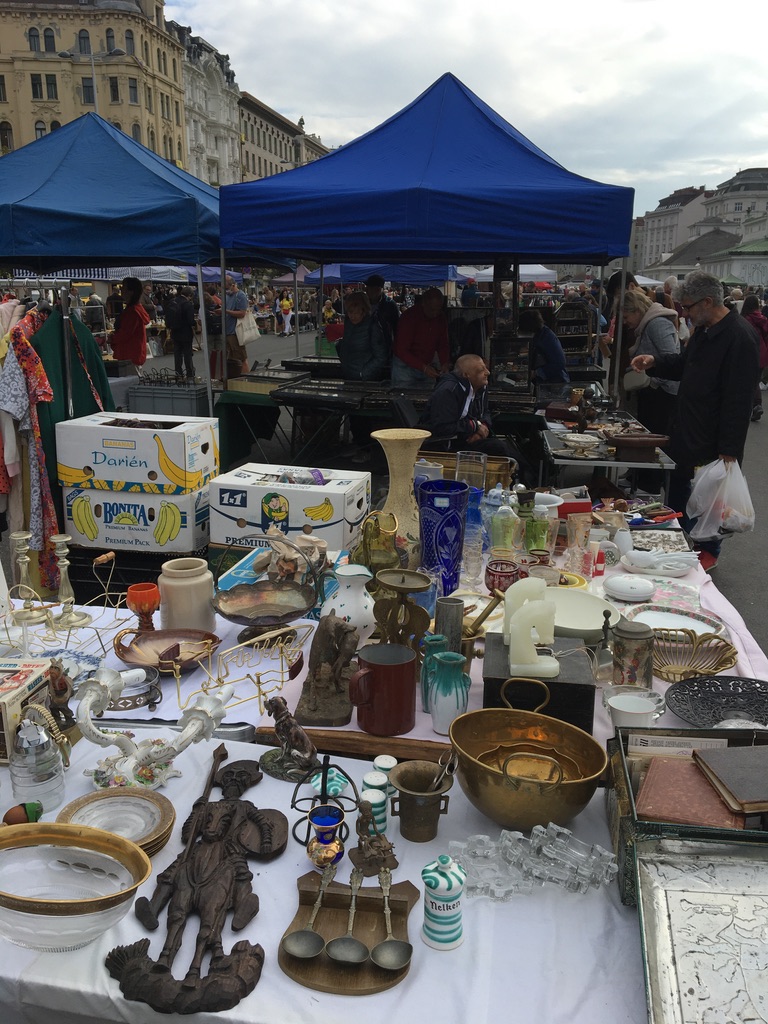 |
The golden rule to make a fruitful visit is–the earlier you come, the better.
- Hofburg Palace
The rest of the day I spent in Hofburg palace where are located three museums- The Silver Collection, the Sissi Museum and the Imperial Apartments.
From the perspective of time, I would not rush through the Silver Collection, the rest of the exhibitions is relatively small. You can find there a dinner service designed and gifted by empress Elizabeth to emperor Franz Joseph, grand cutlery with (unfortunately) not so often nowadays used oyster forks, asparagus tongs, lobster picks and many many others!
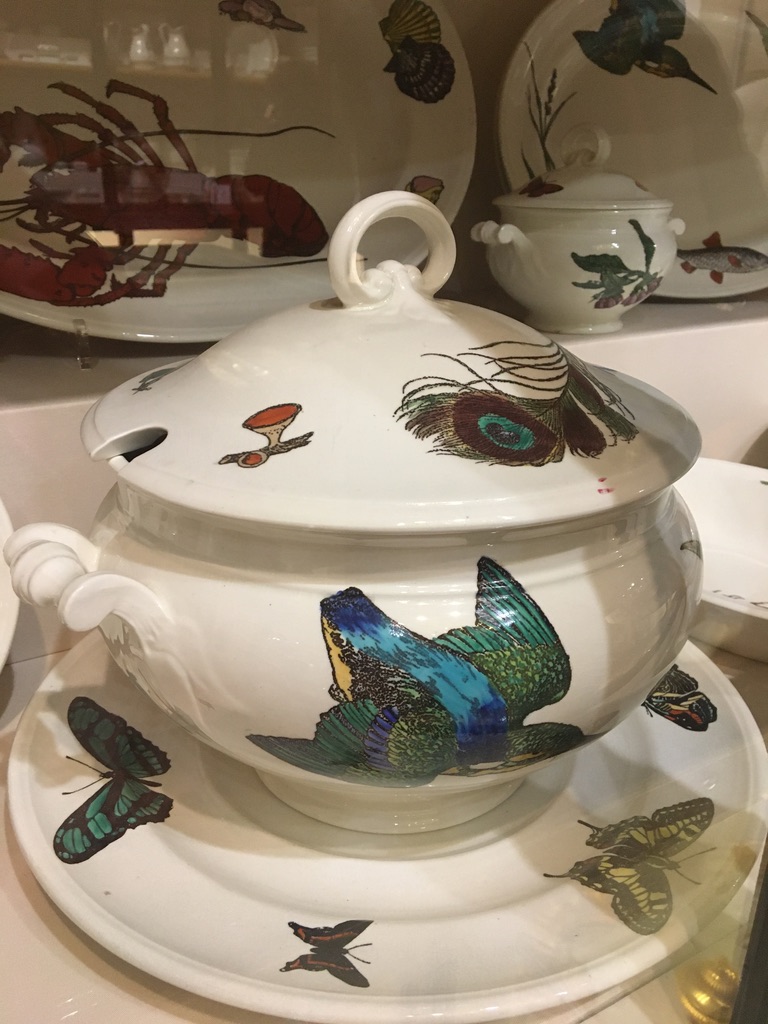 |
In the museum, one can find dozens of dinnerware used by the emperor and Habsburg family members on state dinners but also in private settings. For everyone who is interested in the art of table, this part of the museum is definitely not to miss.
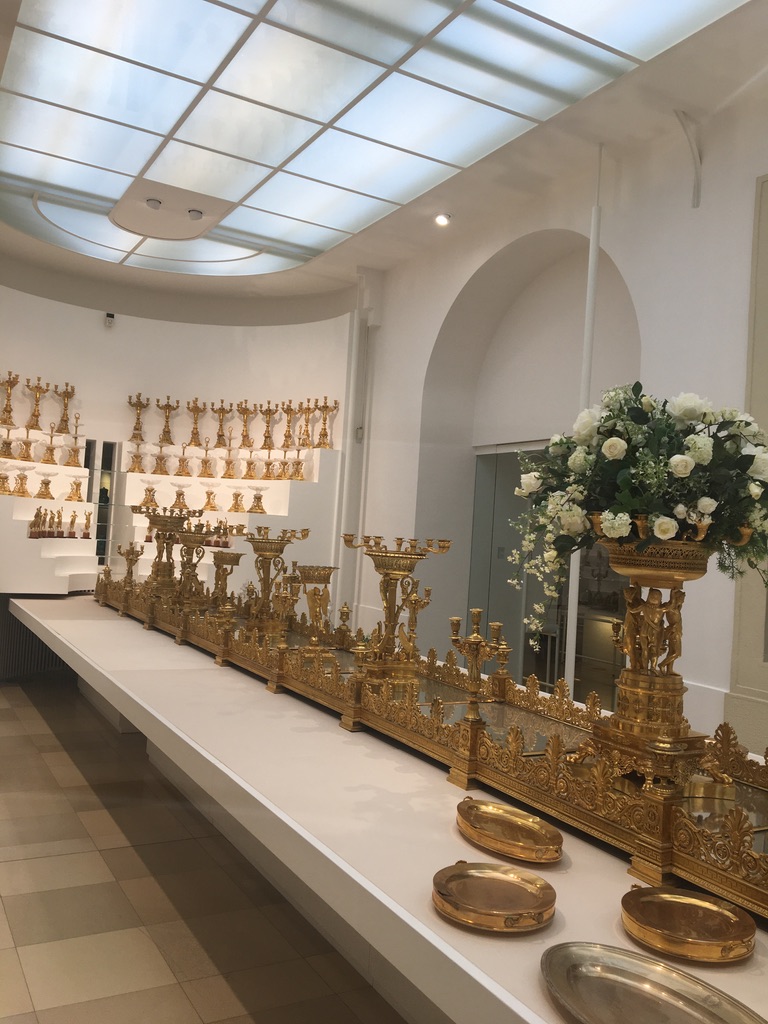 |
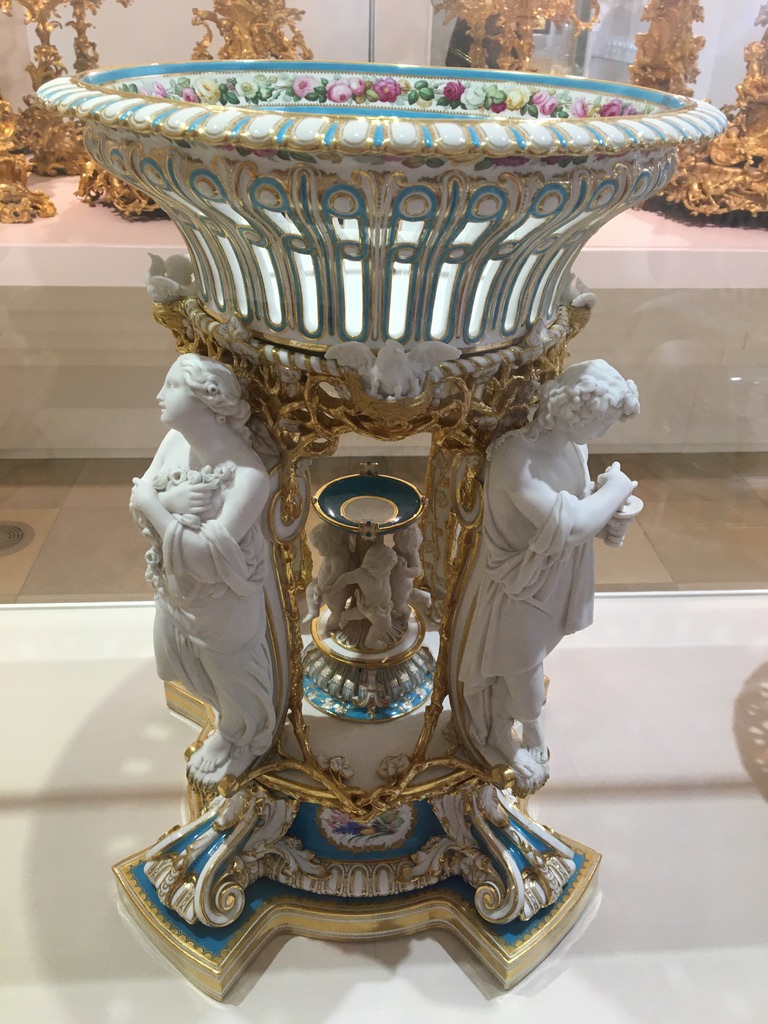 |
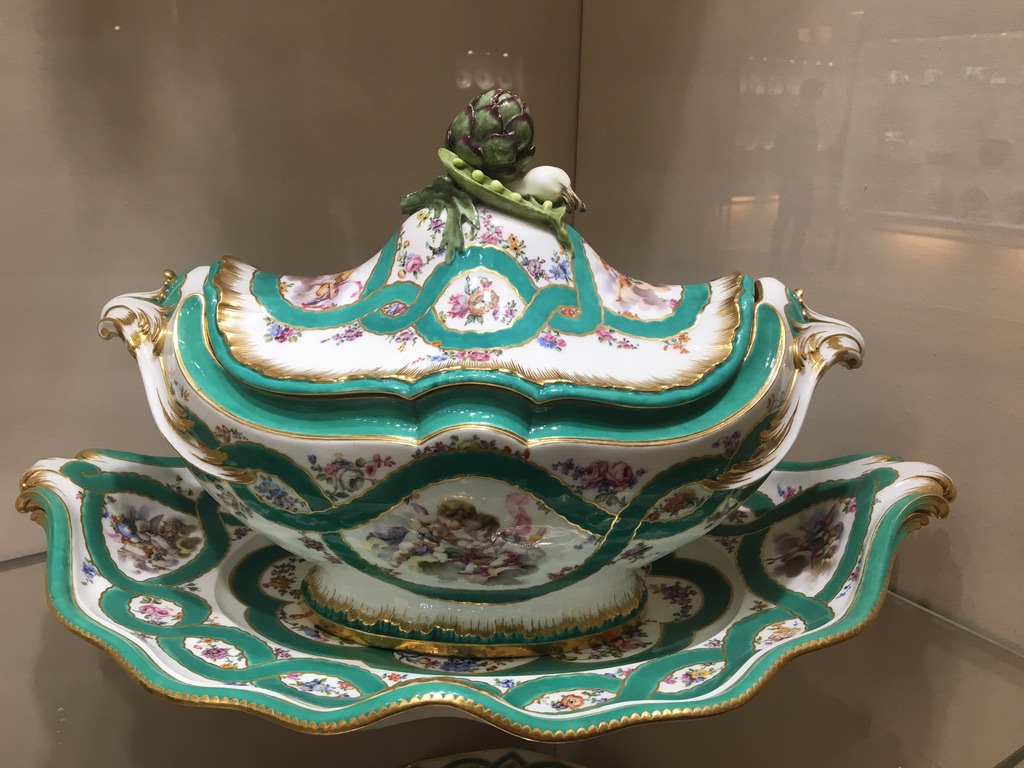 |
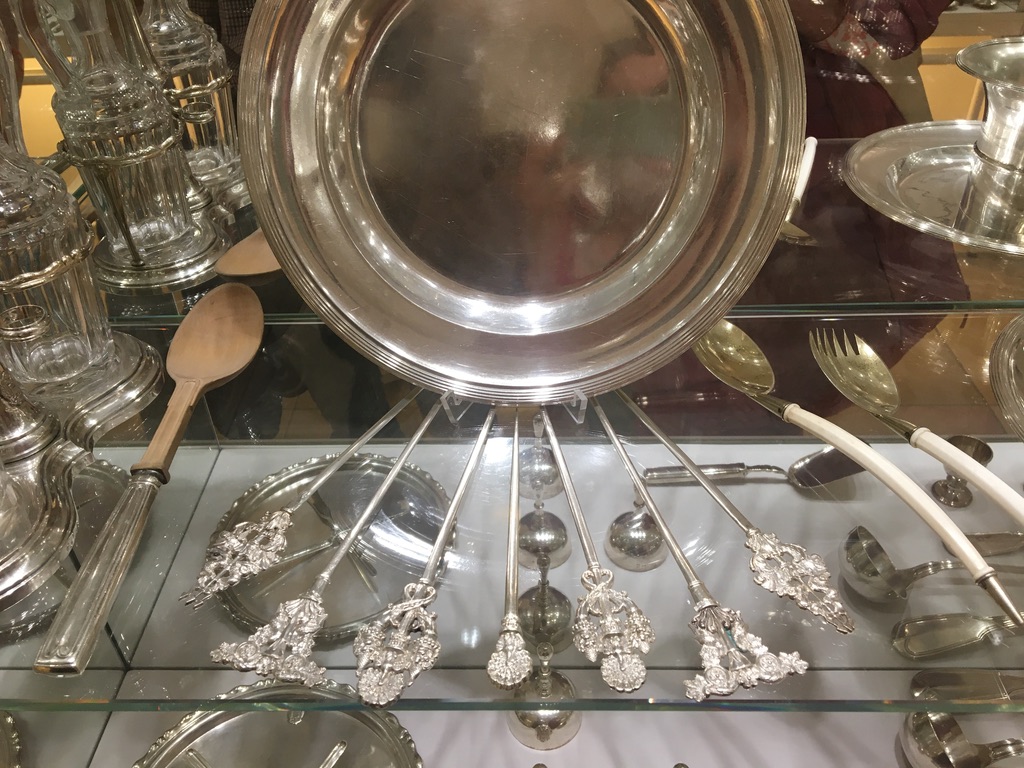 |
Part of Hofburg palace is dedicated to Sissi museum. There is not that many personal belongings there, however few of her dresses are exhibited, some of her travel accessories, few personal letters and only one of the famous stars which she had in her hair during imperial wedding.
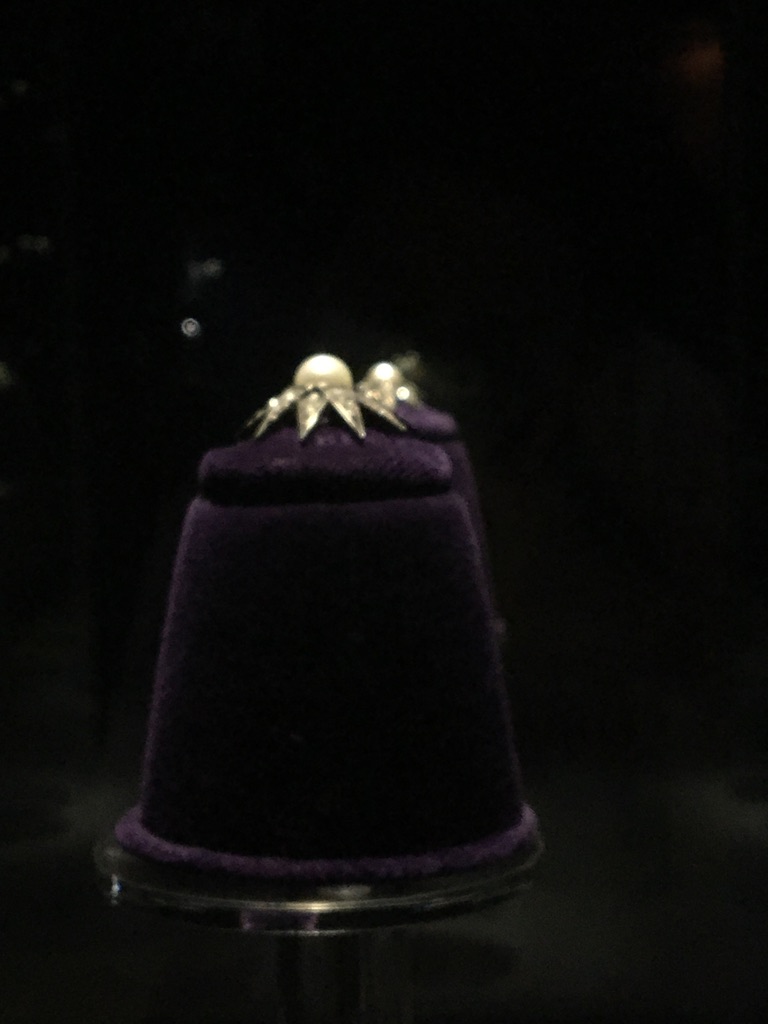 |
If you opt for an audioguide, you will learn more about her life and difficulties to adjust to life in Austrian court, her transformation from a shy Bavarian girl who tried to fulfil her duties to confident woman who all her life pursued freedom. What I appreciated is that the story was presented in an honest way without the sweet pictures of her that can be found in movies. Sissi is presented as a complex woman who was distancing herself from the suffocating rules and restrictions of the imperial court.
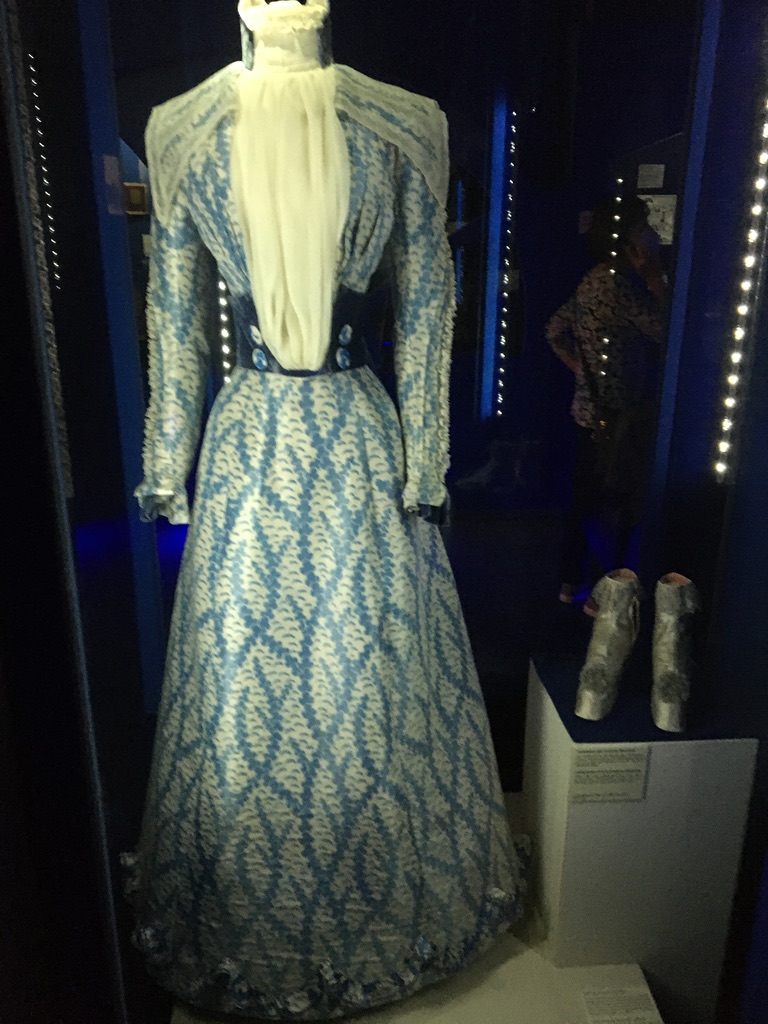 |
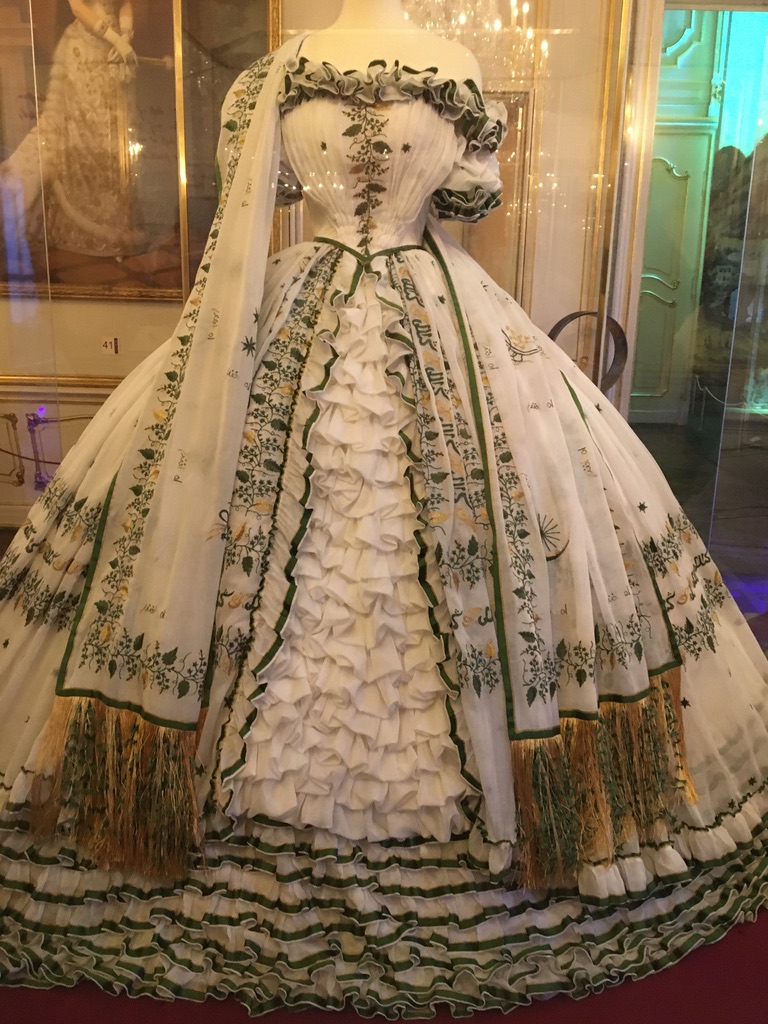 |
The last part of the museum are the imperial apartments. This is a nice insight to the life of the imperial family and also their personalities. One can see the fairly modest bedroom of Emperor Franz Joseph and the exercise equipment of Empress Elizabeth who was obsessed about her appearance and body weight.
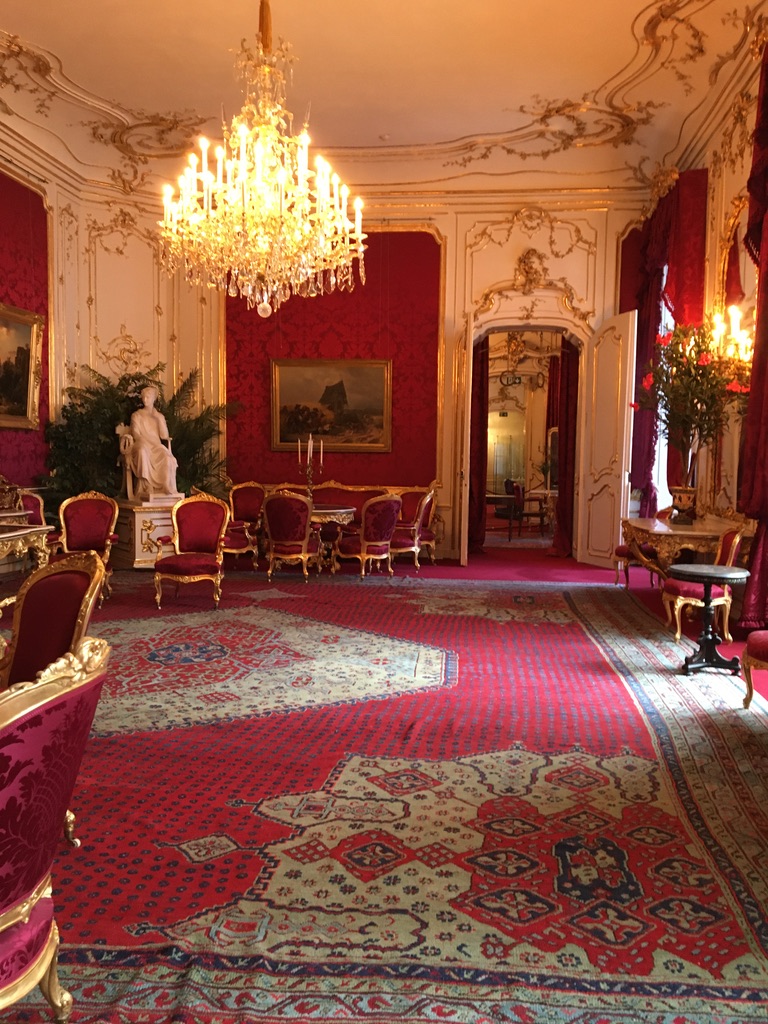 |
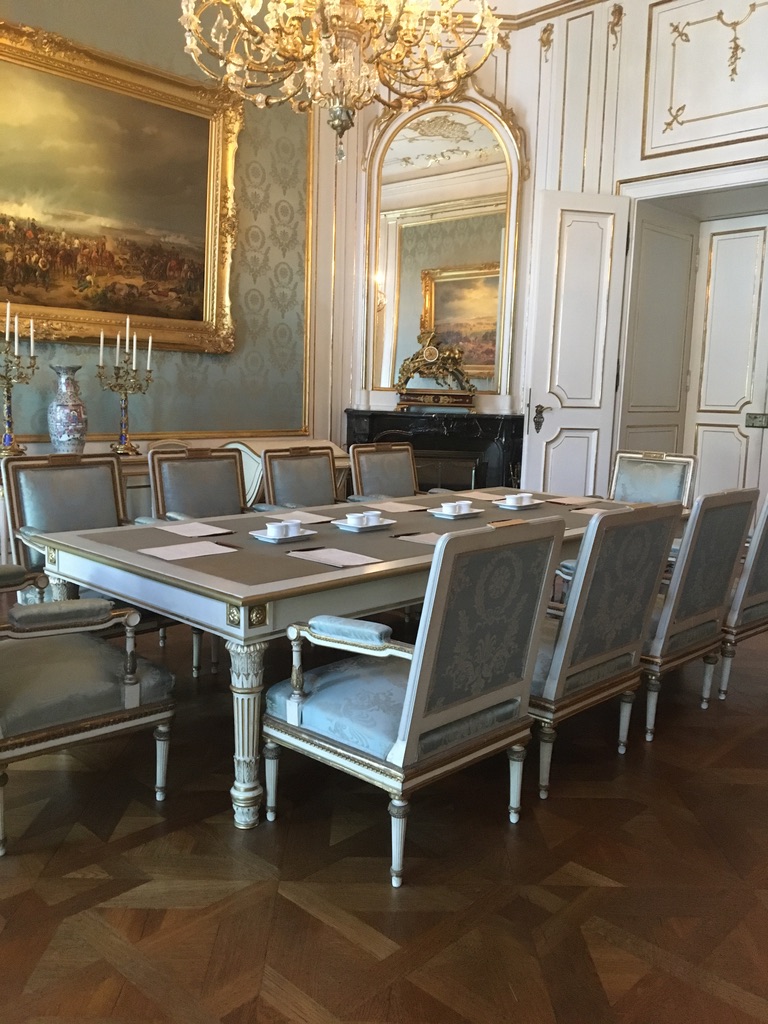 |
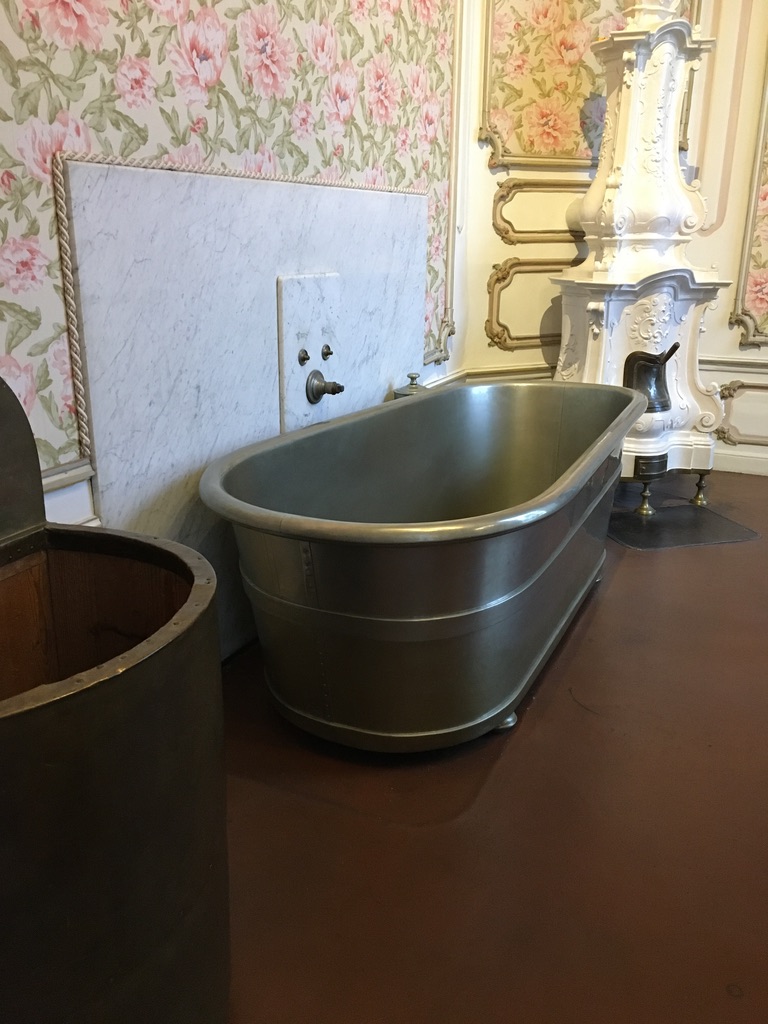 |
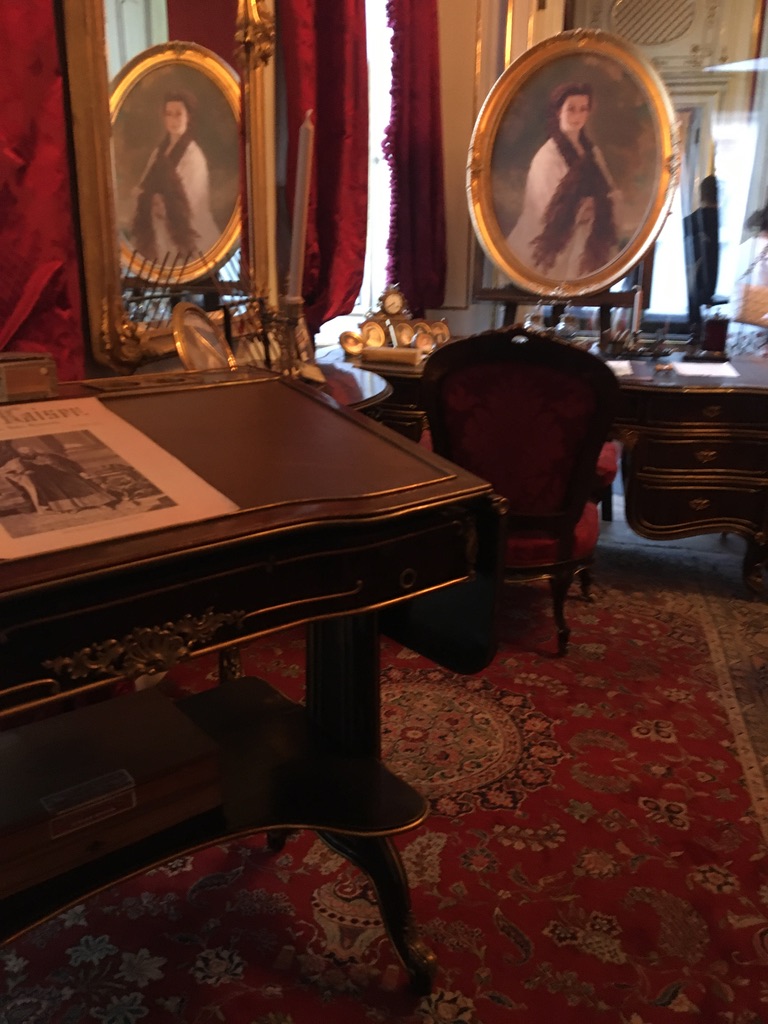 |
- National Library
At the end of the day, I visited the National Library with its impressive State Hall. This is the biggest baroque library in Europe, with more than 200,000 tomes of books, many of them are extremely rare. The library was built by the Habsburg Emperor Karl VI for the Court Library. On the sides of the library one can admire very original baroque Venetian globes.
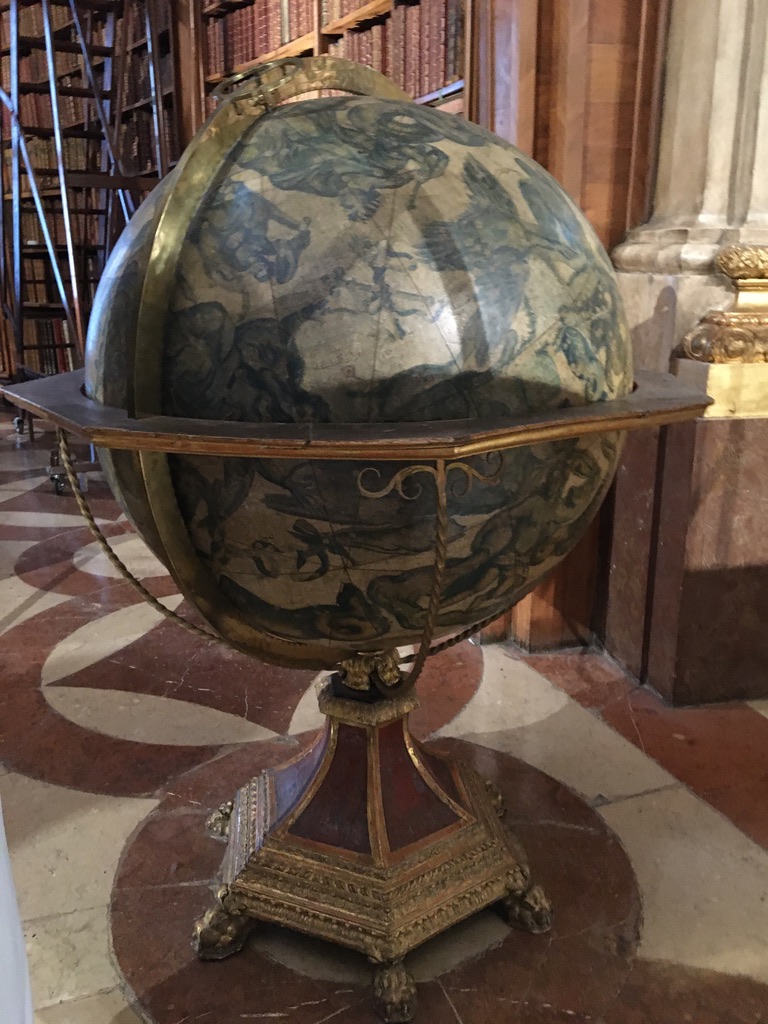 |
During a visit one can feel a mysterious atmosphere of an old library. During my visit temporary exhibition about Danube river was hosted there. Verdict–definitely worth a visit–not only for bookworms.
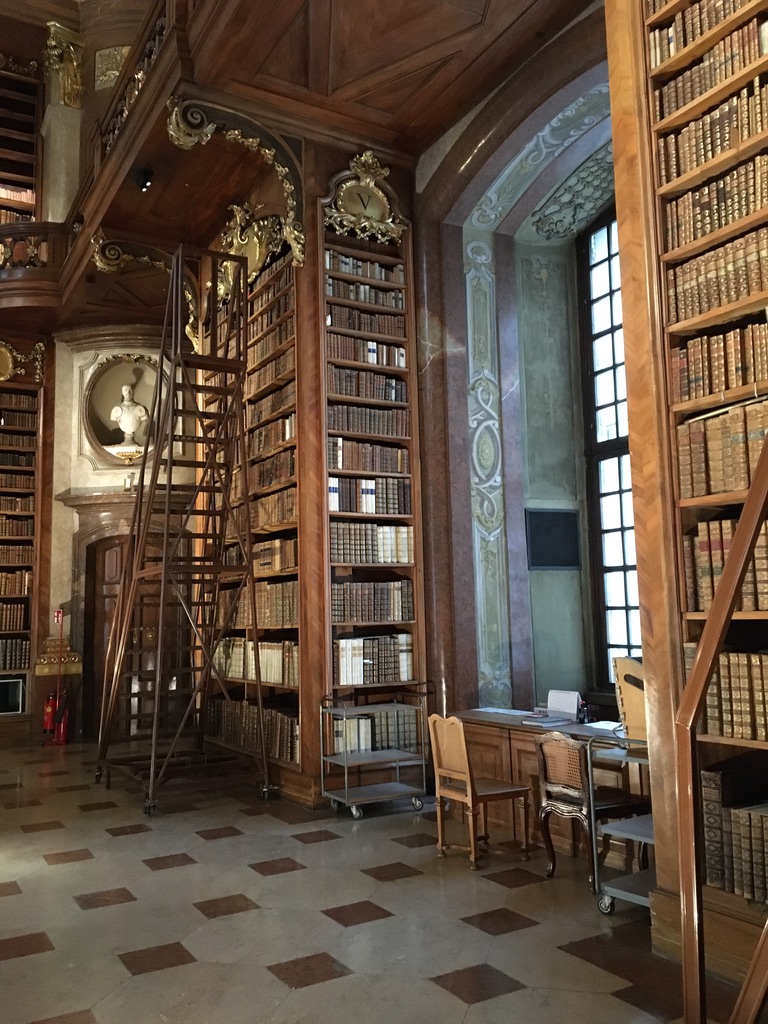 |
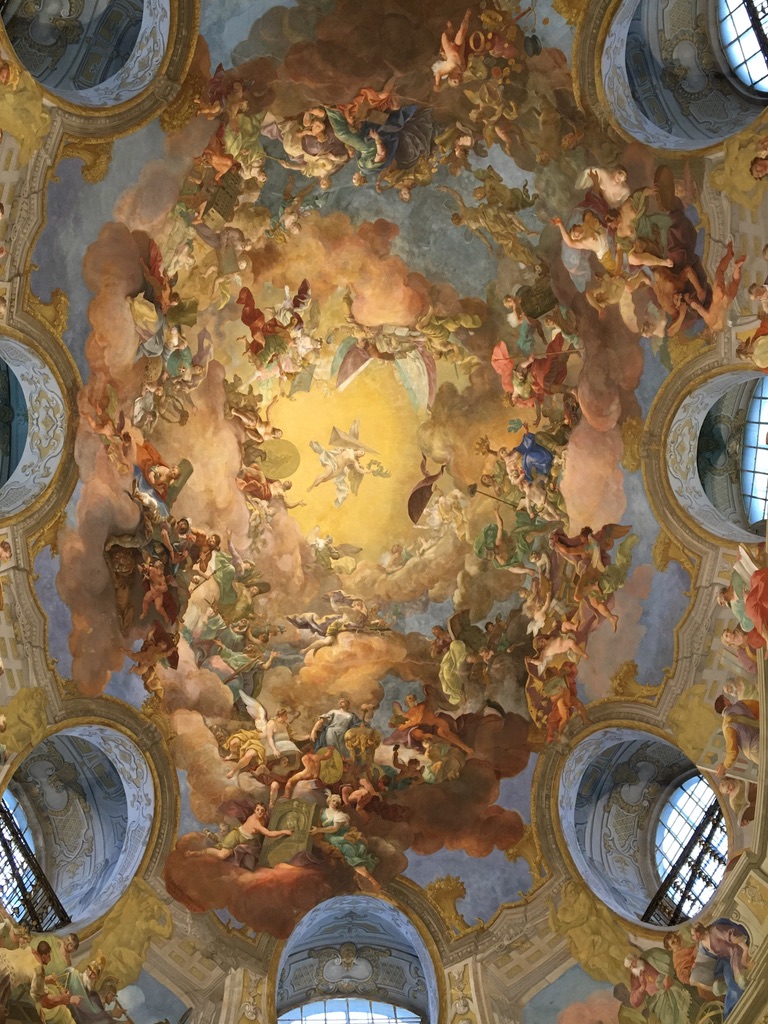 |
Day 2
- Schönbrunn Palace
On Sunday, I continued ‘the Sissi track’ and went to Schönbrunn Palace which was main summer residence of Habsburg rulers. This is one of the most important historical and architectural buildings in Austria. This is the place where emperor Franz Joseph was born, Mozart performed his music in the Mirror Hall, and Maria Theresa held conferences with her chancellors. Personally, I was the most amazed by the Millions Room covered with rosewood panels and many rare items from India and Persia.
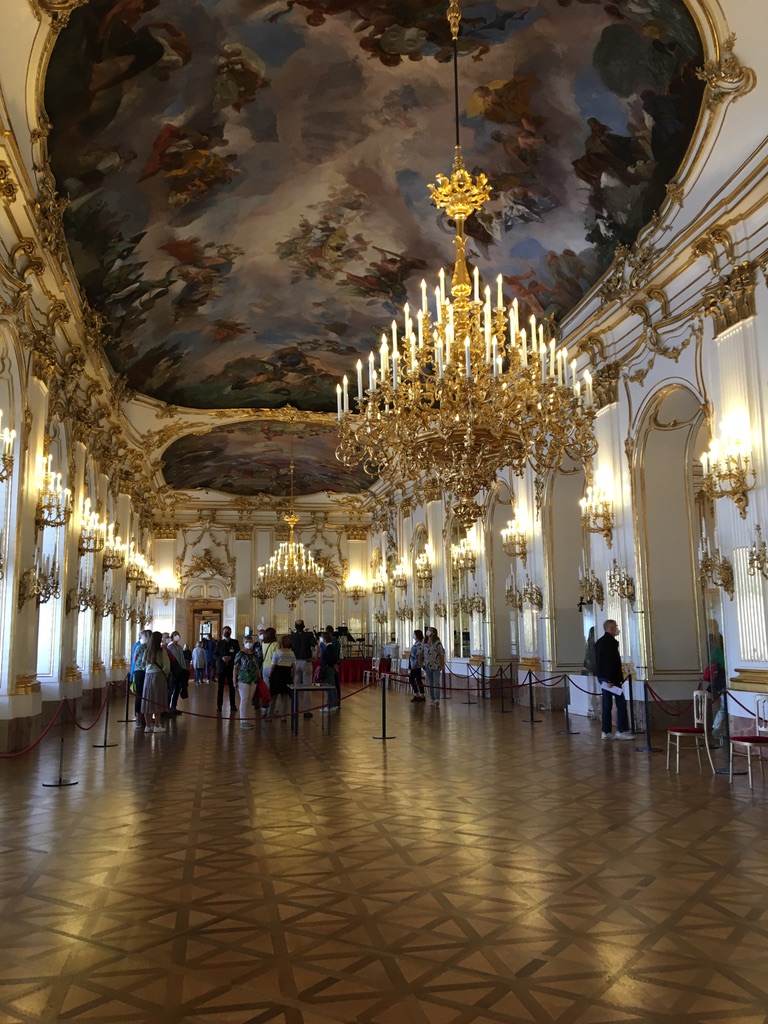 |
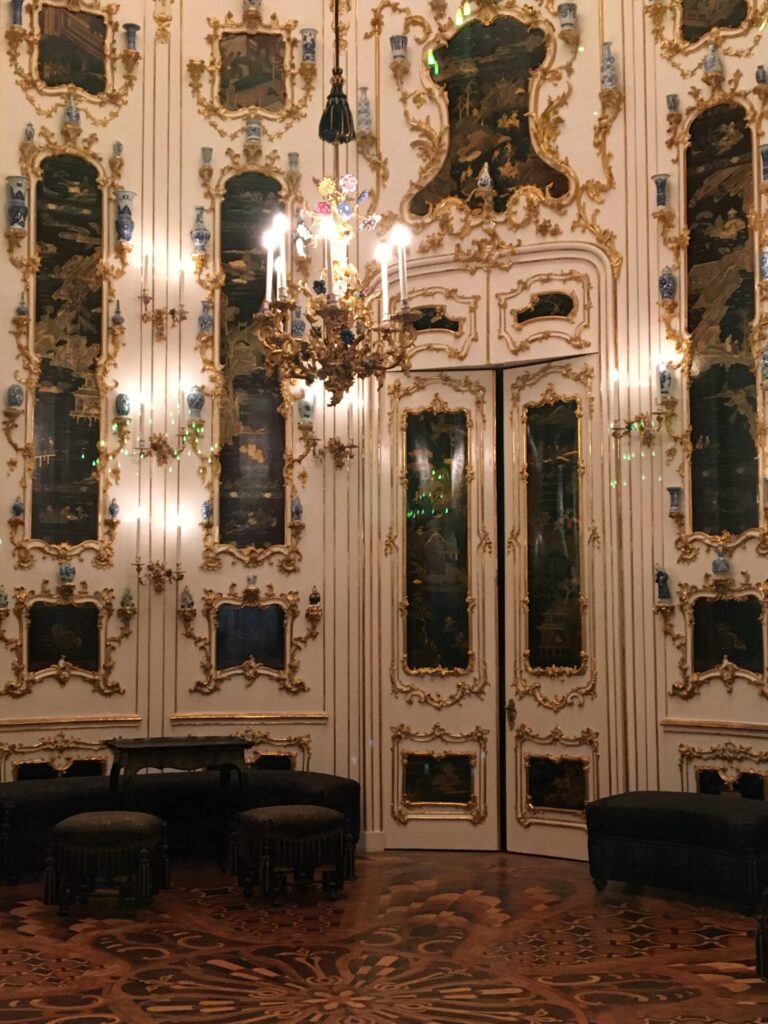 |
Overall, Schönbrunn is a great place to observe the diversity of activities, interests and aspirations of Habsburg rulers from different epochs. Despite of being on the “Sissi Deluxe track”, I got more interested in biography of Maria Theresa and her political influence all over Europe. Less known in a pop culture than Sissi, she was having an enormous power through skilfully arranged marriages of her children with other European rulers. She was also a mother of Marie Antoinette, the unfortunate queen of France and wife of king Luis XVI.
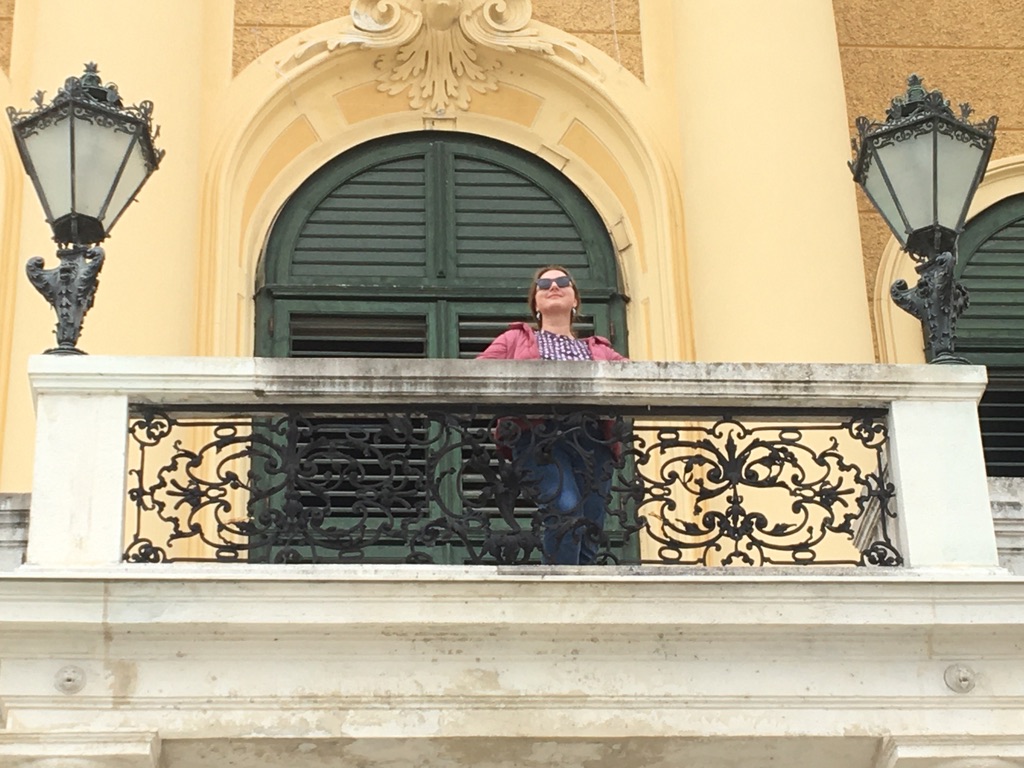 |
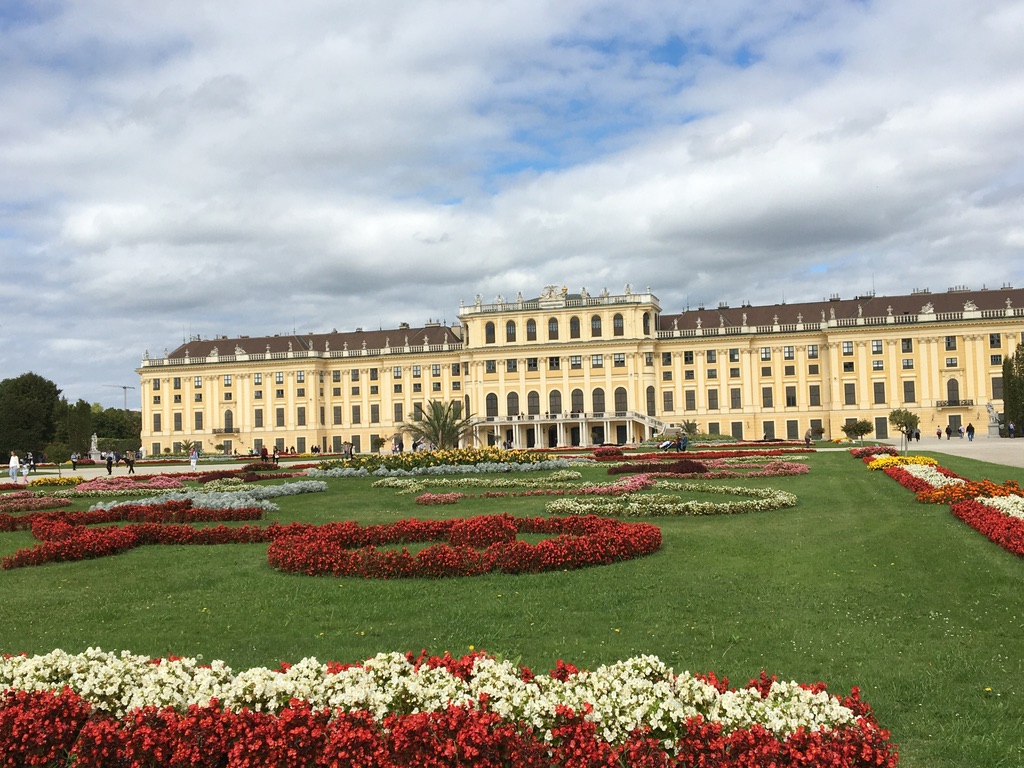 |
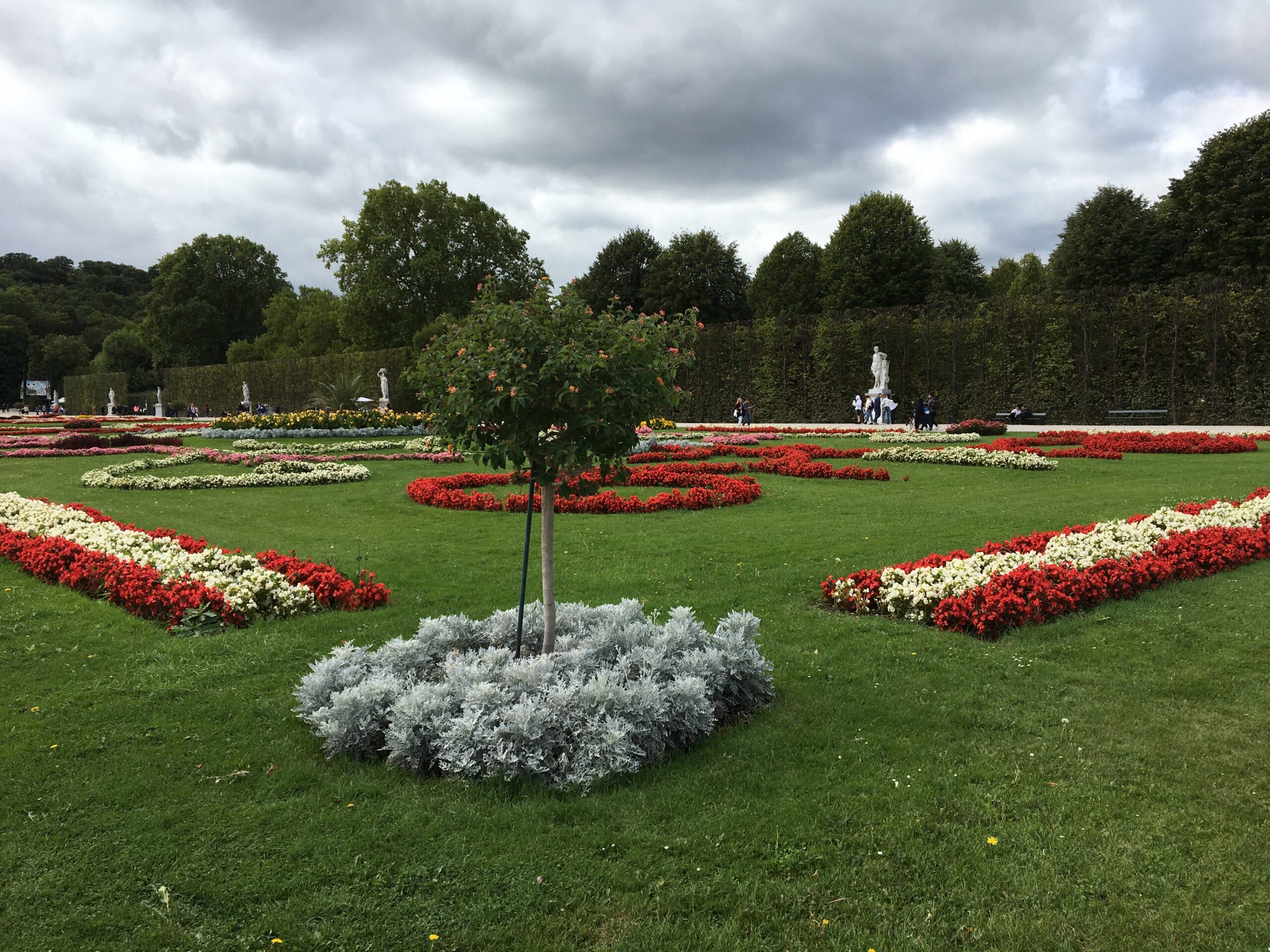 |
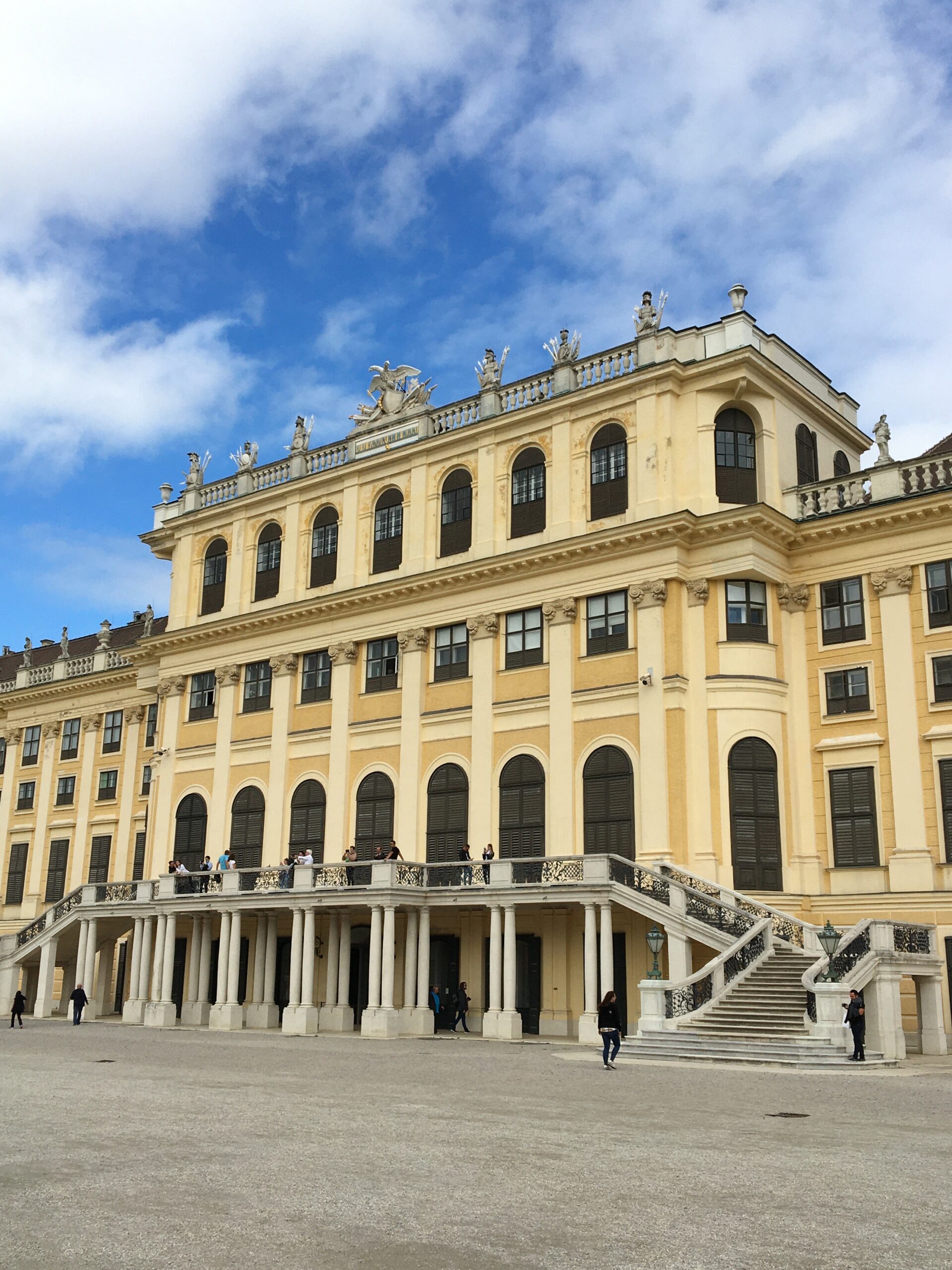 |
Even if Schönbrunn Palace is heavily advertised as Sissi Palace, she actually was rarely spending her time there, however one can admire her blue theme bedroom and listen about her dining habits during her short stays with her husband Franz Joseph (she loved oysters, he preferred Wiener schnitzel).
- Mozart House
The next stop was at Mozart Haus, located at Domgasse 5 and which is the only surviving apartment in Vienna which is known to be inhabited by Mozart. He was residing there with his family from 1784 to 1787 and he composed at that time (possibly in this apartment) his famous opera Le Nozze di Figaro.
This museum was, in my opinion, the weakest part of all places I visited. The ticket costs 12 euro, and all we get there are empty rooms and extensive descriptions of Mozart life recorded on the audioguide. There is no furniture, personal objects or instruments used by Mozart. Few items or scripts are only copies. I love music of Mozart but the flat can be seen from outside and his biography easily found in various books or in the internet. Huge disappointment and place to skip.
- St. Stephen’s Cathedral
When strolling around centre of Vienna, it’s difficult to miss the impressive St. Stephen’s Cathedral located it Stephansplatz. The cathedral is the most important religious place in Vienna and one of the symbols of the city. When taking a glance at the building, one observes the colourful roof tiles which create the Royal and Imperial double-headed eagle and the coat of arms of the city of Vienna.
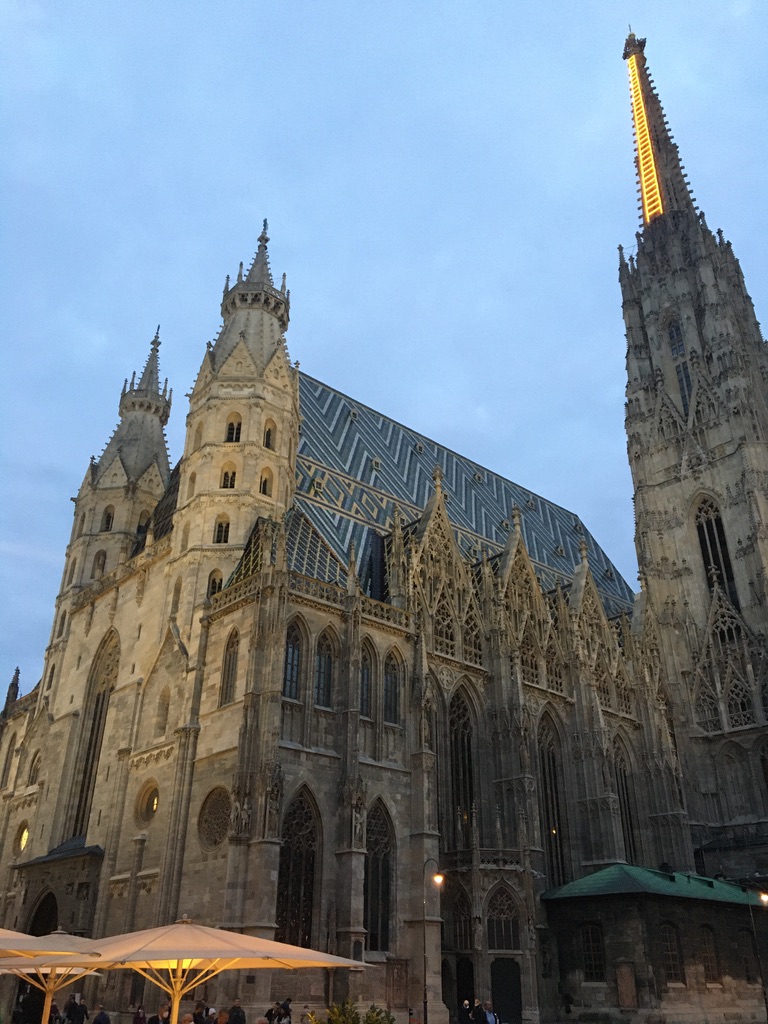 |
Many famous people are a part of history of the iconic cathedral. The royal weddings took place here (for instance Louis II of Hungary and Mary of Austria), weddings of musicians and composers (Joseph Haydn and Maria Anna Theresia, Wolfgang Amadeus Mozart and Constanze Weber), funerals (Antonio Vivaldi), funerals of members of the House of Habsburg (Franz Joseph I of Austria) and many other important and known historical figures.
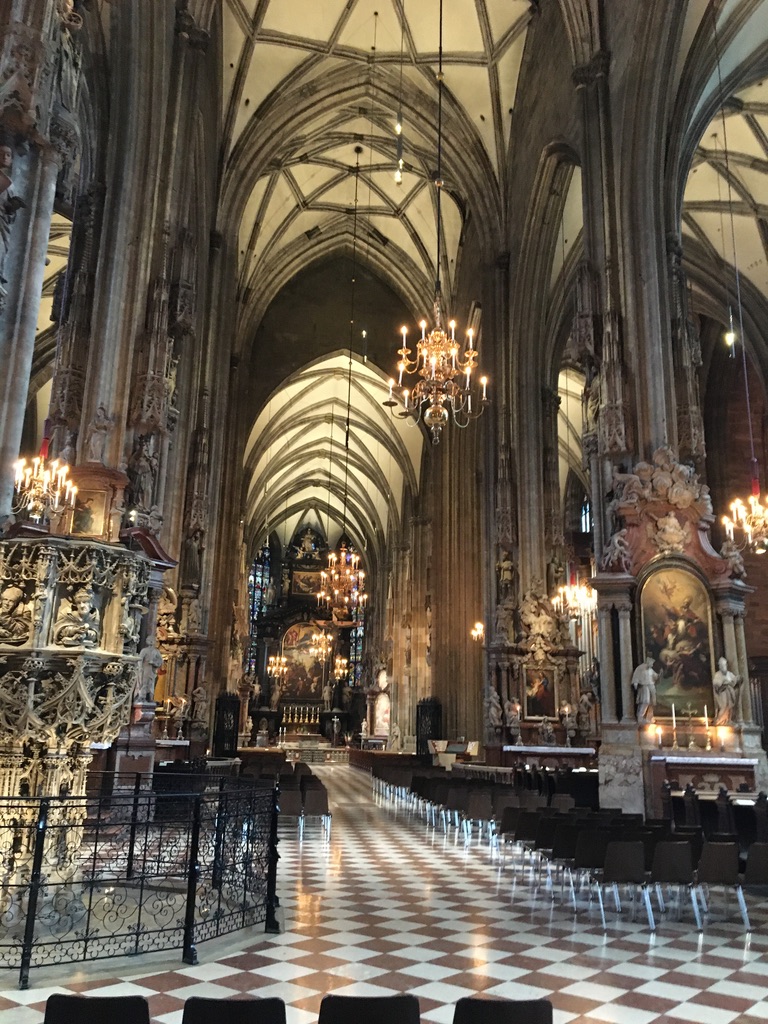 |
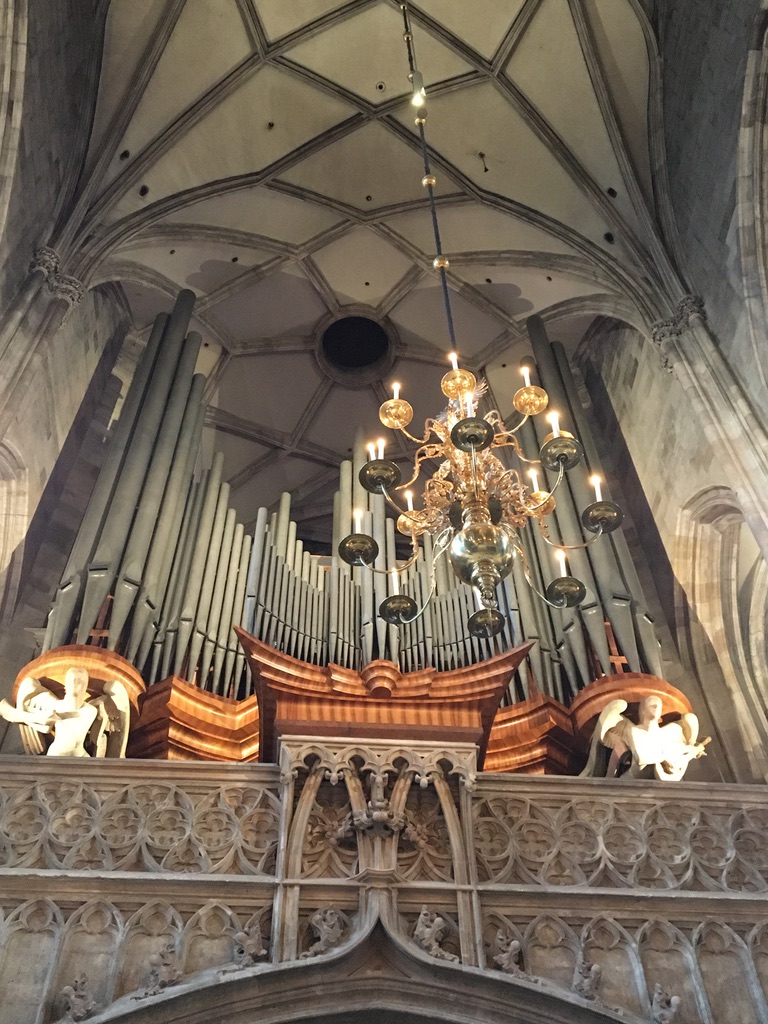 |
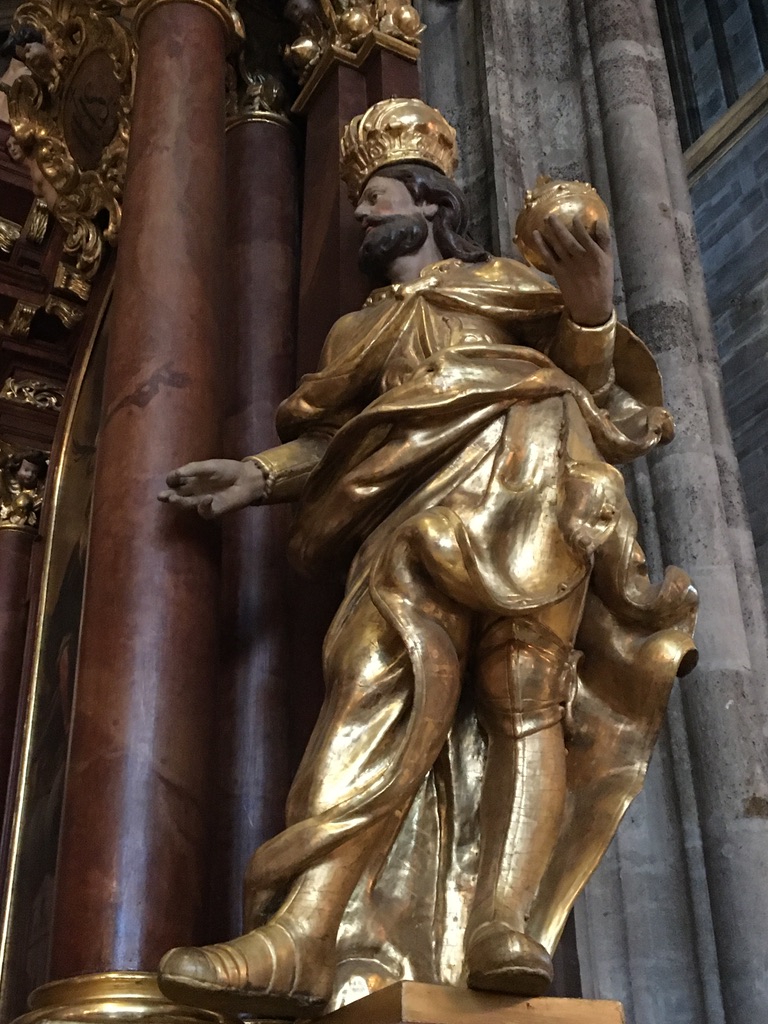 |
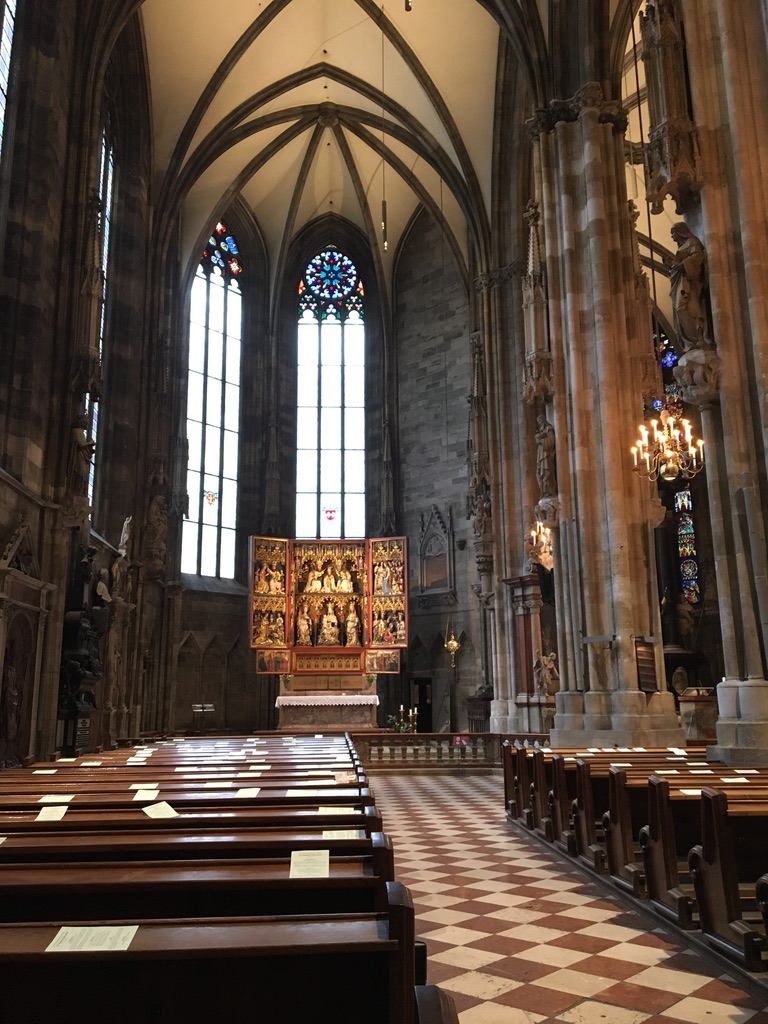 |
Currently, the church hosts concerts of classical music in the evening. I didn’t attend but I bet it lives up the expectations. After all, this is the place, where Mozart had been appointed an adjunct music director shortly before his death.
- Vienna State Opera
After long break due to Covid pandemic, I’m happy to restart the opera season! Vienna State Opera was long time on my wish list, especially that since childhood I was watching the New Year Concert broadcasted in the morning each 1st of January. Watching it with my family with a cup of coffee after bigger or smaller party became very nice family tradition.
Few practical information to visit the opera in Vienna. The program of the Opera can be consulted on their website (click here).
If you know when you will be in Vienna, you can book tickets well in advance.
In case you spontaneously decide to go for a performance or you have tighter budget, you can still get your last minute tickets for 10 euros. The seats are in the last rows, so they are not the best for the visibility but it’s still a good experience. Last minute tickets are sold exclusively in the Standing Places ticket office at the rear of the Opera. You need to arrive 90-60 minutes before the performance and stand in the queue to get your place. In September 2021, you had to fill the form or register yourself in the Covid tracking system- the form is handed in when in the queue. I recommend to arrive earlier if you want to attend a famous opera, tickets for less known pieces can be still bought 45 minutes before the performance.
When you are inside of the opera, stand a bit on the majestic marble staircase between the main entrance and the first floor. When on the staircase, look up to admire the painting »Fortuna, ihre Gaben streuend« (»Fortune, scattering her gifts«), designed by Franz Dobiaschofsky.
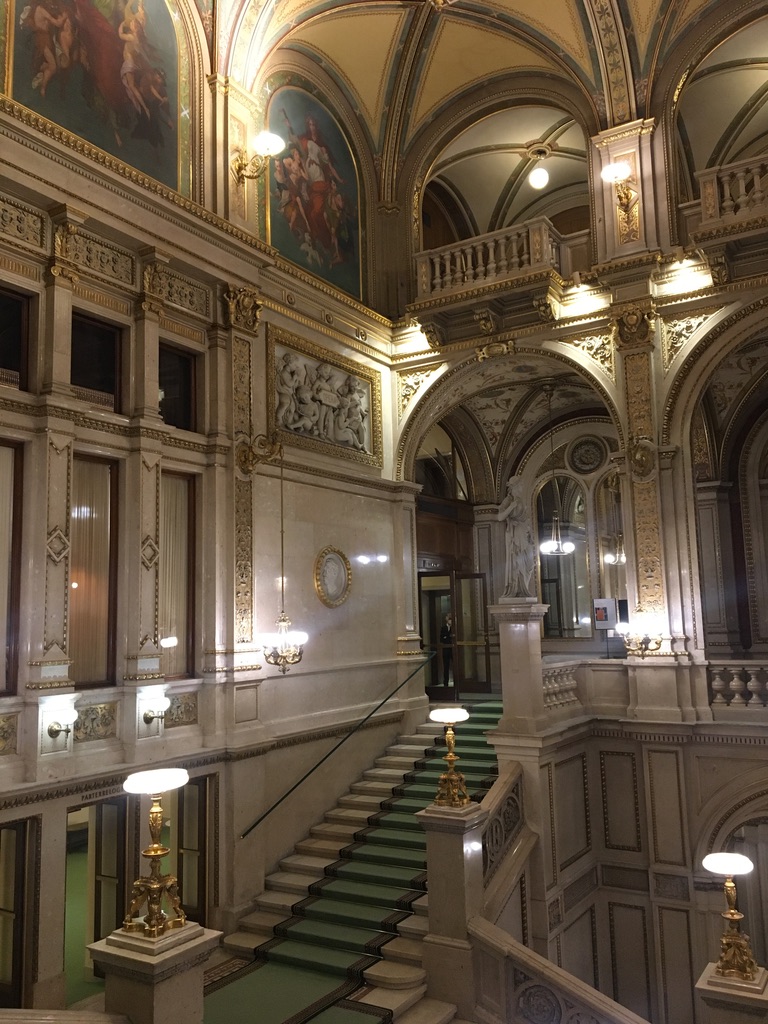 |
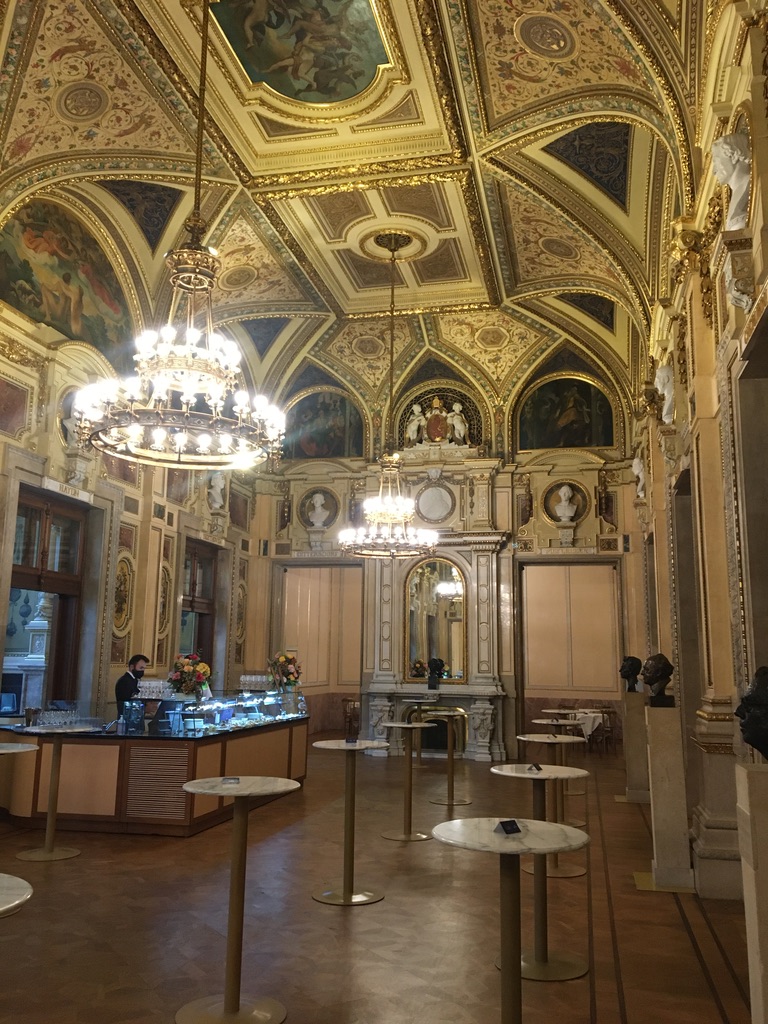 |
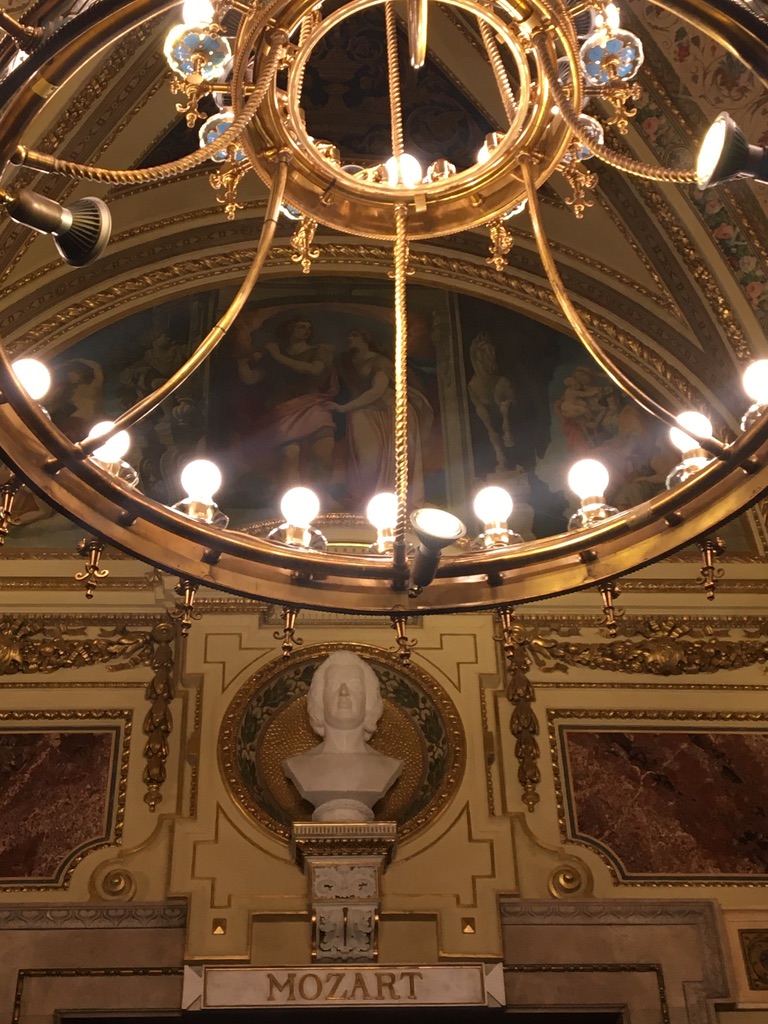 |
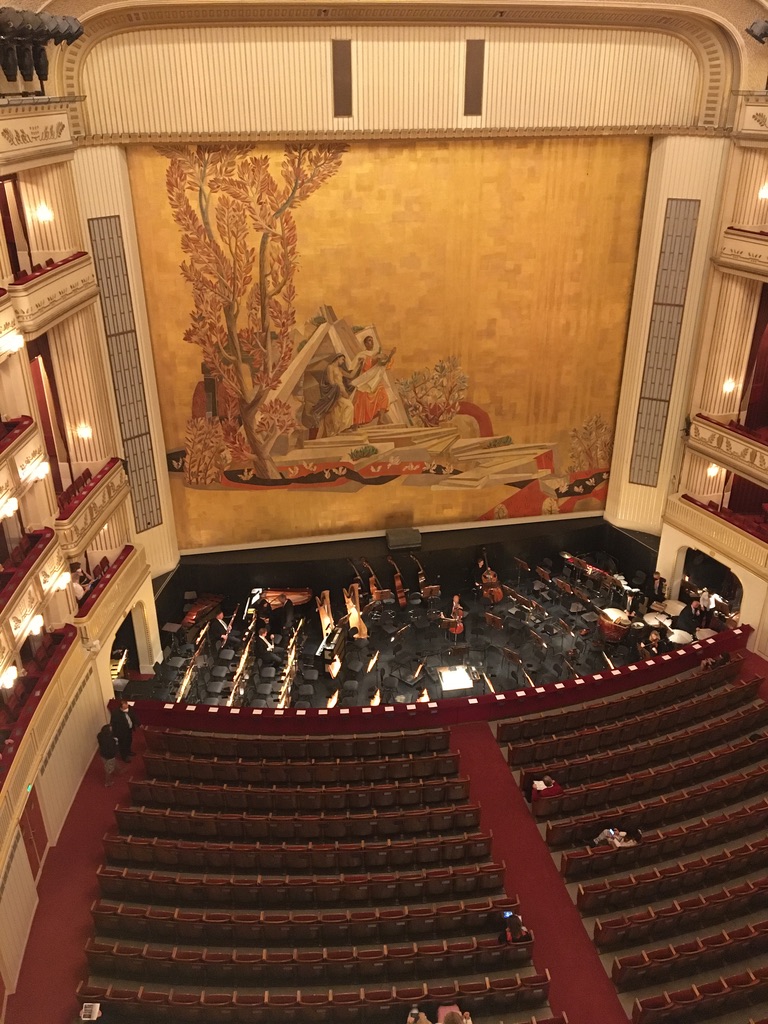 |
On the first floor have a stroll along the Schwind Foyer sipping glass of champagne. Before taking your seat, take a look at the auditorium (from parterre or upper galleries) and admire the magnificent central chandelier.
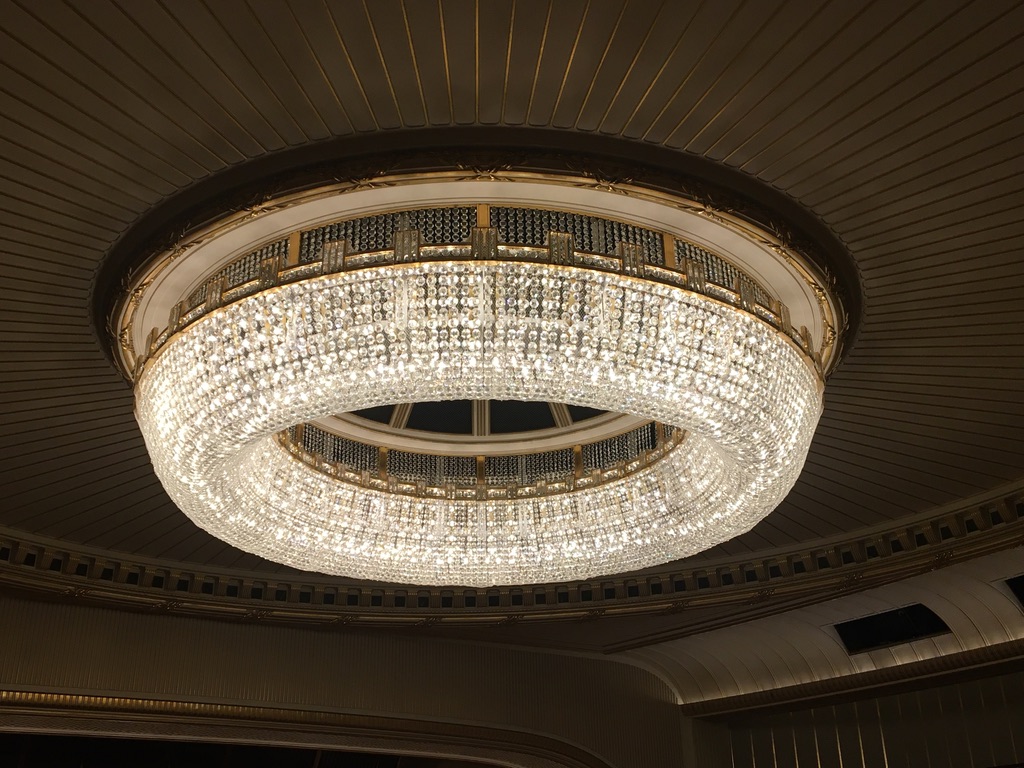 |
Day 3
Monday and Tuesday are a bit tricky with Vienna museums because some of them are closed during one of those days. This can be unwelcome news so I suggest to always check the opening hours before planning a trip to Vienna (and any city with a lot of cultural sites).
- Albertina
This restriction resulted in my Monday visit to Albertina museum. The building was once the residence of Habsburg archdukes and archduchesses. Today one can still admire the exquisitely decorated and furnished State Rooms (during my visit there was hosted some event so the access was limited).
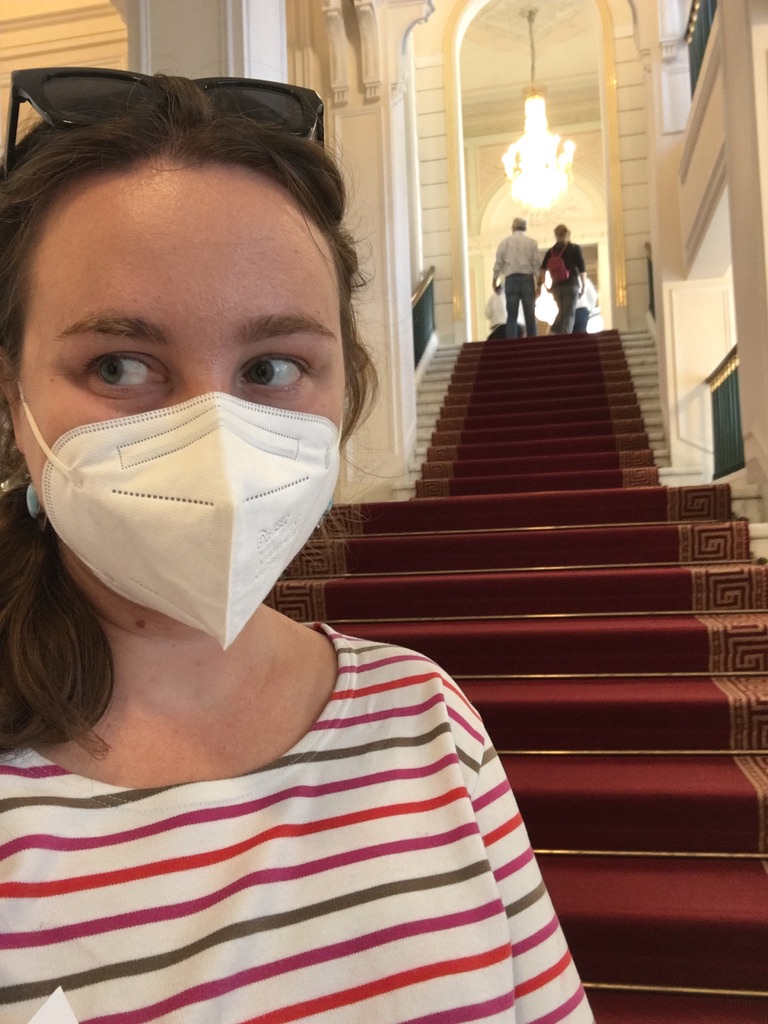 |
Huge part of Albertina regularly hosts temporary exhibitions. From 17.09.2021 to 9.01.2022 there is a huge Amadeo Modigliani exhibition. The artworks oscillate between the avant–garde and archaic art, shows some of his famous nude acts, and also gives an insight into his short and dramatic life.
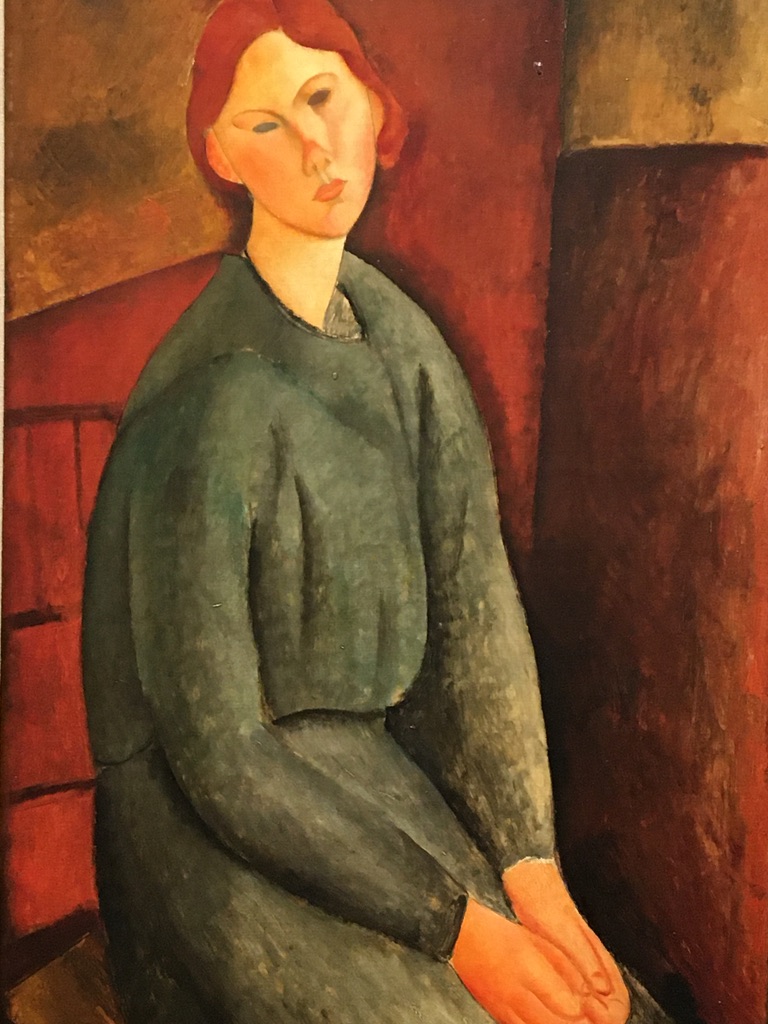 |
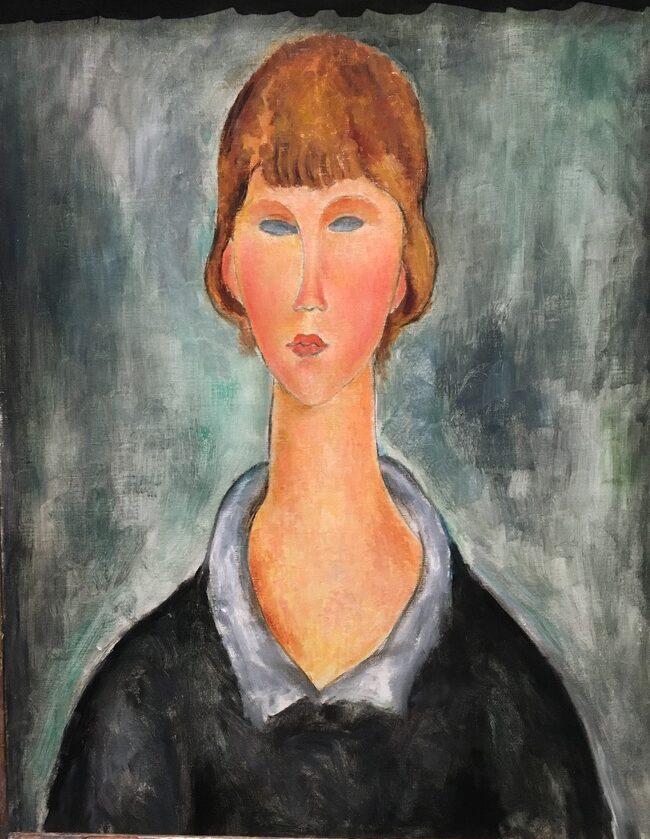 |
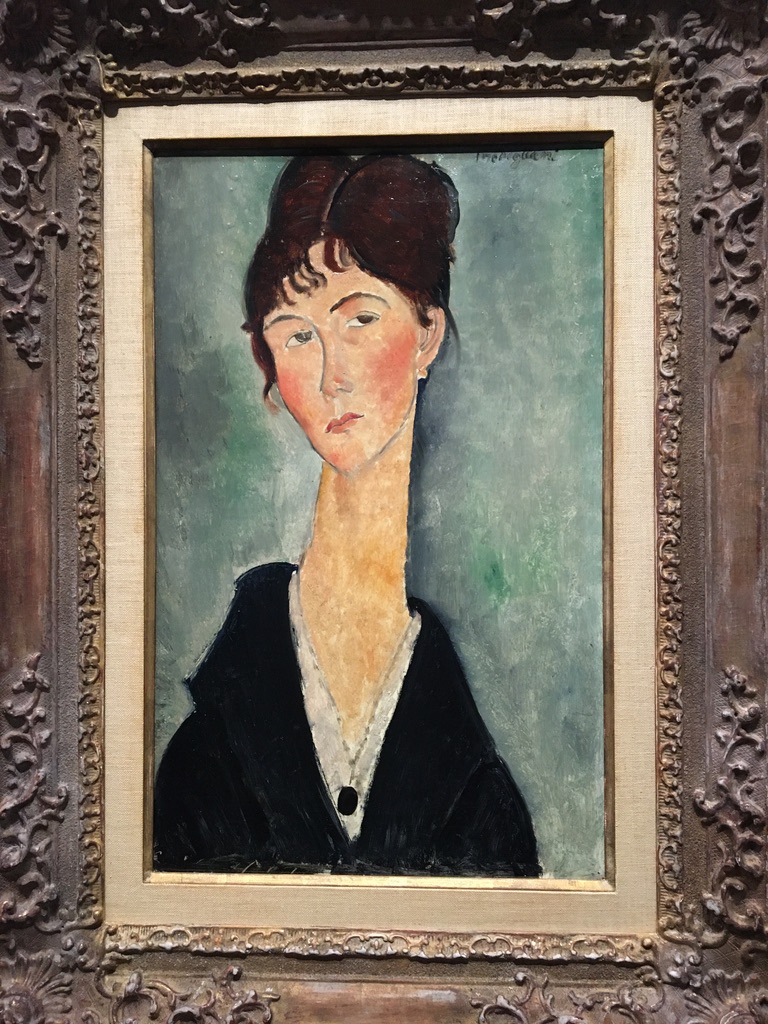 |
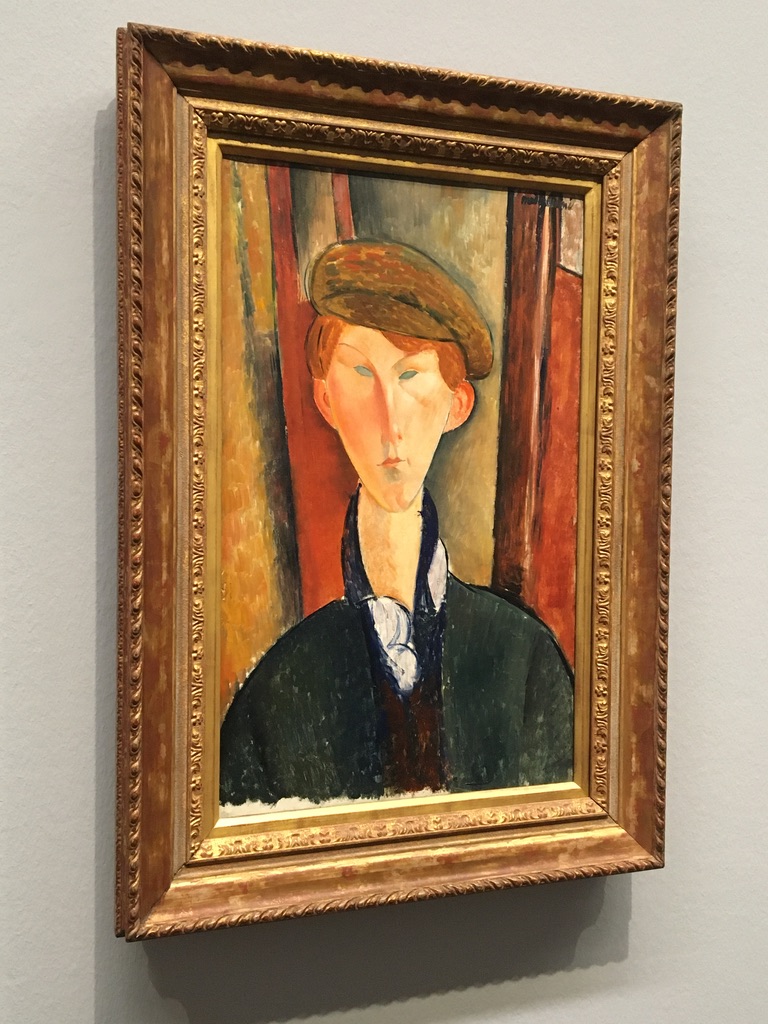 |
The second temporary exhibition during my visit was an American Photography. The photos captured the reality of life in American cities but also forgotten small towns, the enormous contrasts between rich and poor, the raise of excessive consumerism and other important trends and problems of 20th century.
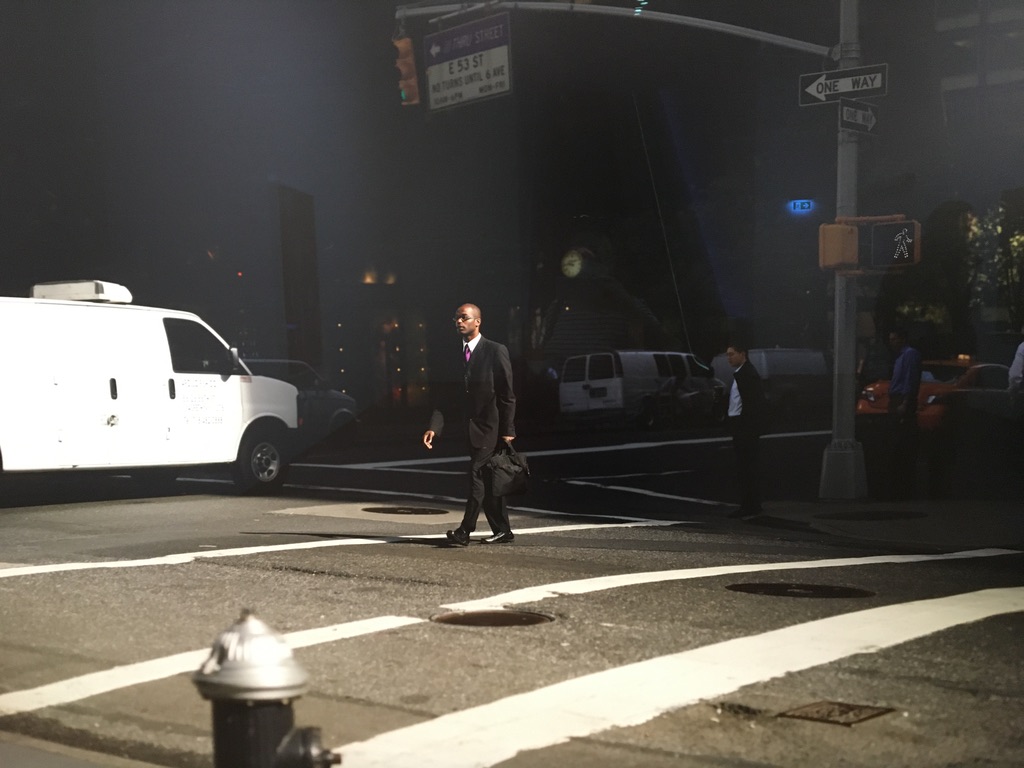 |
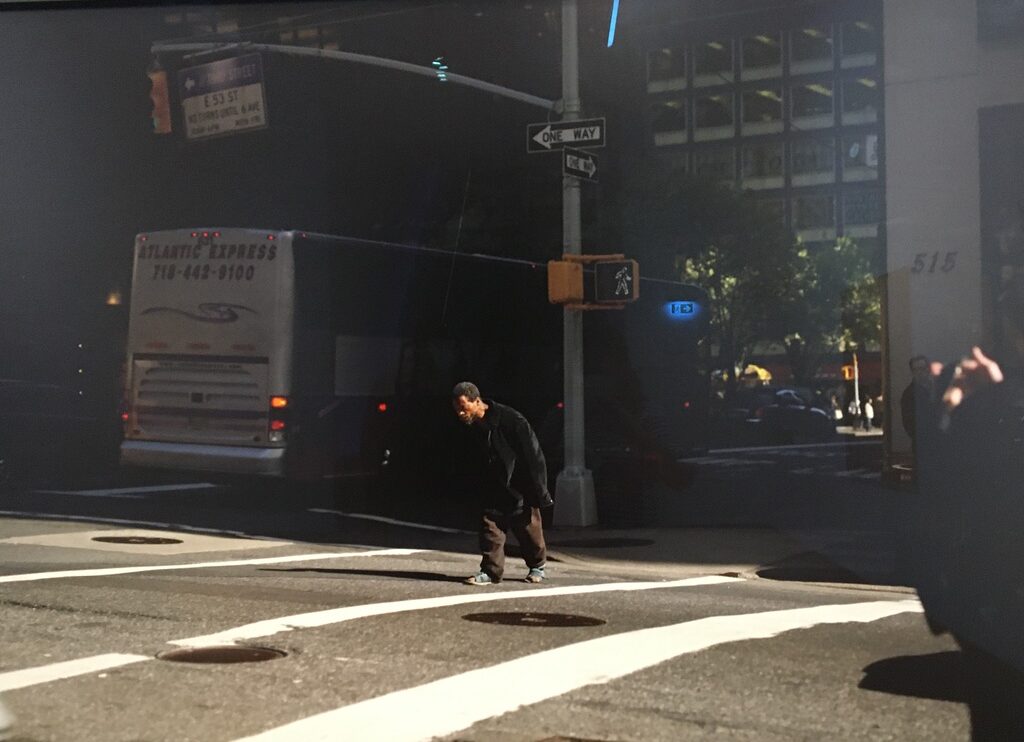 |
The last floor of Albertina presents a permanent exhibition with works of Monet, Picasso, Degas and many other renown artists.
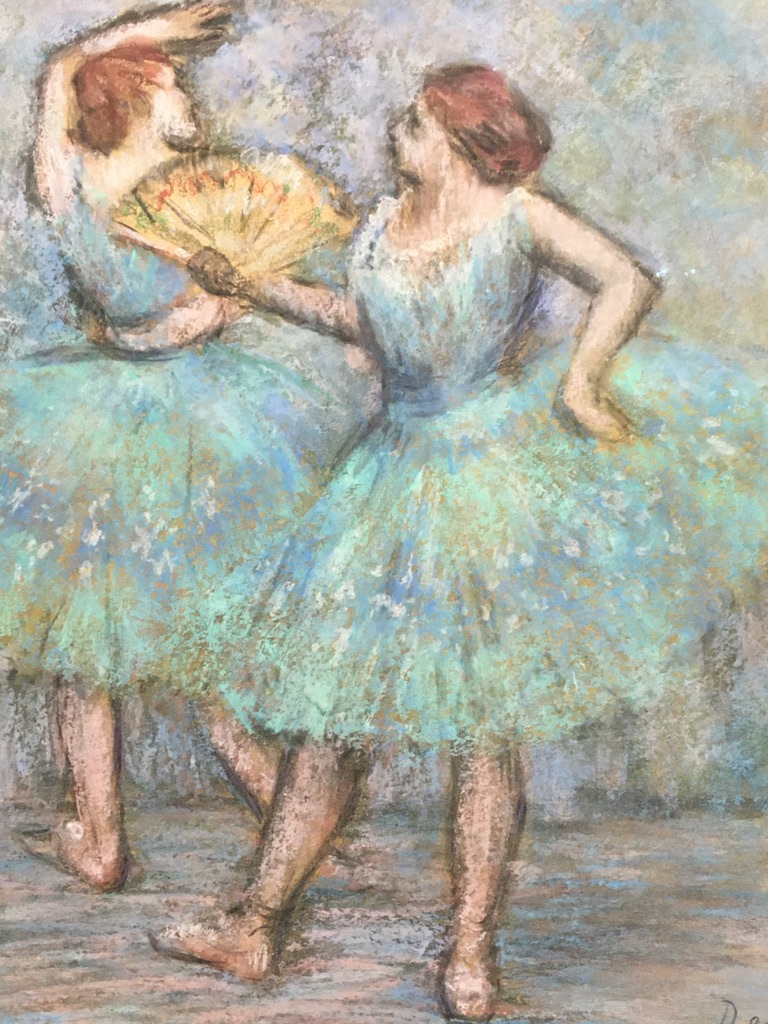 |
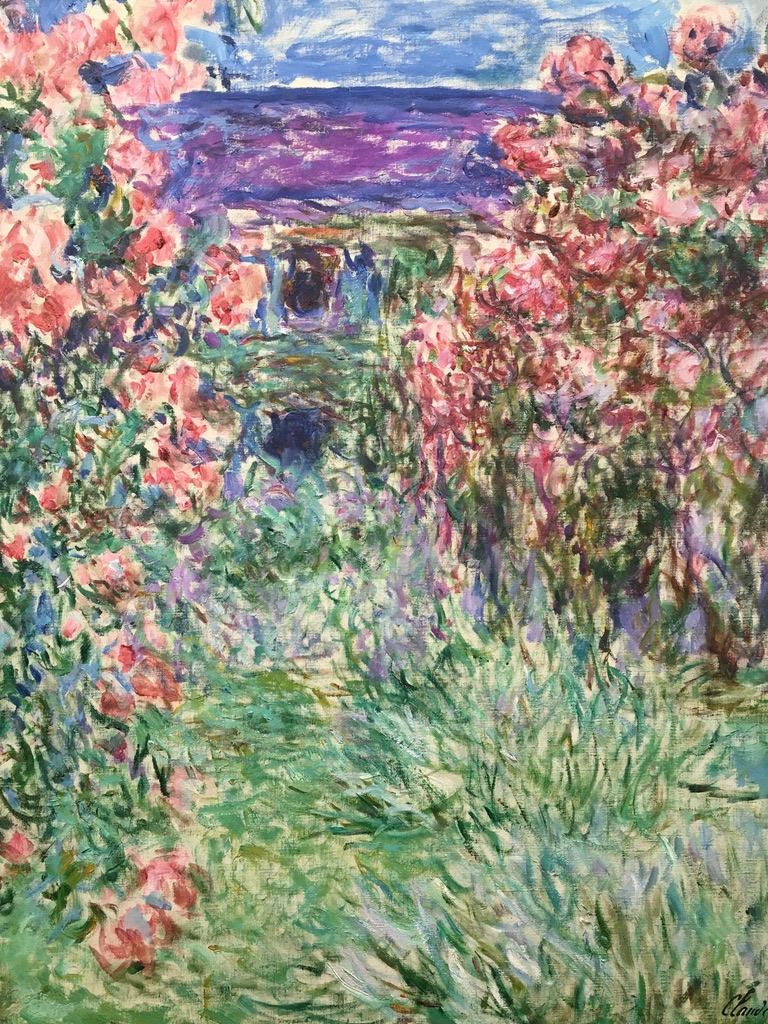 |
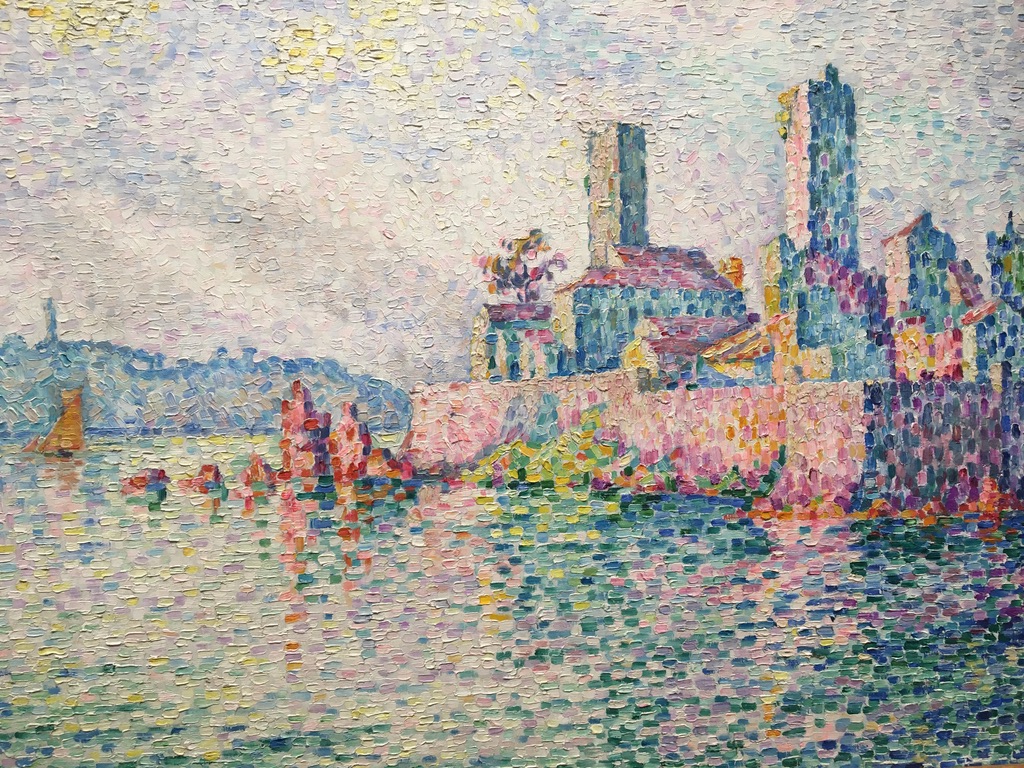 |
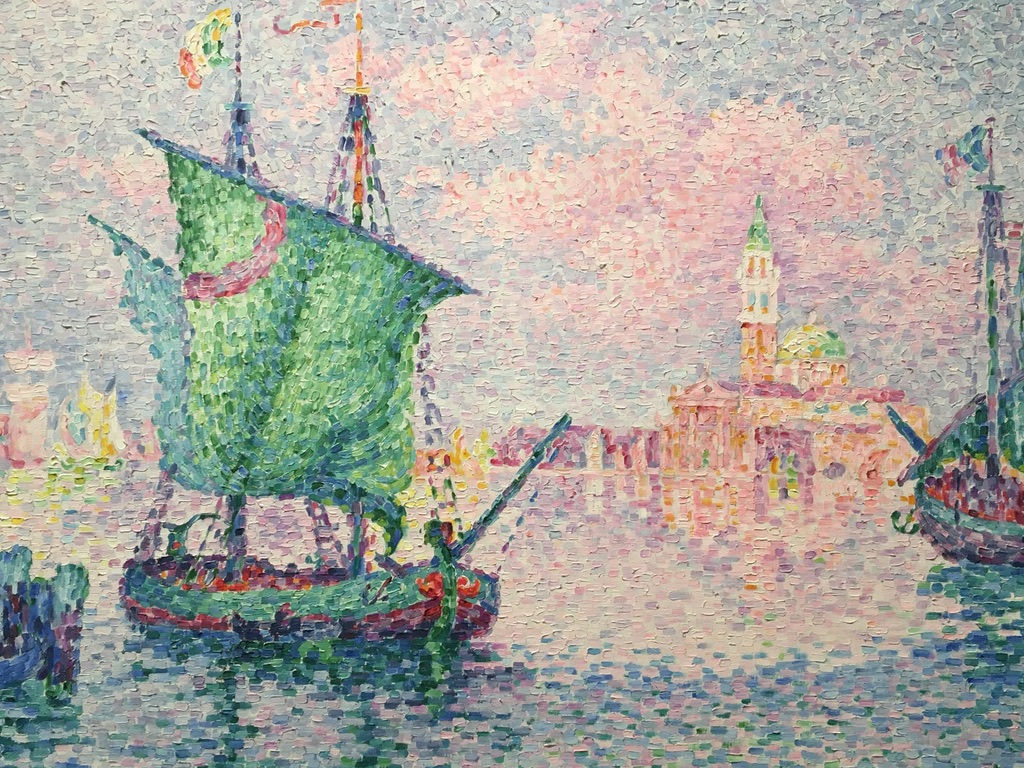 |
After imperial weekend the collections of Albertina are rather refreshing, the museum is relatively small but it took me around 5 hours to see and read all I wanted without too much rush.
- St. Peter’s Church
The afternoon was devoted to visiting churches. I decided to see St. Peter’s Church which is Vienna’s first church at the times when the city was Roman camp. Redecorated and remodelled, in current form it’s a magnificent example of baroque architecture. The church is dedicated to the Blessed Trinity and you can see this devotion when observing the fresco in the cupola and on the side altars paintings. At the back of the church you can find one of the most impressive baroque organs in all Austria.
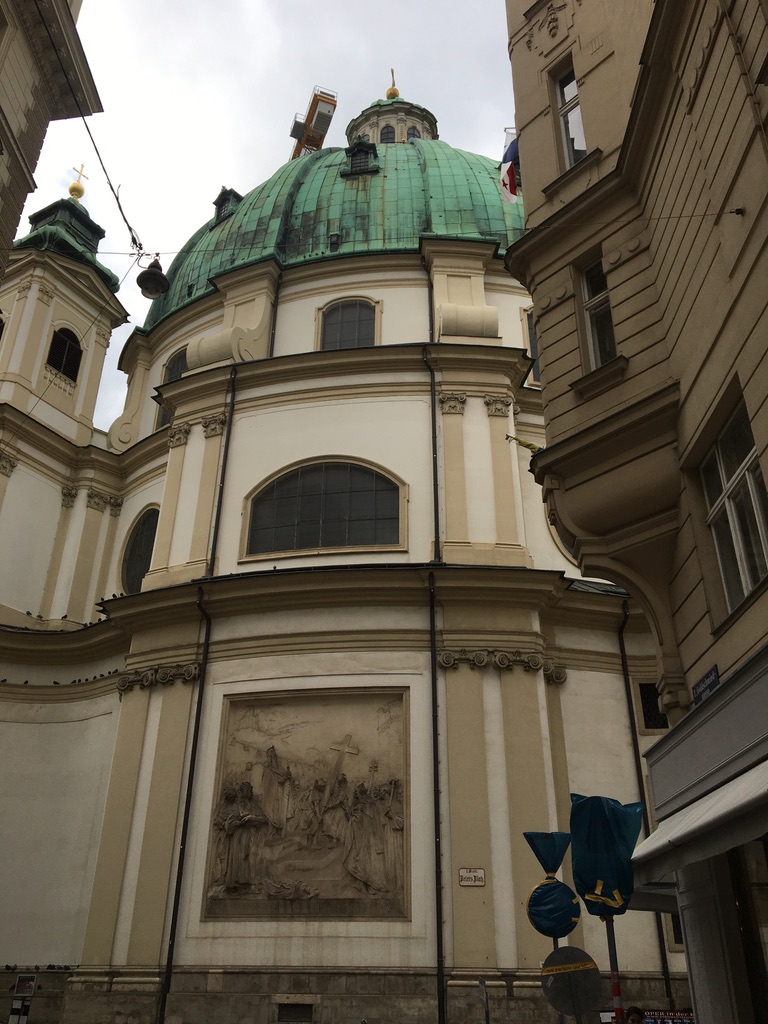 |
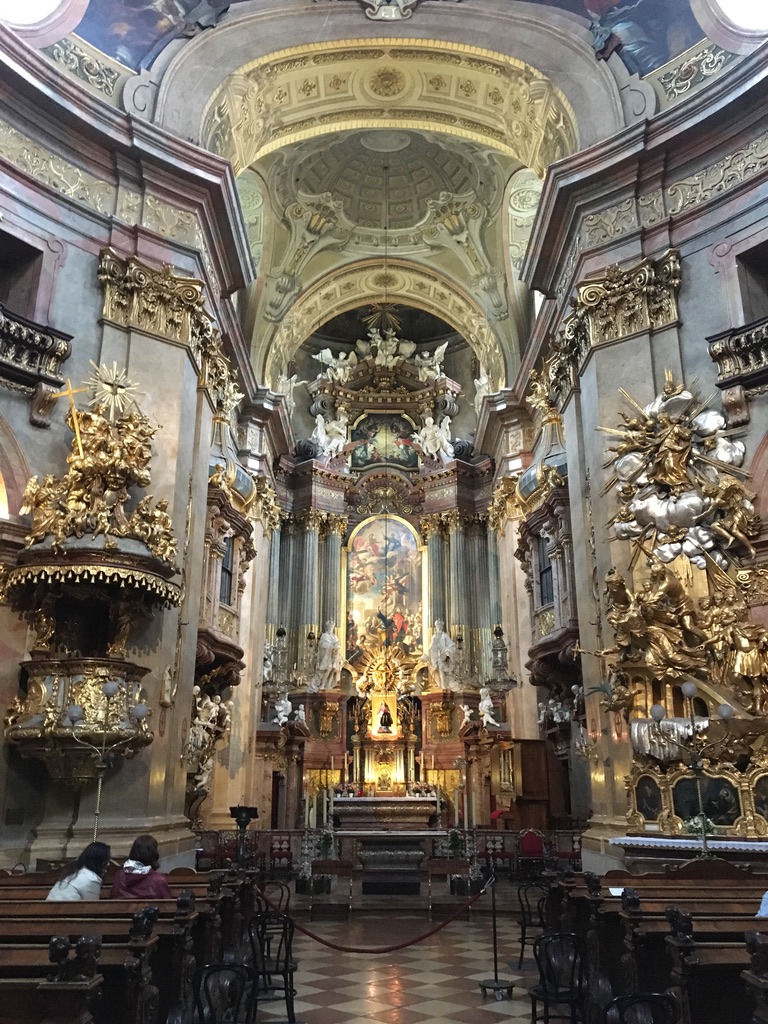 |
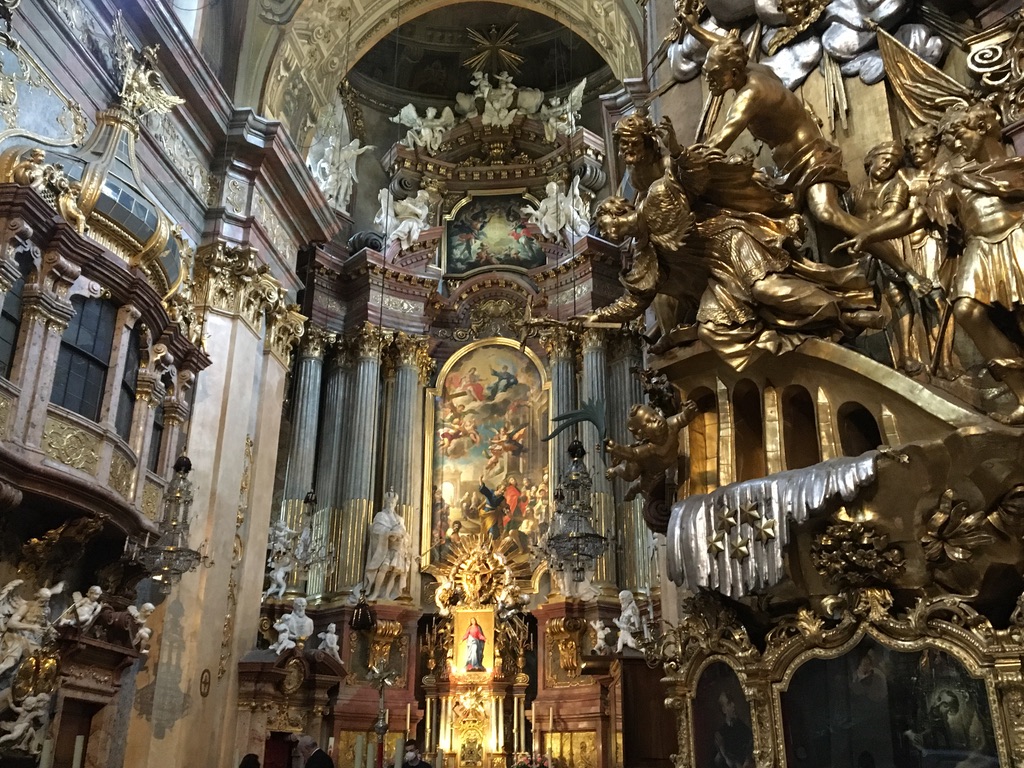 |
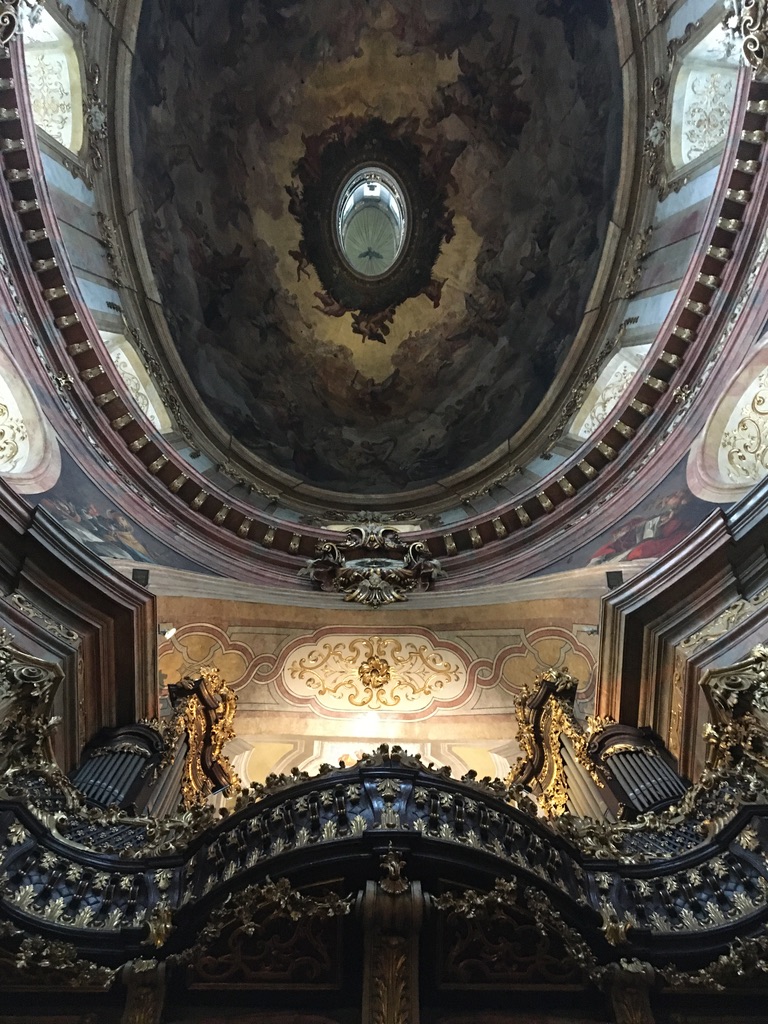 |
- St. Charles Church
The second church visited afternoon was St. Charles Church which became my favourite in the city. The exterior of the church is a unique combination of styles from various epochs and cultures: a Greco–Roman temple for a Portico, tower rooftops resembling Asian pagodas, a baroque dome, columns and towers reminiscent of Byzantine and Ottoman architecture.
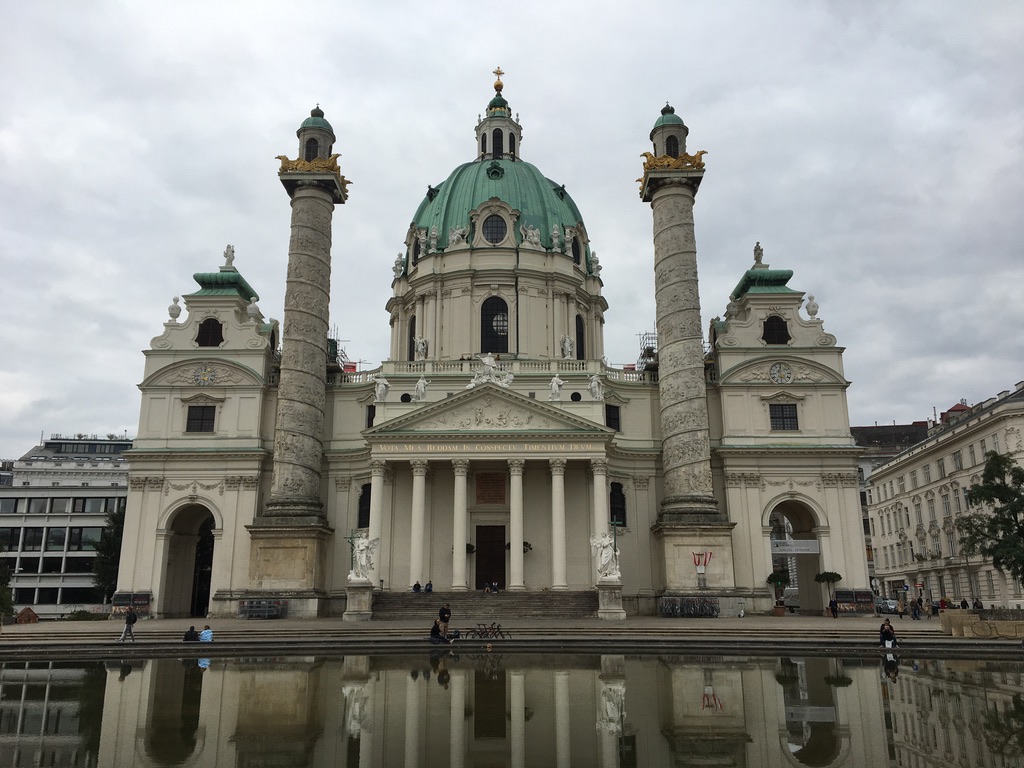 |
The church is named after St. Charles which is a patron of plague sufferers, the project followed a huge epidemic which was raging Vienna in 1713 killing more than 8000 persons. The interior amazes by a strong effect of light and architectural grouping, in particular the arch openings of the main axis. The atmosphere is very solemn and emanating with joy.
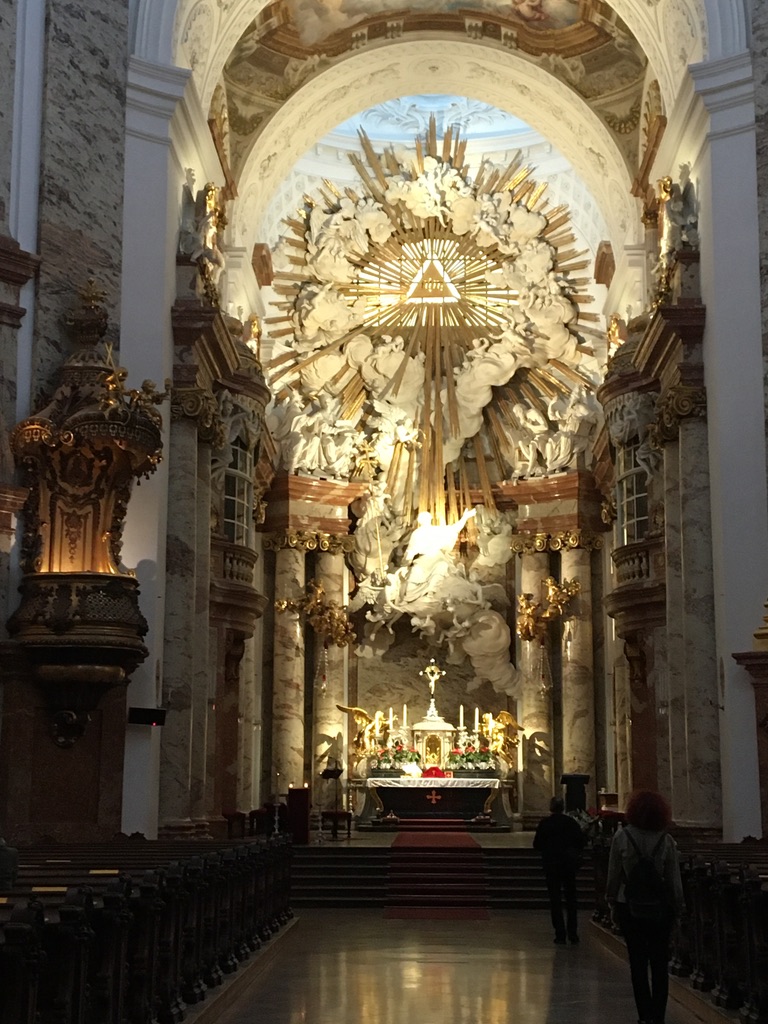 |
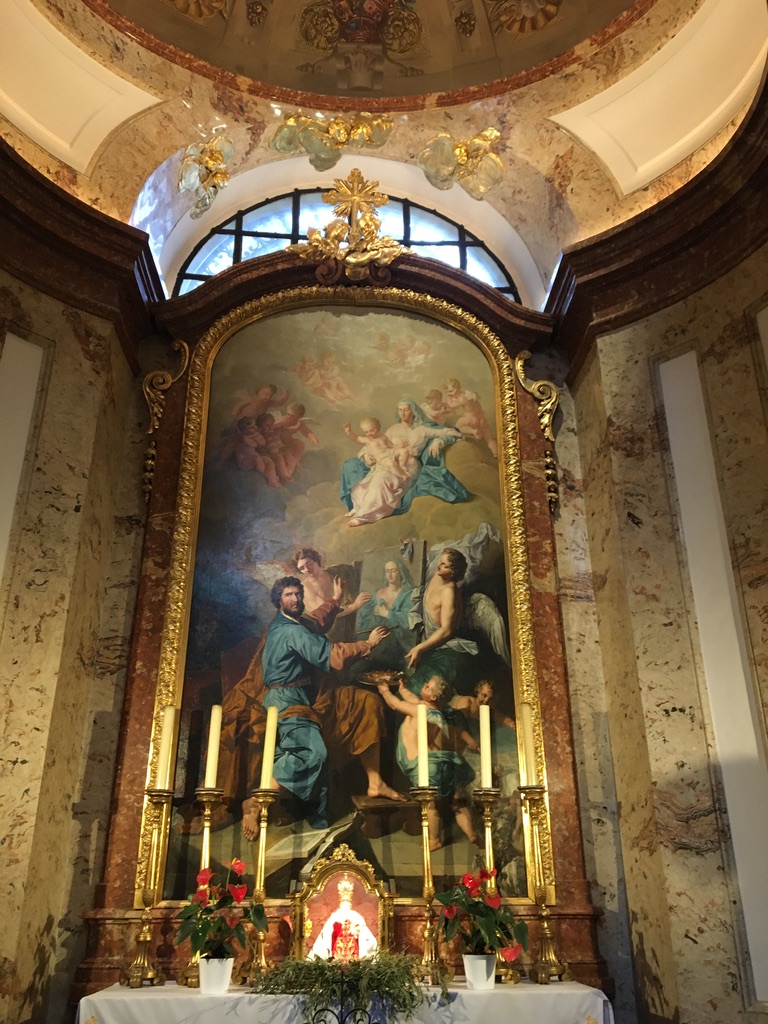 |
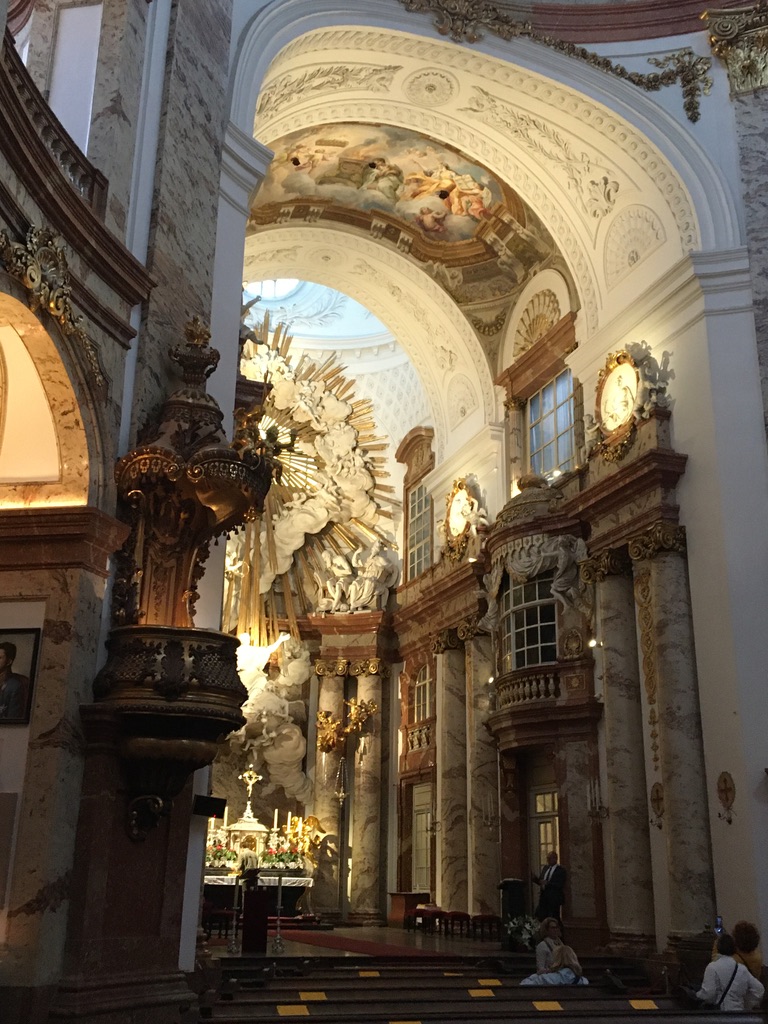 |
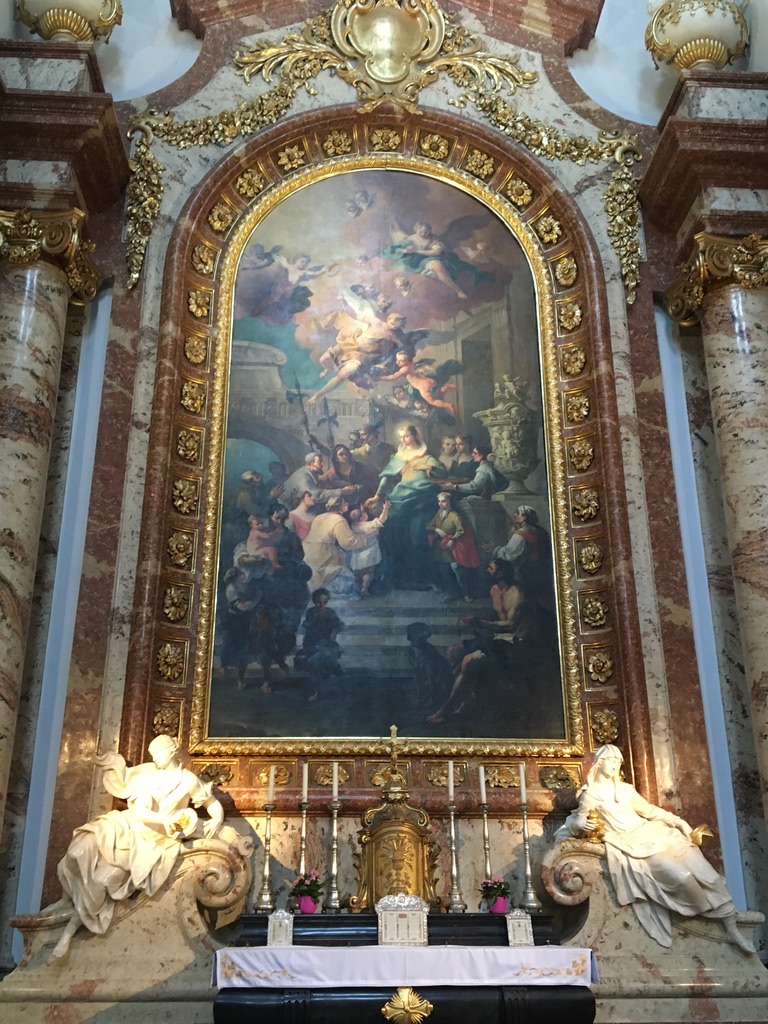 |
I am not sure if the elevator bringing up to the dome is a temporary installation due to renovations or a permanent addition, but during my visit it was possible to take it and observe the interior from above, almost touching the dome.
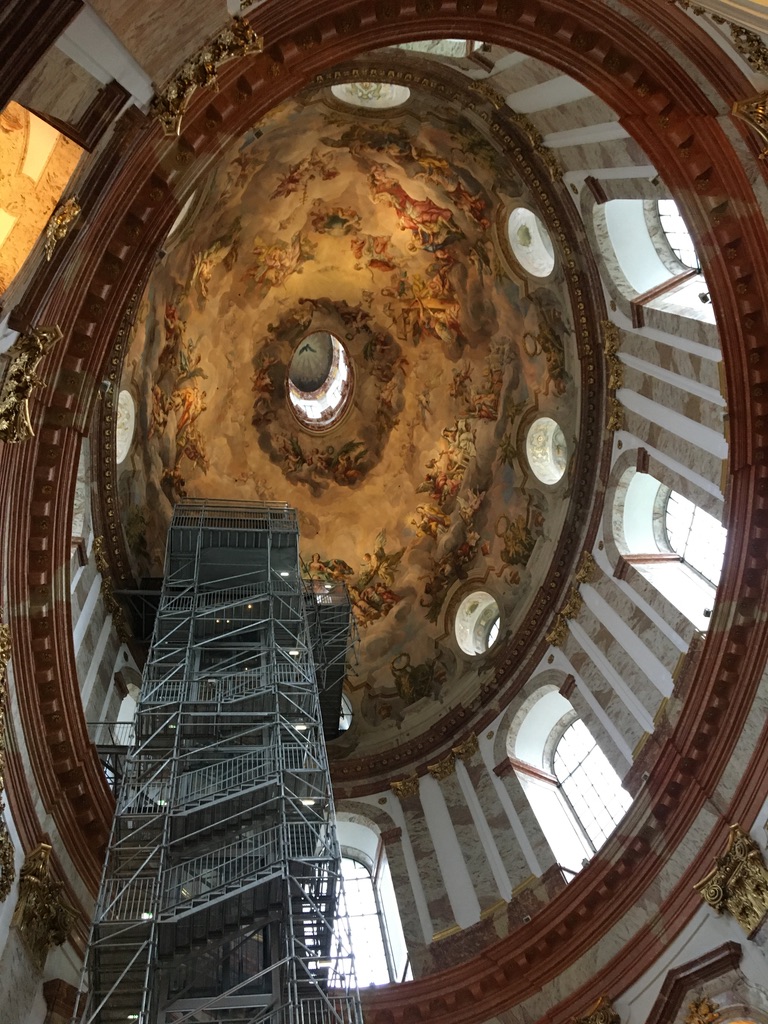 |
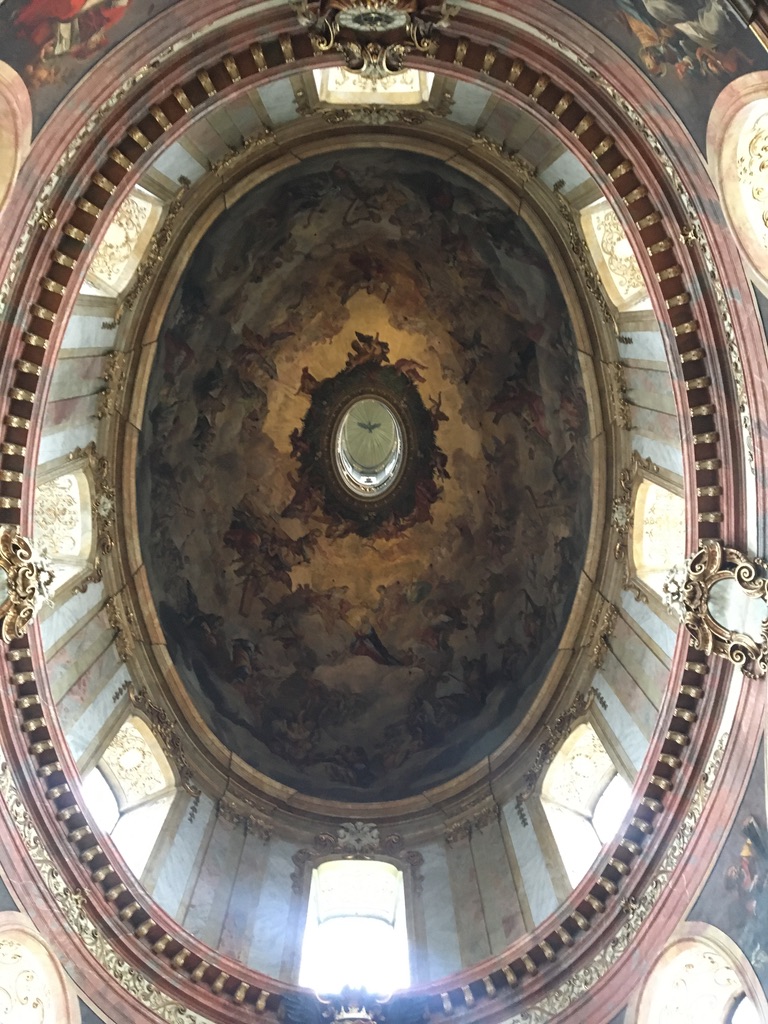 |
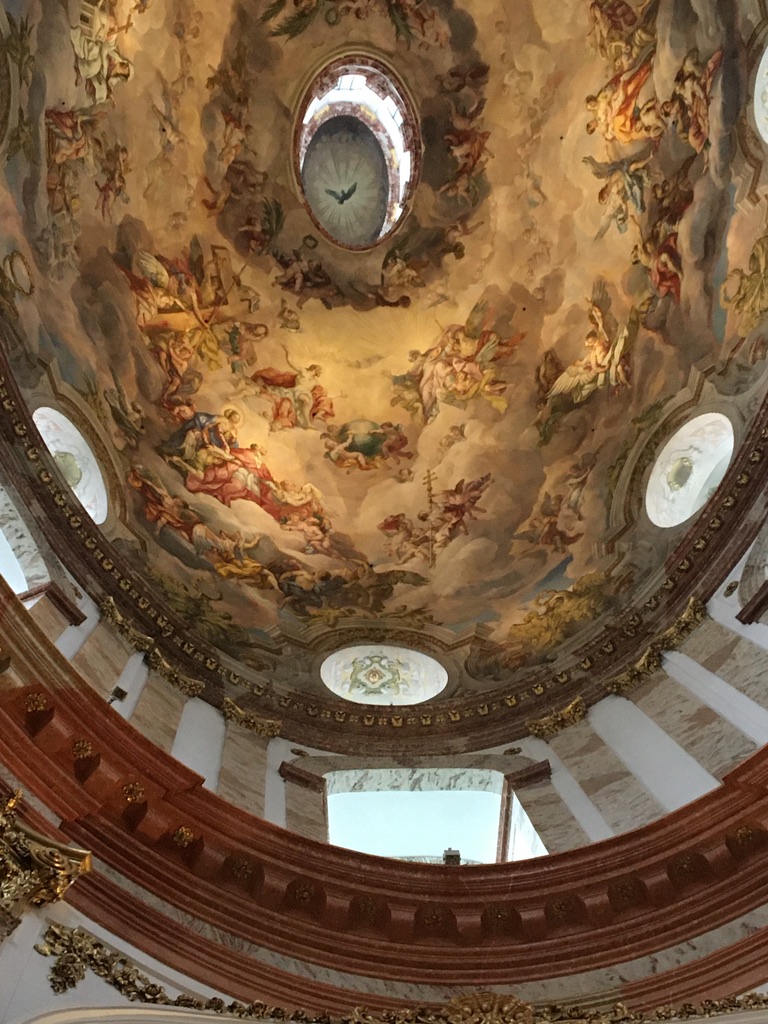 |
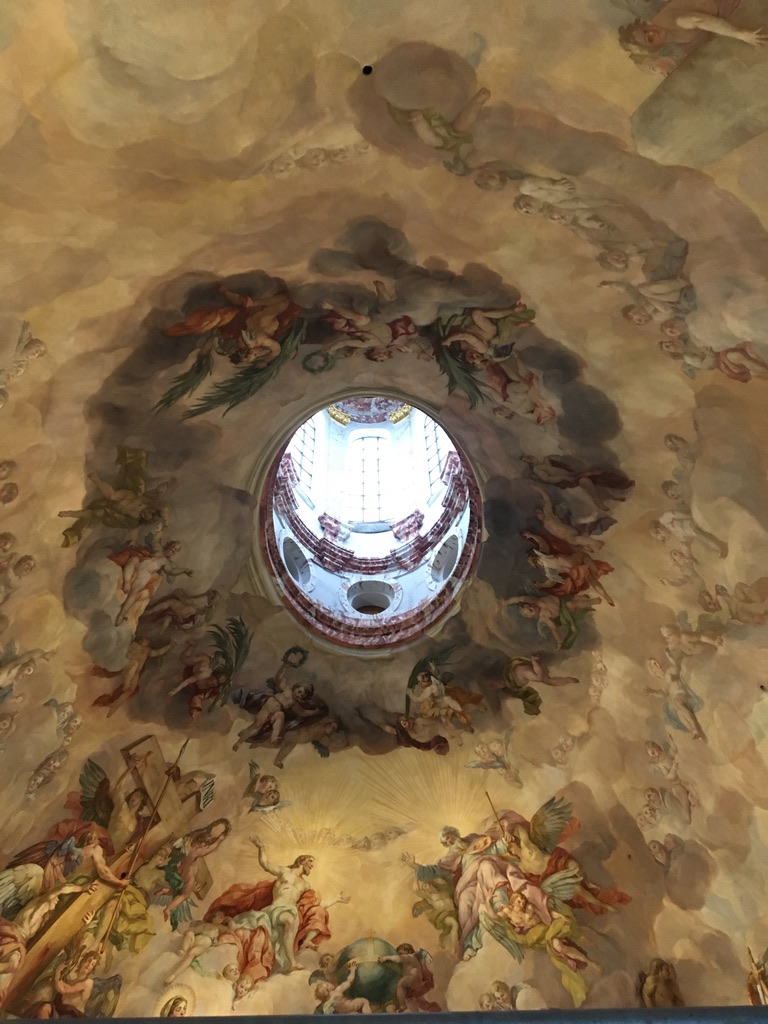 |
The impression is as if one can reach heaven, being so close to famous frescoes.
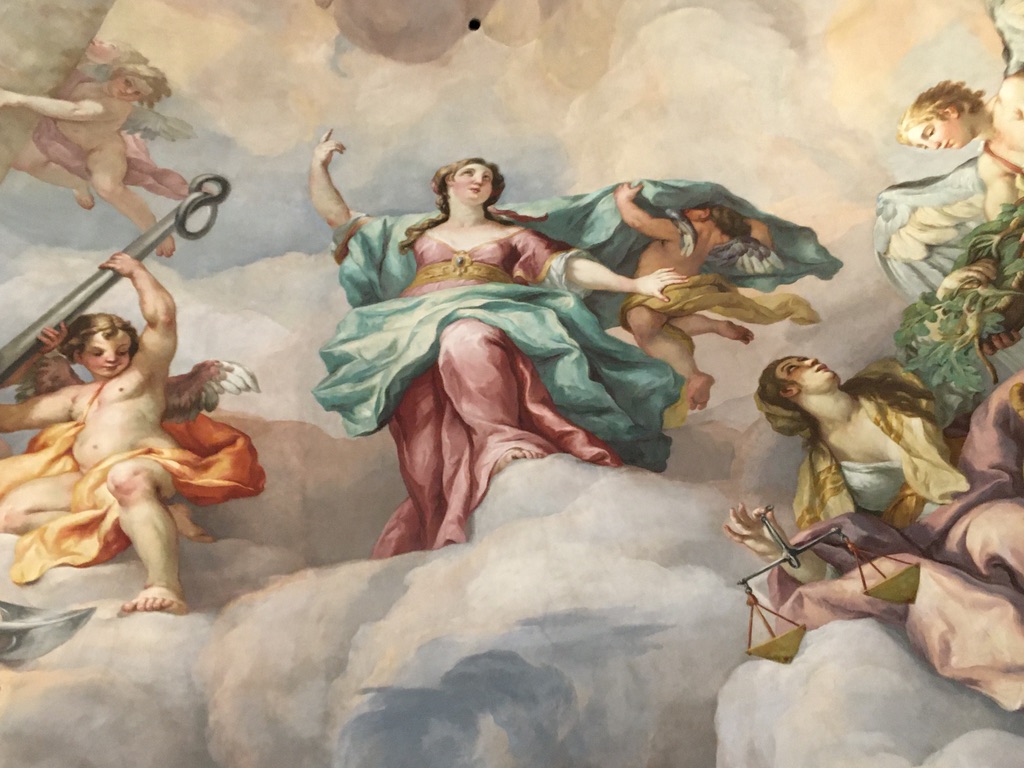 |
Day 4
- Kunsthistorische Museum
In the last day of my visit to Vienna I went to Kunsthistorische Museum. The museum has vast collections including Treasury Collection, Egyptian and Middle East Collection, Greek and Roman Atiquities as well as painting galleries- Northern European and Western European art. On the last floor a Coin Exhibition is hosted. If you don’t have all day to spend in the museum (like me), it’s better to identify the most interesting parts (which can of course differ from my choice) and start from there. My visit included the Treasury Collection (Kunstkammer Vienna) where one can find the fine goldsmith work, precious vessels, sculptures, automatons, clocks, etc. Many of Habsburg rulers were passionate art connoisseurs and gathered a cosmos of beauty and art objects one of a kind.
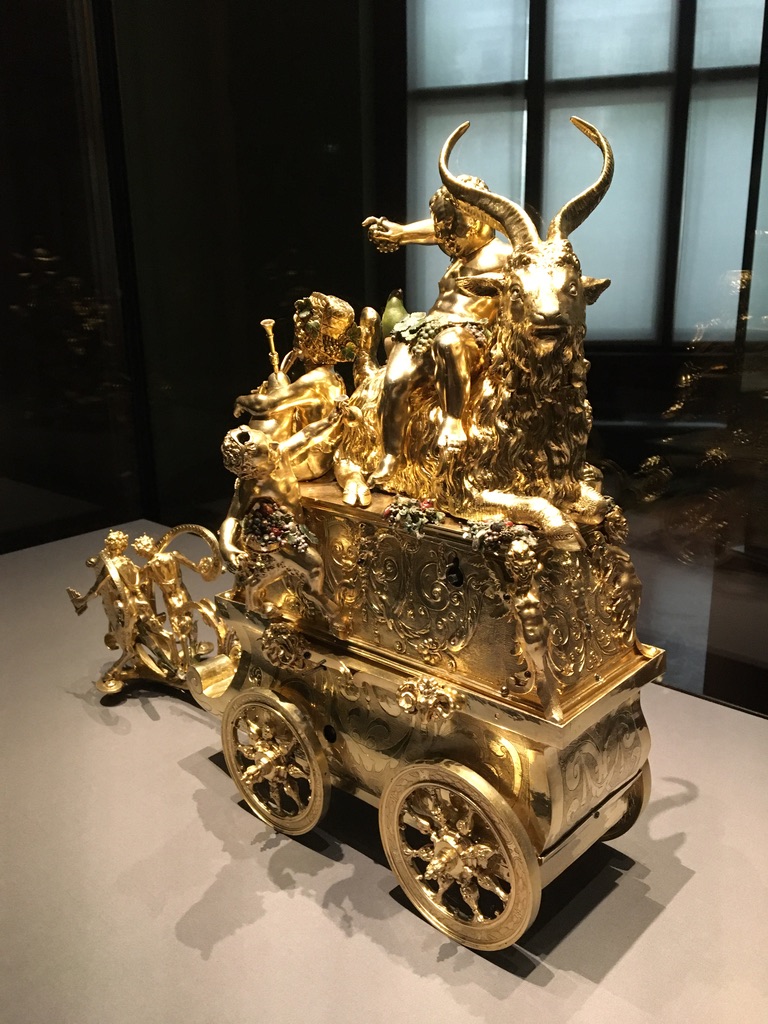 |
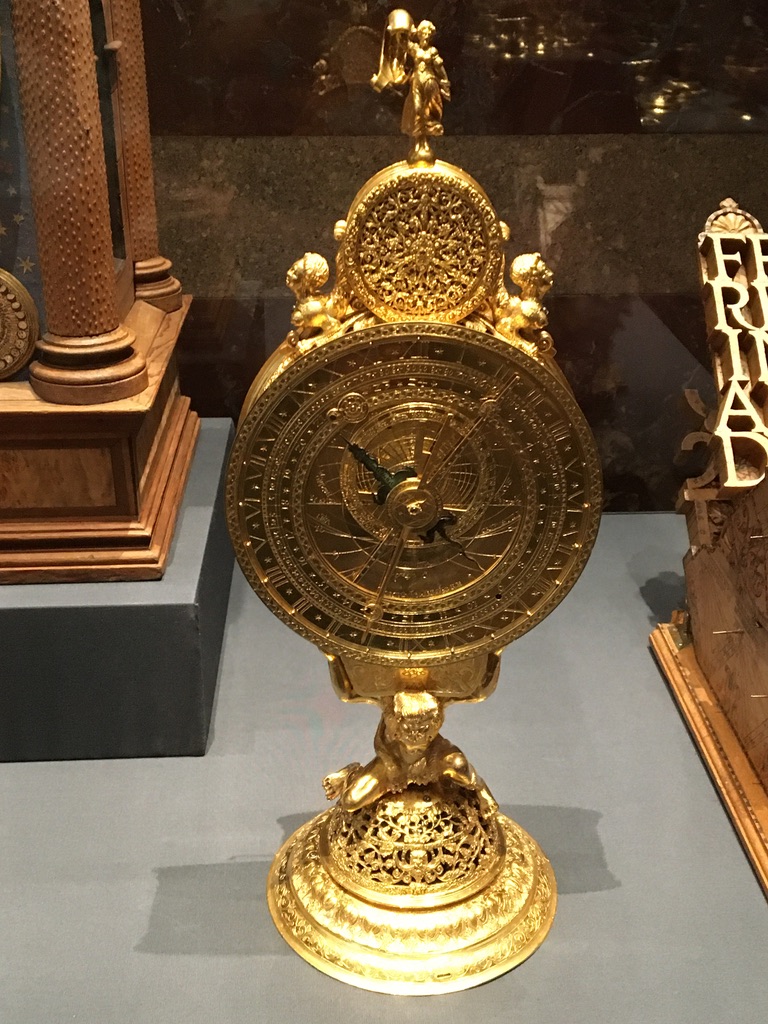 |
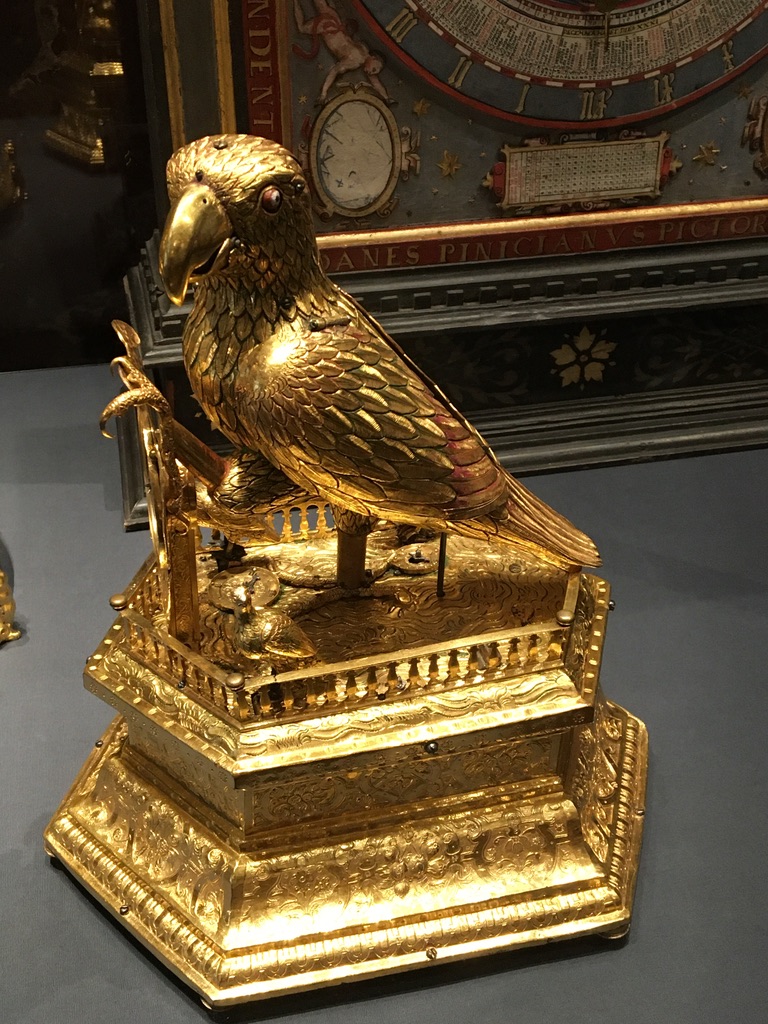 |
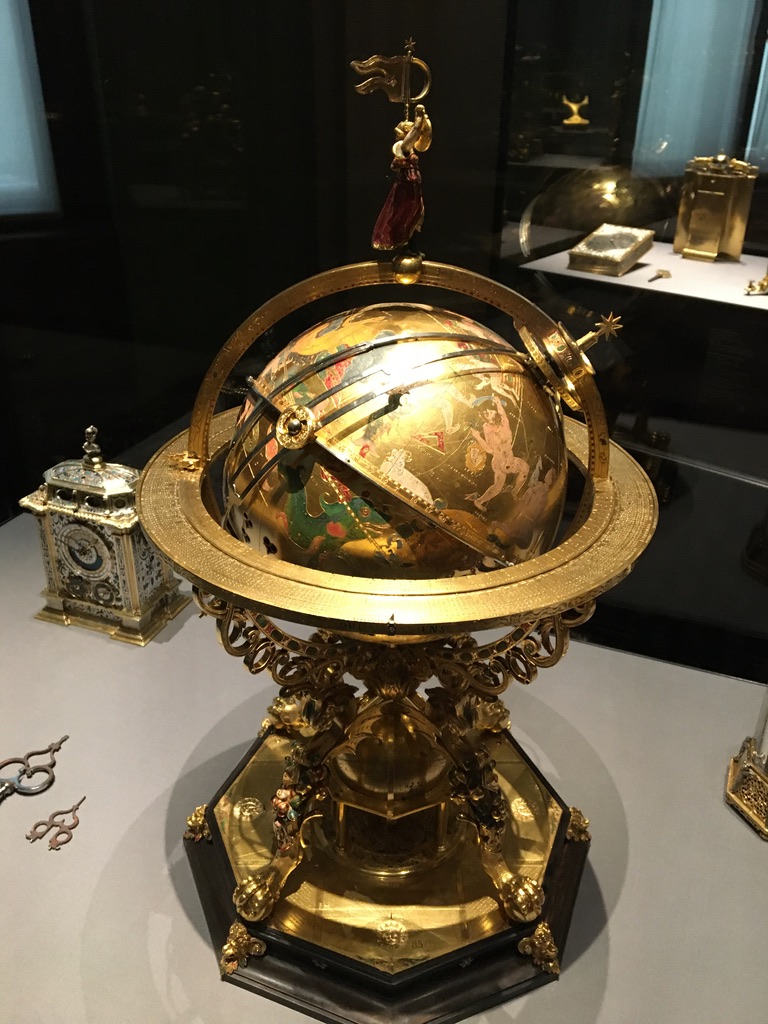 |
Next, I directed my steps to Northern European painting collection on the first floor, to find a numerous artworks of Rubens (you will find there his famous The Head of Medusa and Helena Fourment paintings), Johannes Vermeer, Rembrandt (look at his Self-portrait), Bruegel (and his fantastic The Tower of Babel).
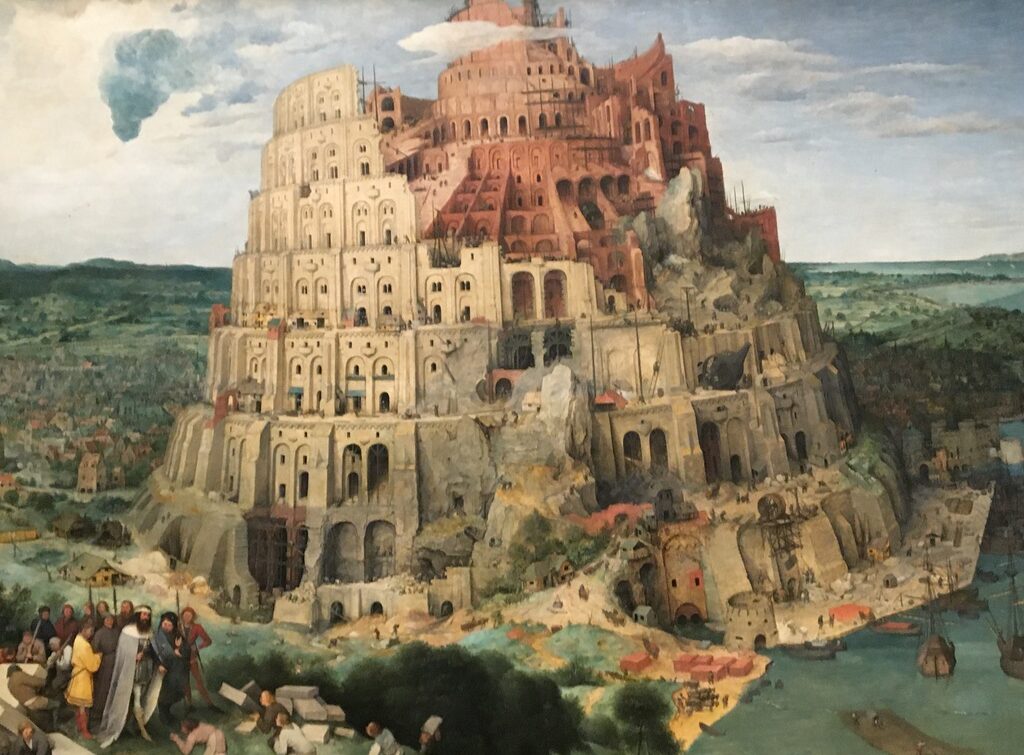 |
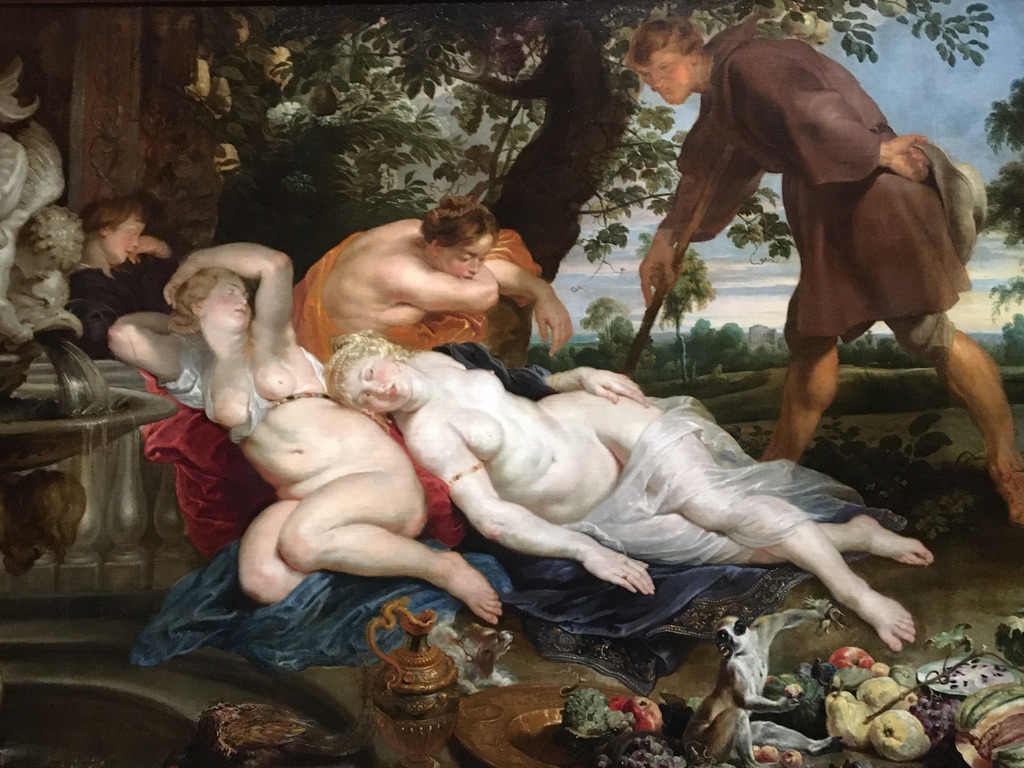 |
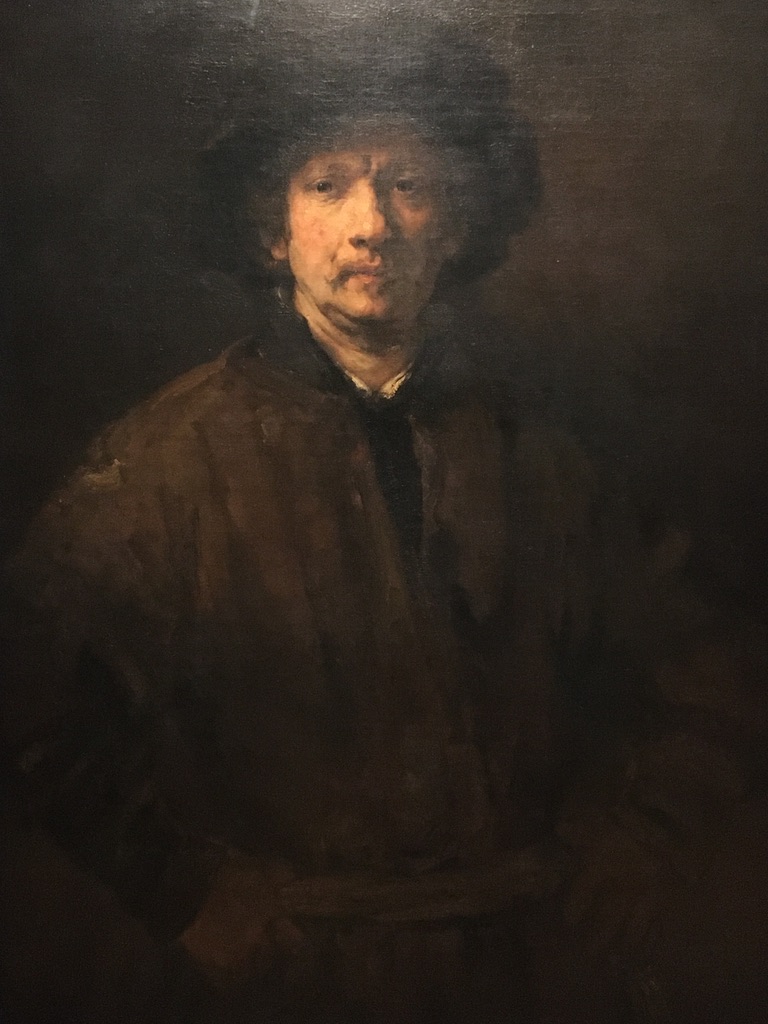 |
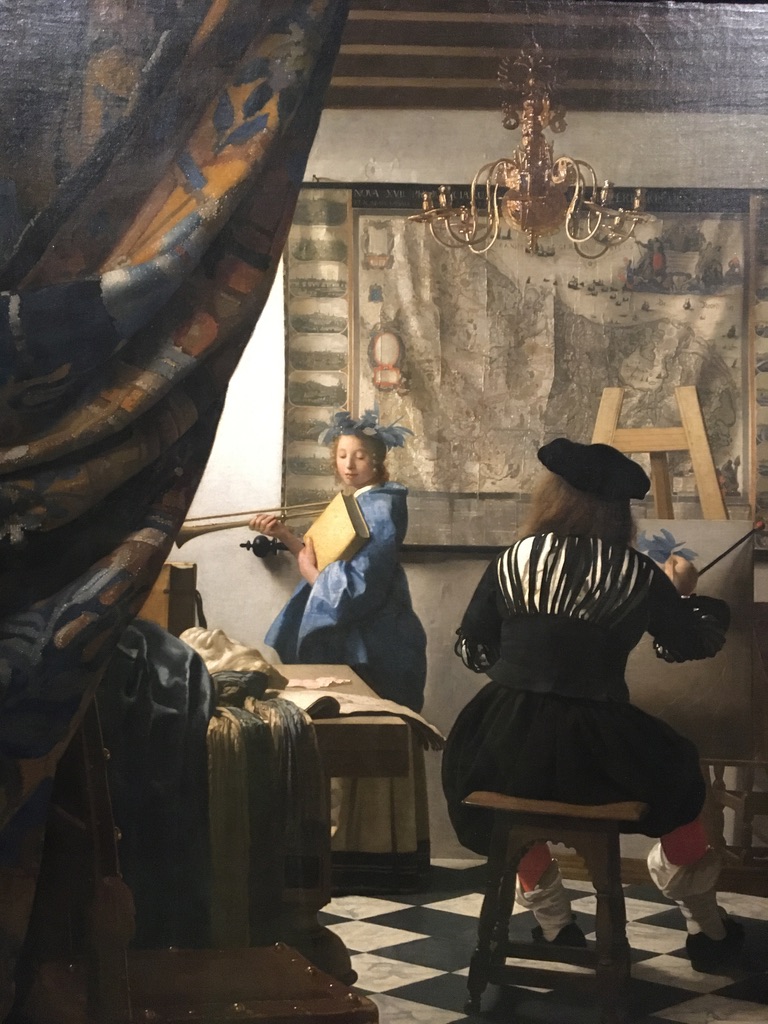 |
In the Western European paintings gallery you can find famous works of Giuseppe Arcimboldo, numerous paintings of Tiziano and various works of Diego Velázquez presenting Infanta Margarita Teresa in different stages of childhood.
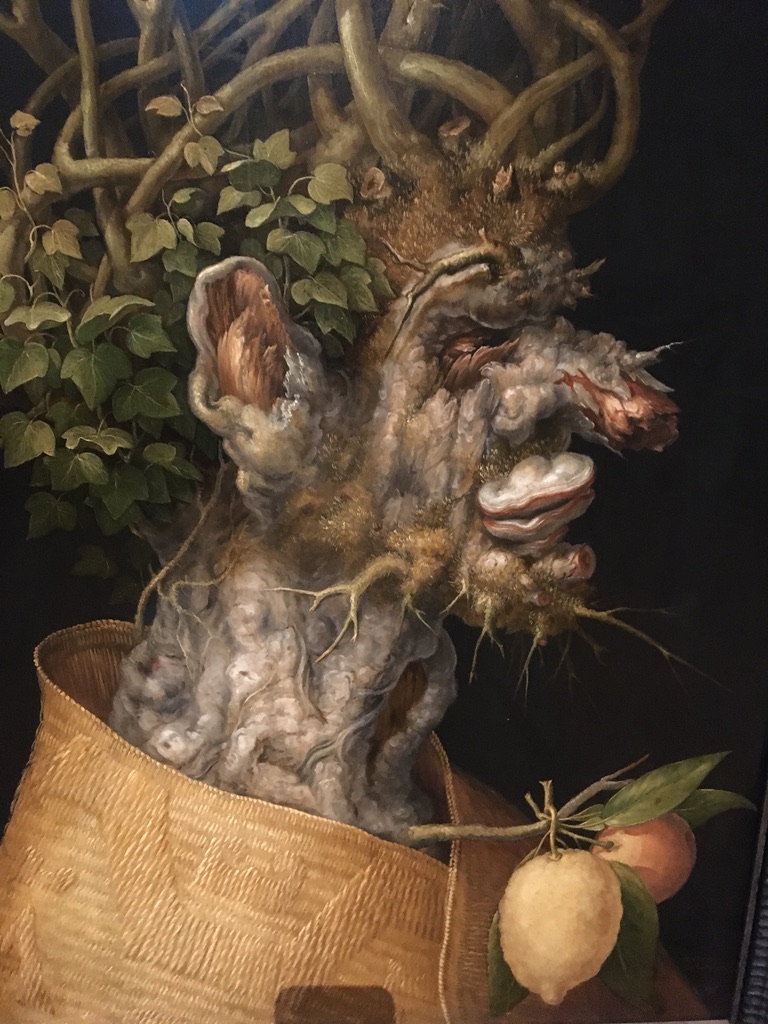 |
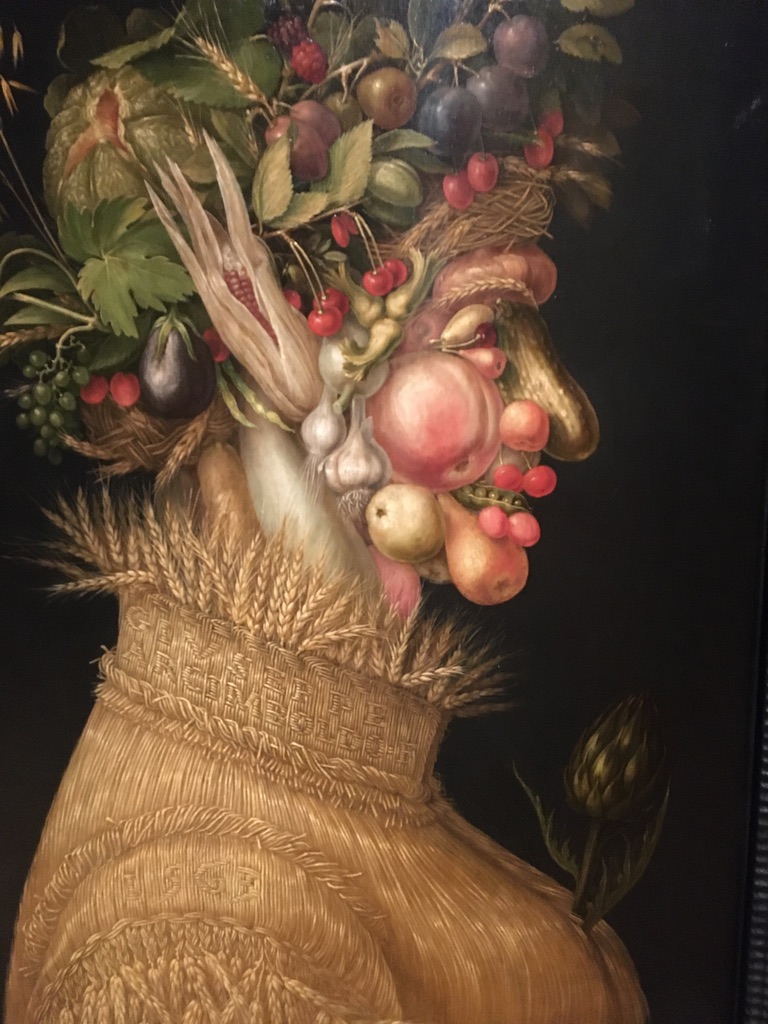 |
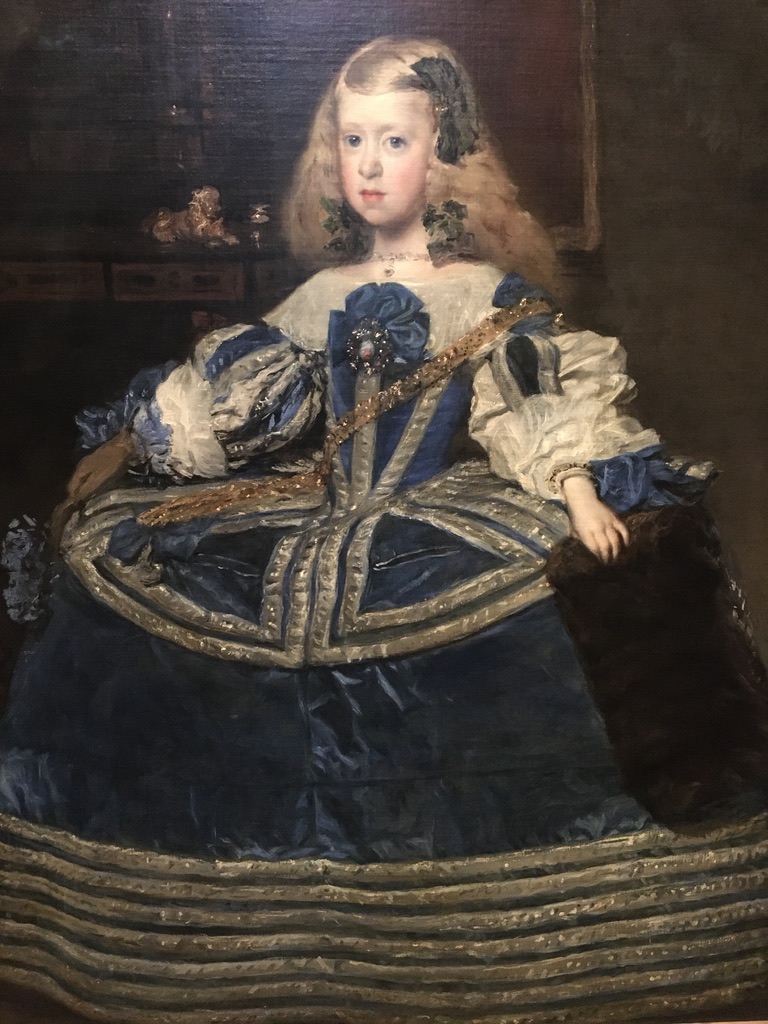 |
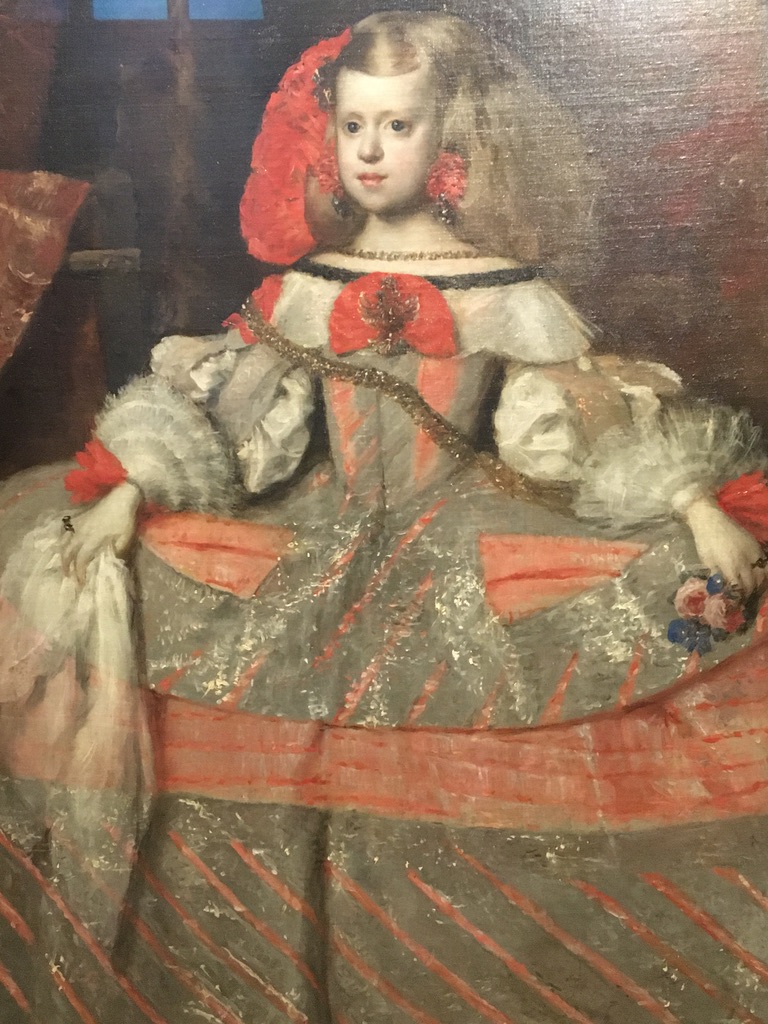 |
When leaving the museum, I recommend to drop to the museum shop with many thematic books related to Kunsthistorische collections, there are also many original objects–jewellery pieces, scarfs and other small items with a very interesting and unique design which can be a nice souvenir from this very special place in Vienna.
- Upper Belvedere Museum
Second place I wanted to visit that day was Upper Belvedere Museum (the Lower Belvedere was closed for renovation).
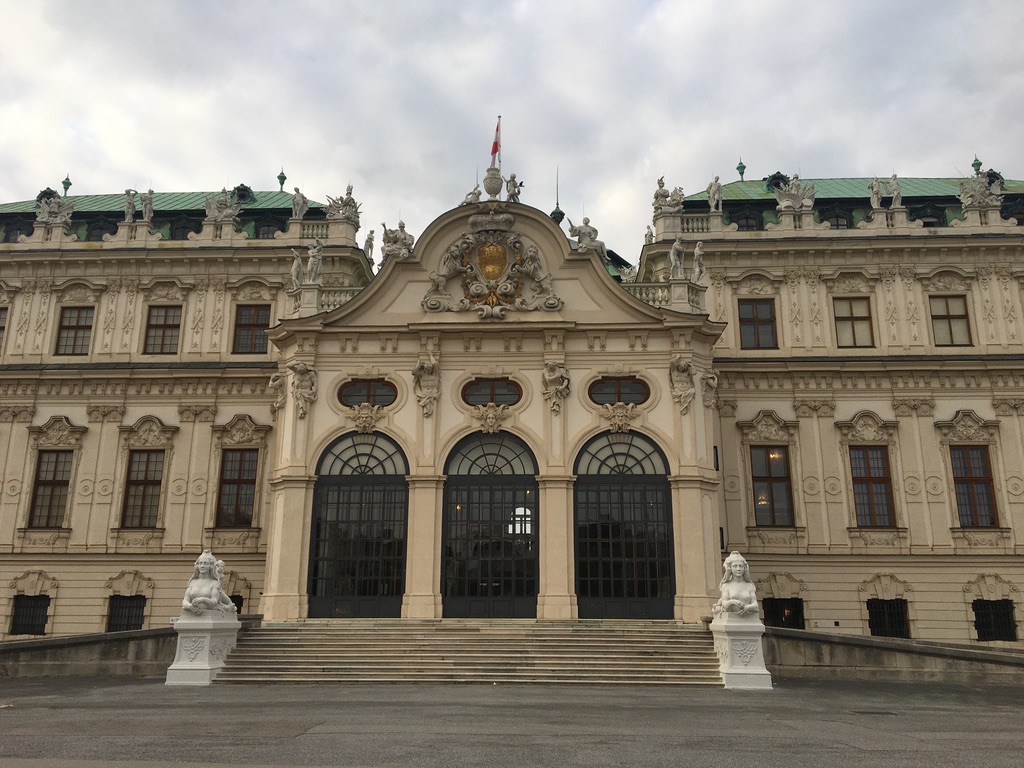 |
The Belvedere was built during a period of extensive construction in Vienna, which at the time was both the imperial capital and home to the ruling Habsburg dynasty. In 1776 Maria Theresa and her son, Emperor Joseph II decided to display there the “Imperial Picture Gallery”. Inspired by the idea of enlightened absolutism, the intention was to make the imperial collection accessible to the general public. In result, the Upper Belvedere is one of the first public museums in the world.
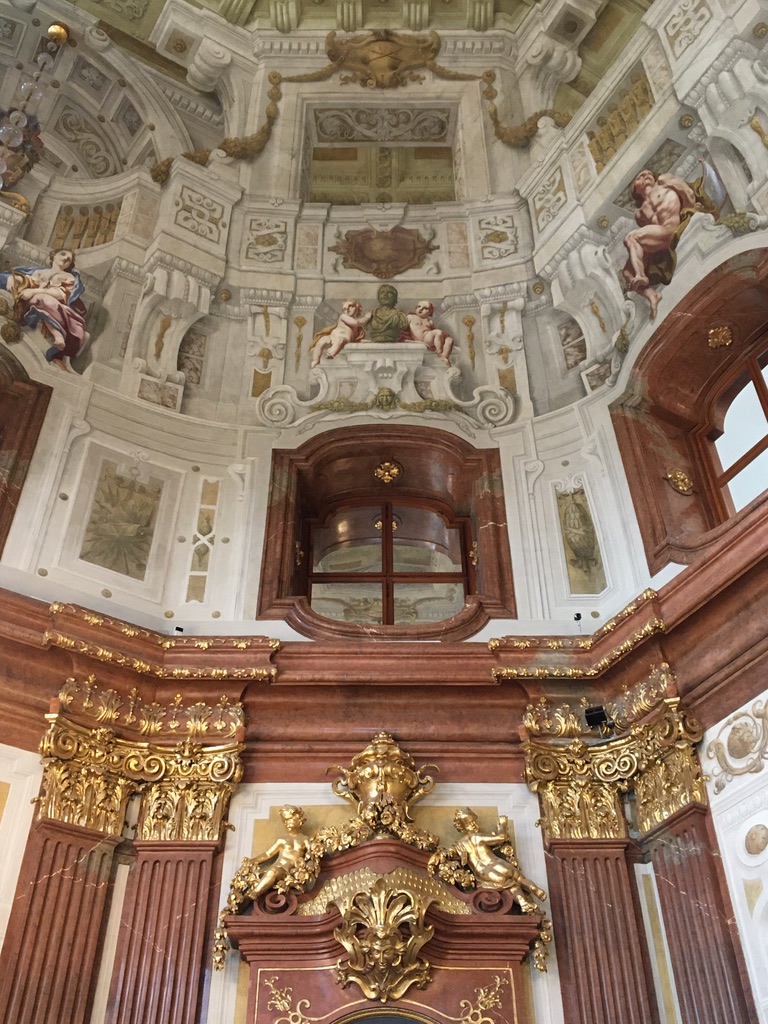 |
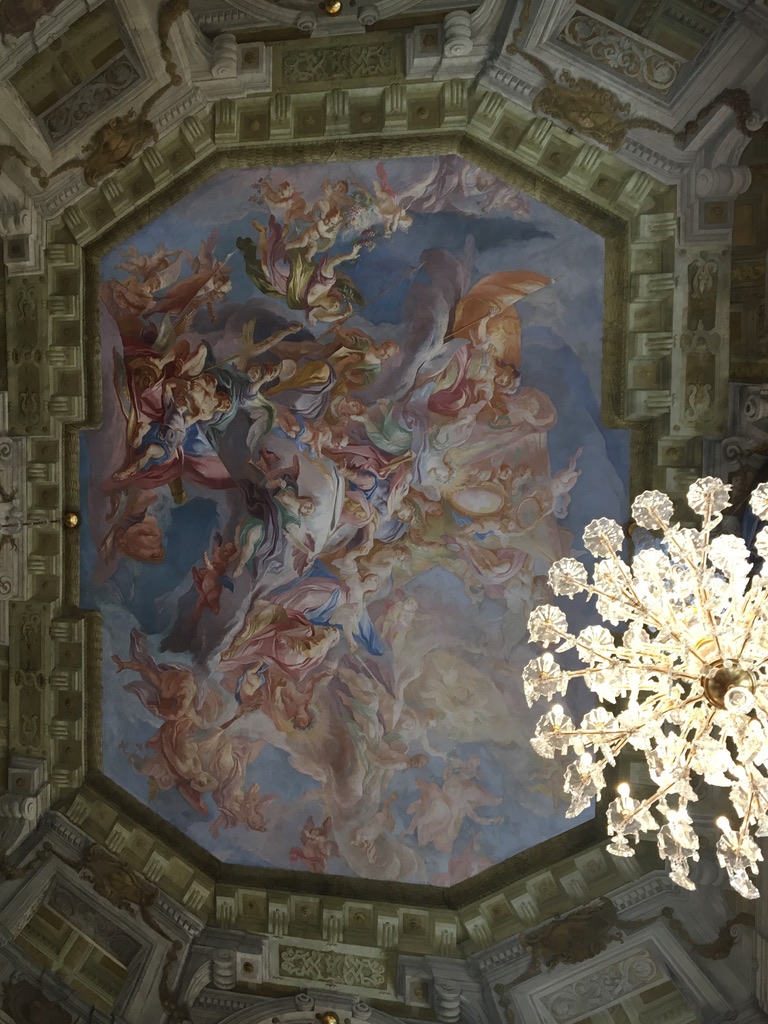 |
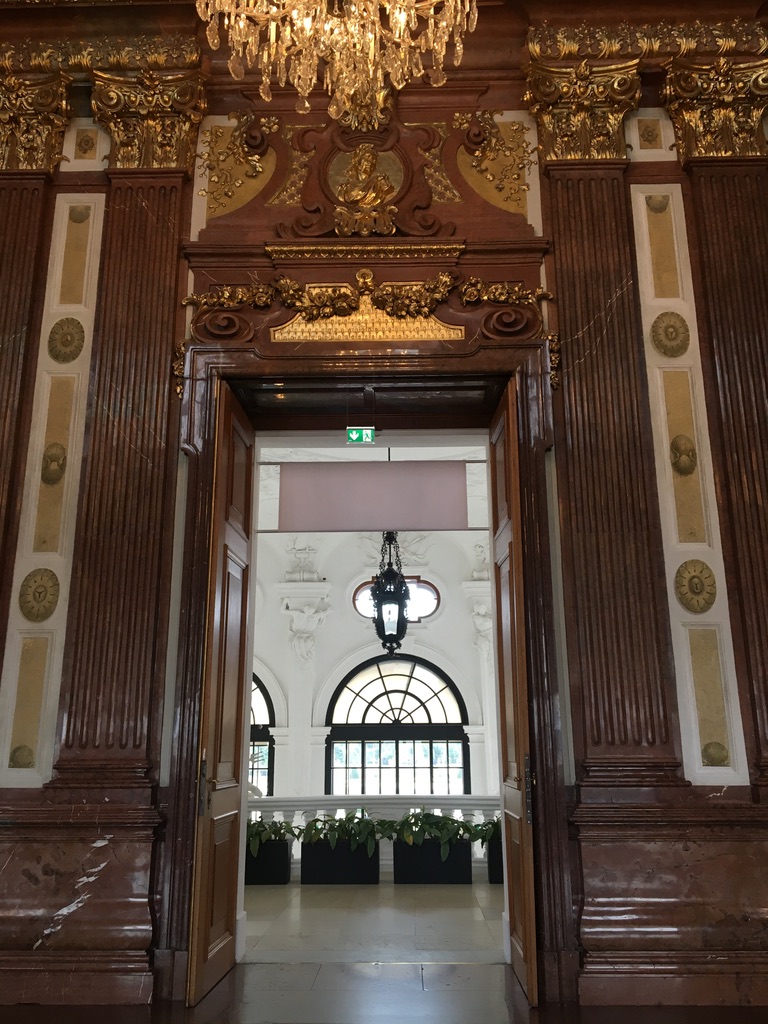 |
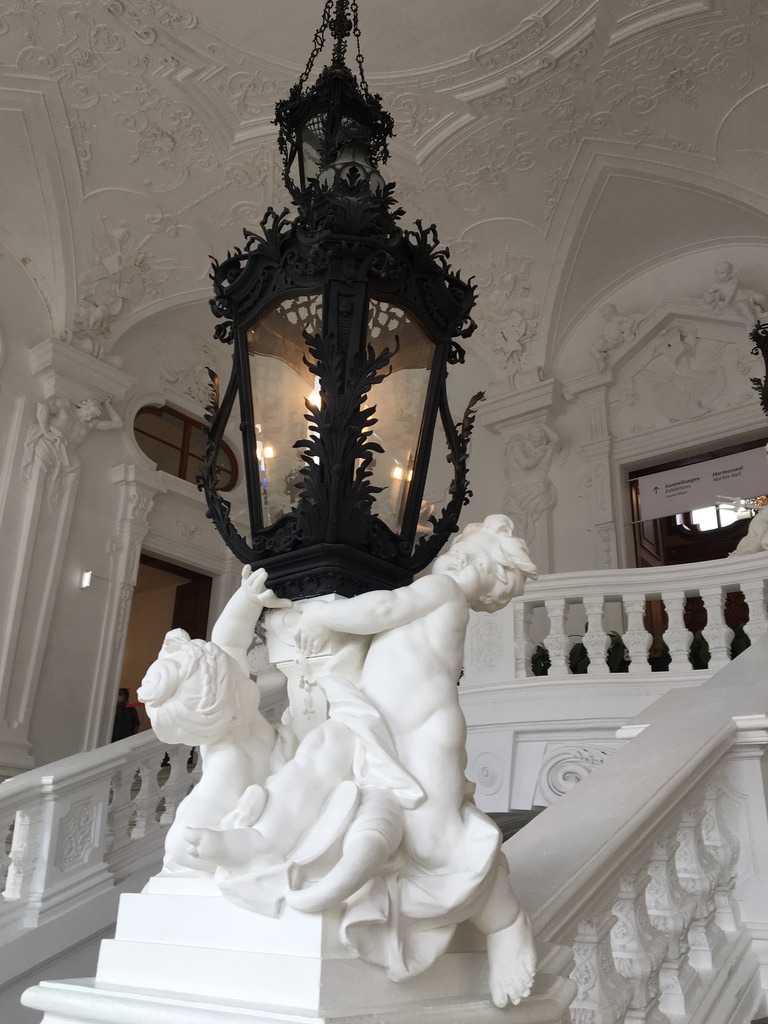 |
Nowadays, the museum hosts the collection of Austrian art from the Middle Ages to the present day. This includes the largest collection of Gustav Klimt’s paintings (his famous Kiss), artworks of two other major Austrian painters–Egon Schiele and Oskar Kokoschka, the upper floor hosts the Viennese Biedermeier period collection. During my visit, the Upper Belvedere was displaying two temporary exhibitions–Lovis Corinth and Better times? Collections.
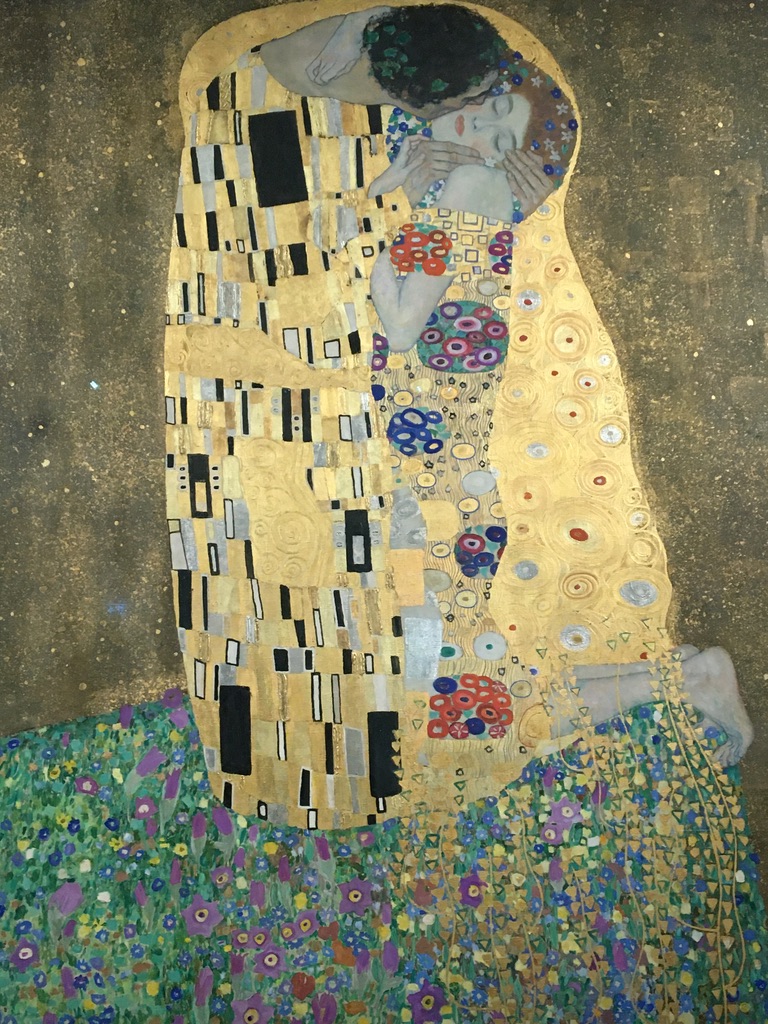 |
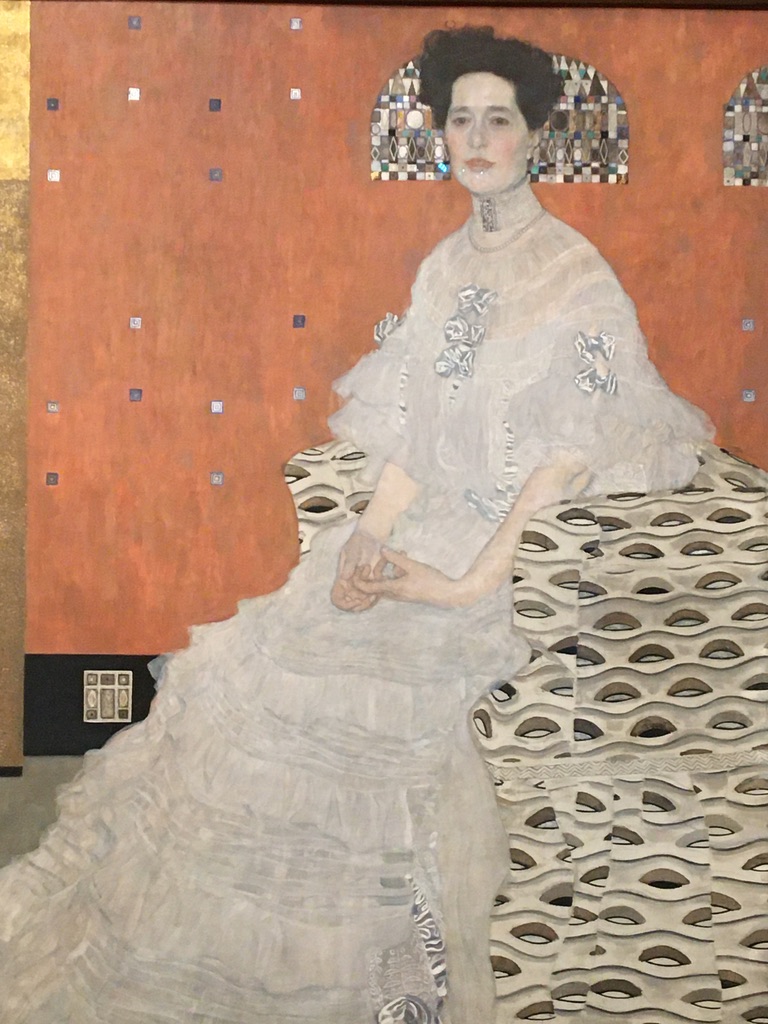 |
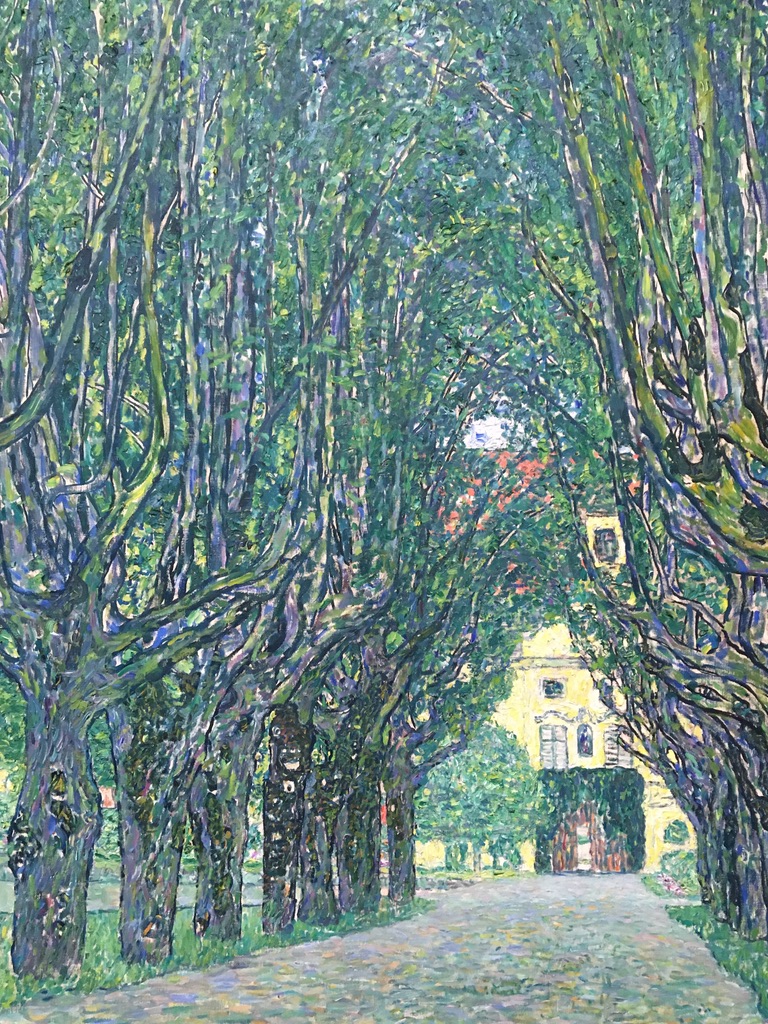 |
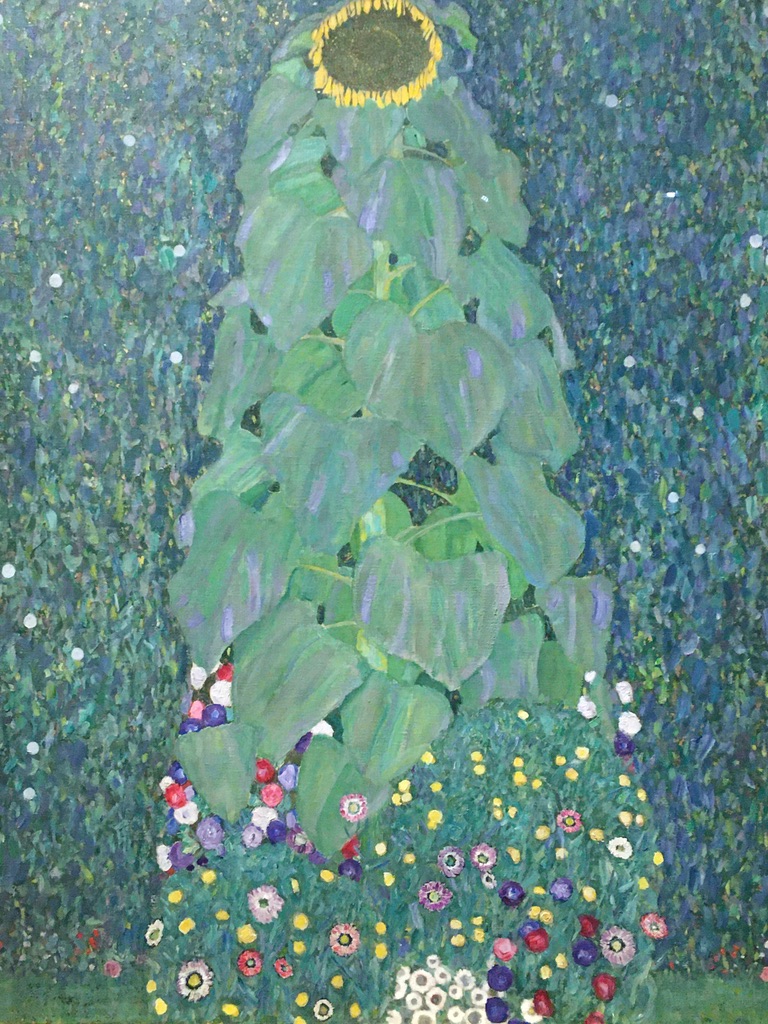 |
It was the first time I have ever seen Lovis Corinth art exhibition.
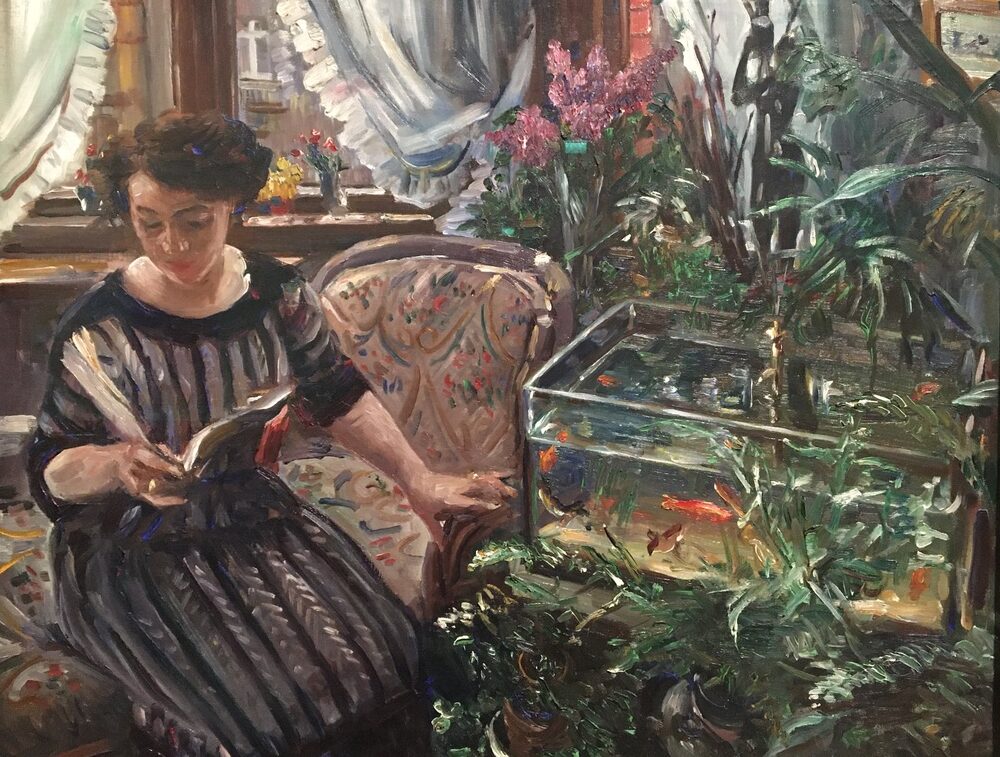 |
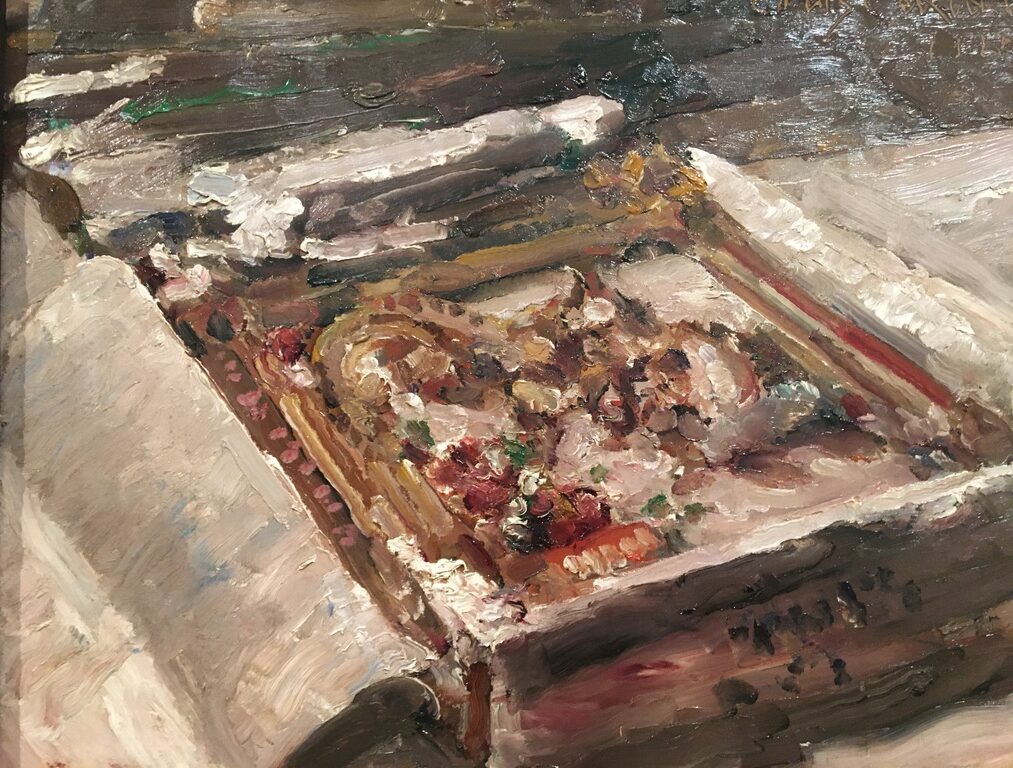 |
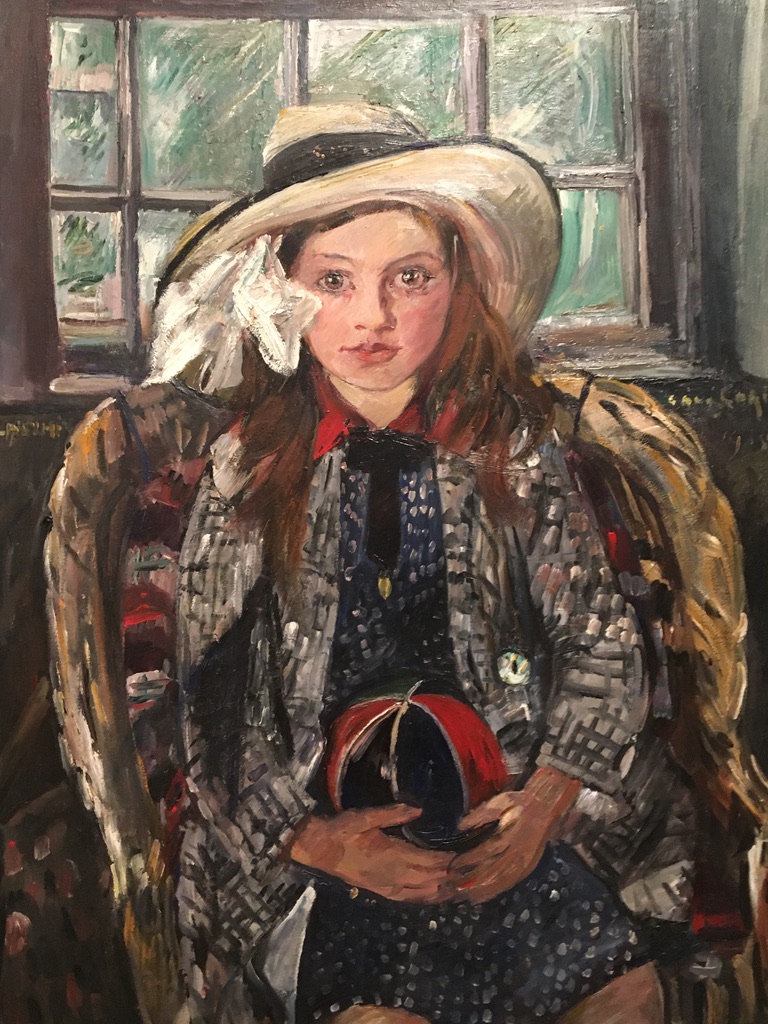 |
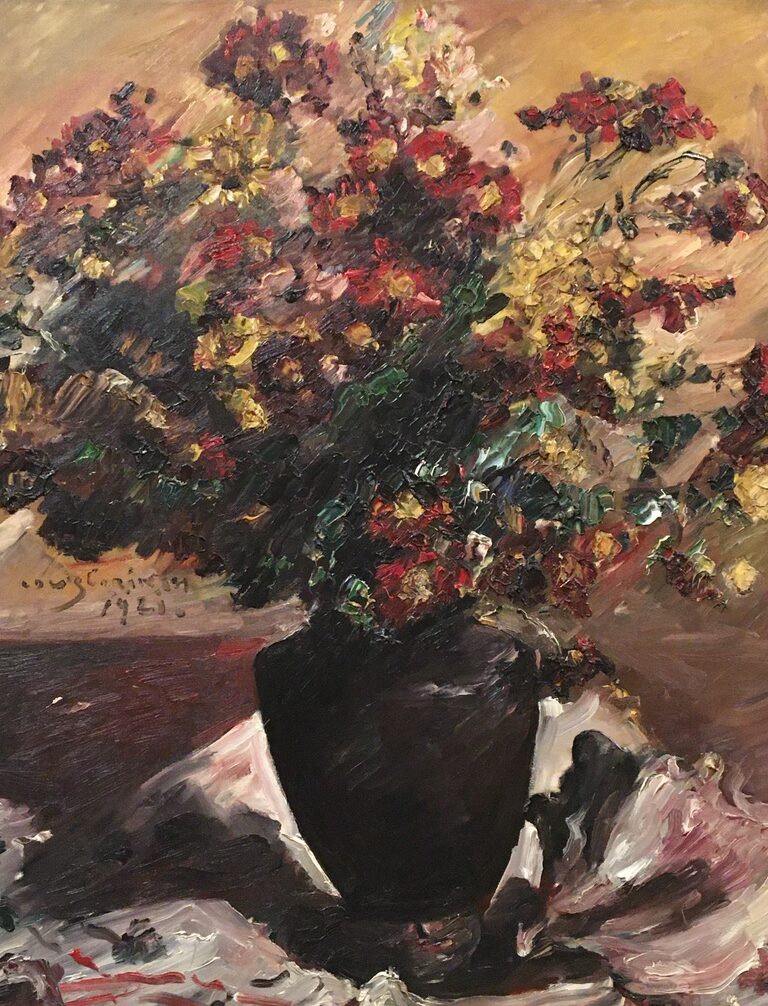 |
When in Upper Belvedere, it’s nice to stroll in the surrounding gardens designed in the formal French manner. Take a look at its magnificent water basin in the upper parterre and the stairs and cascades peopled by nymphs and goddesses that links upper and lower parterres. I was amazed by the autumn flower arrangements along the fountains.
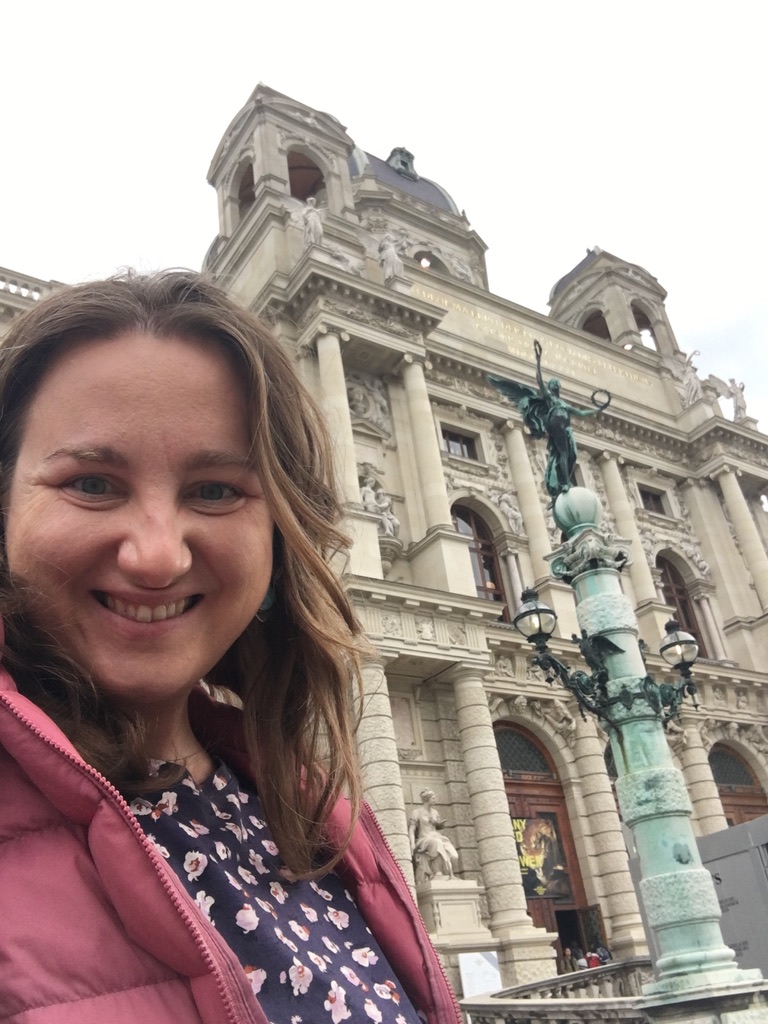 |
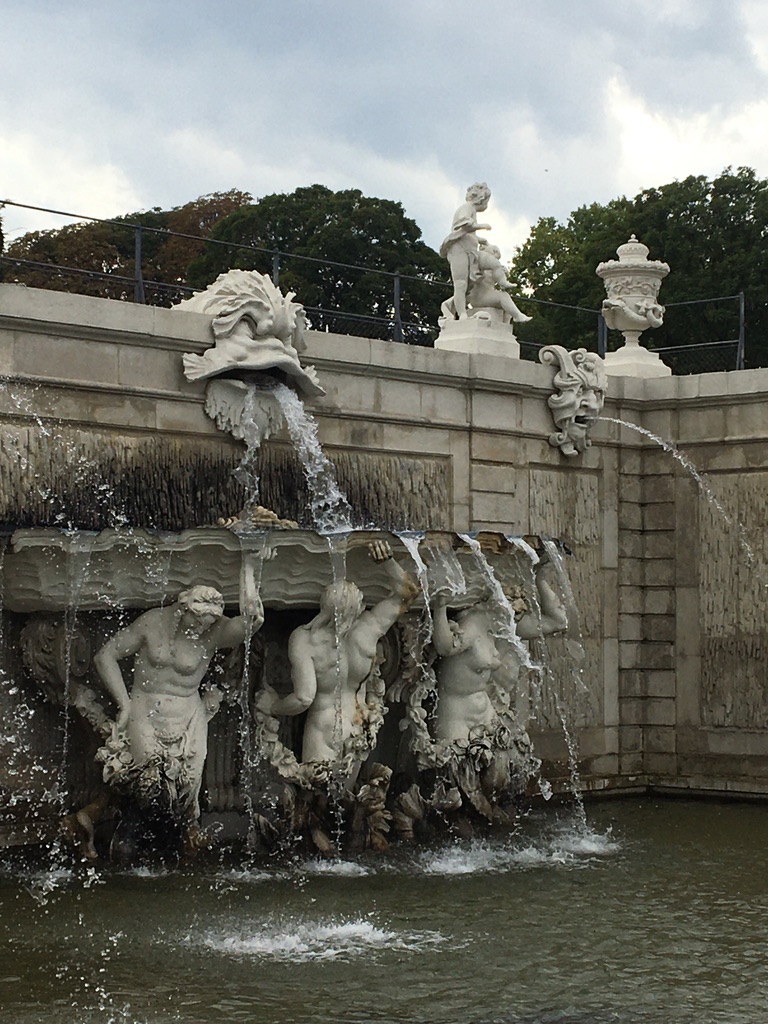 |
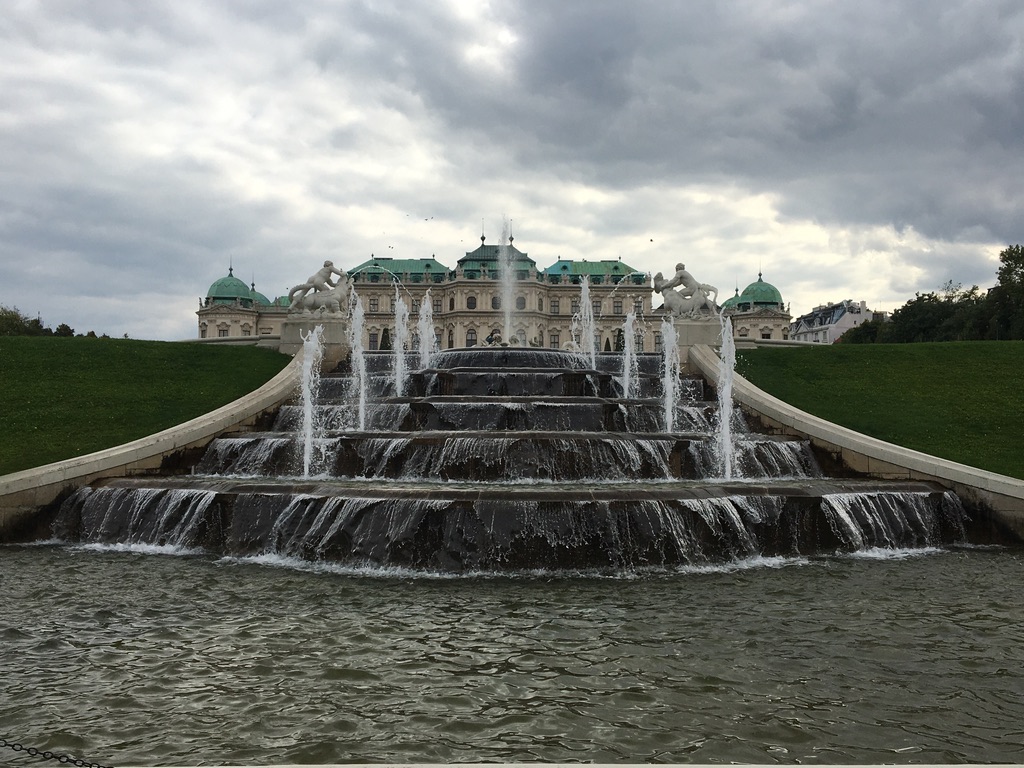 |
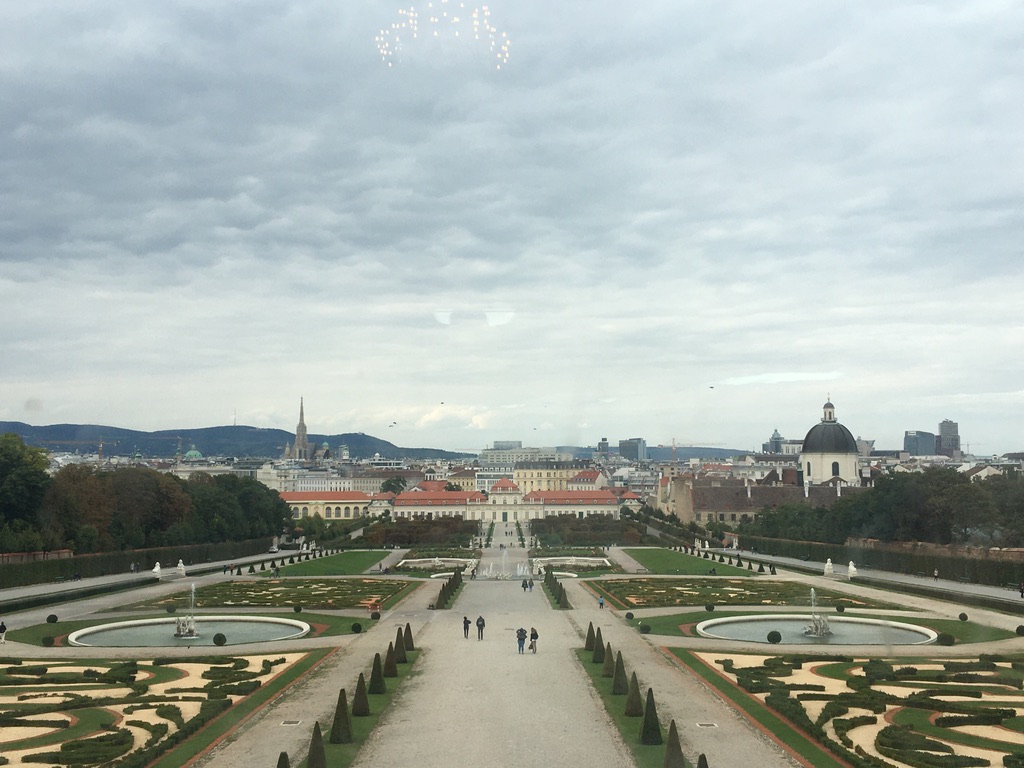 |
The autumn garden surrounding the palace was purely poetic.
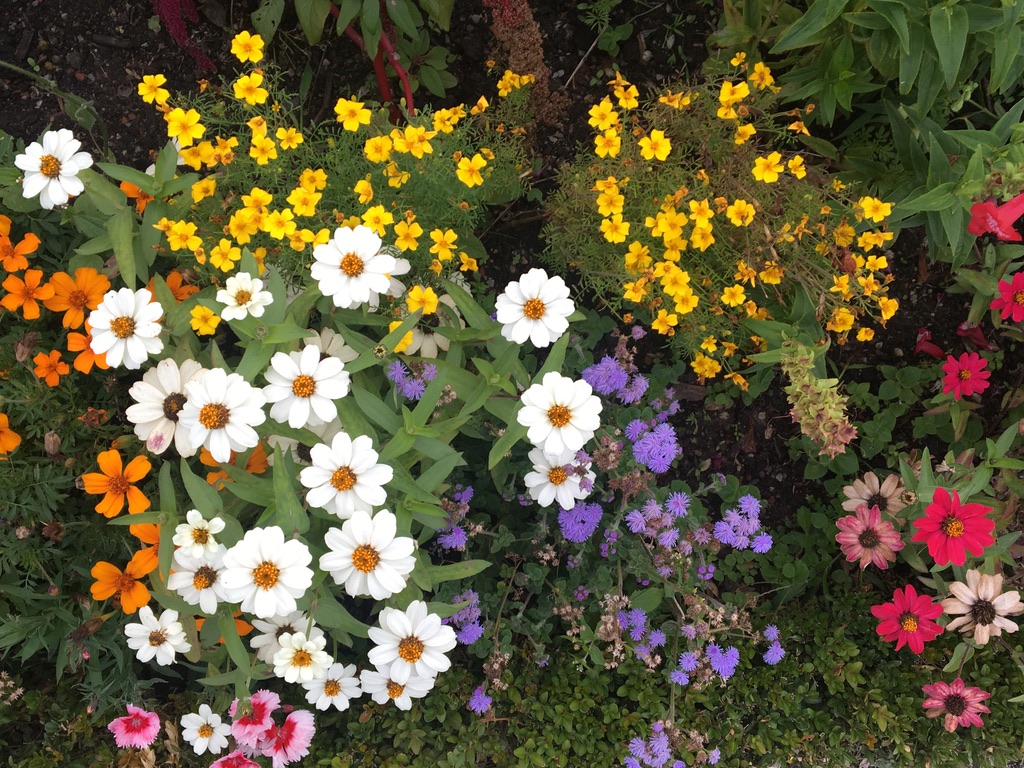 |
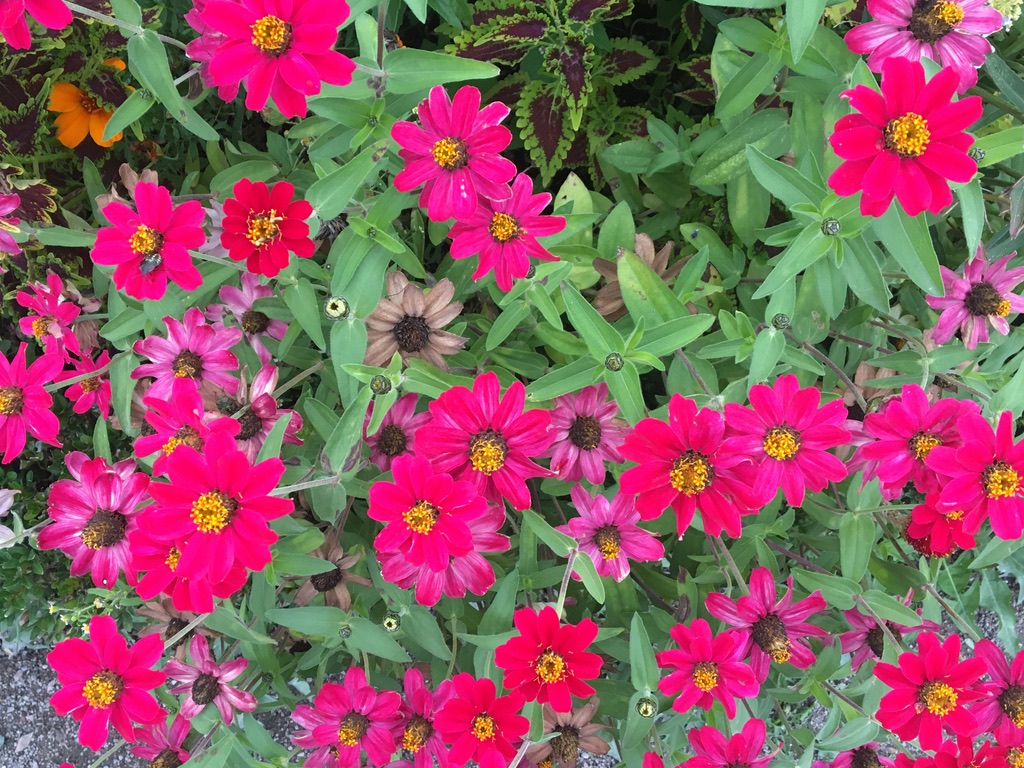 |
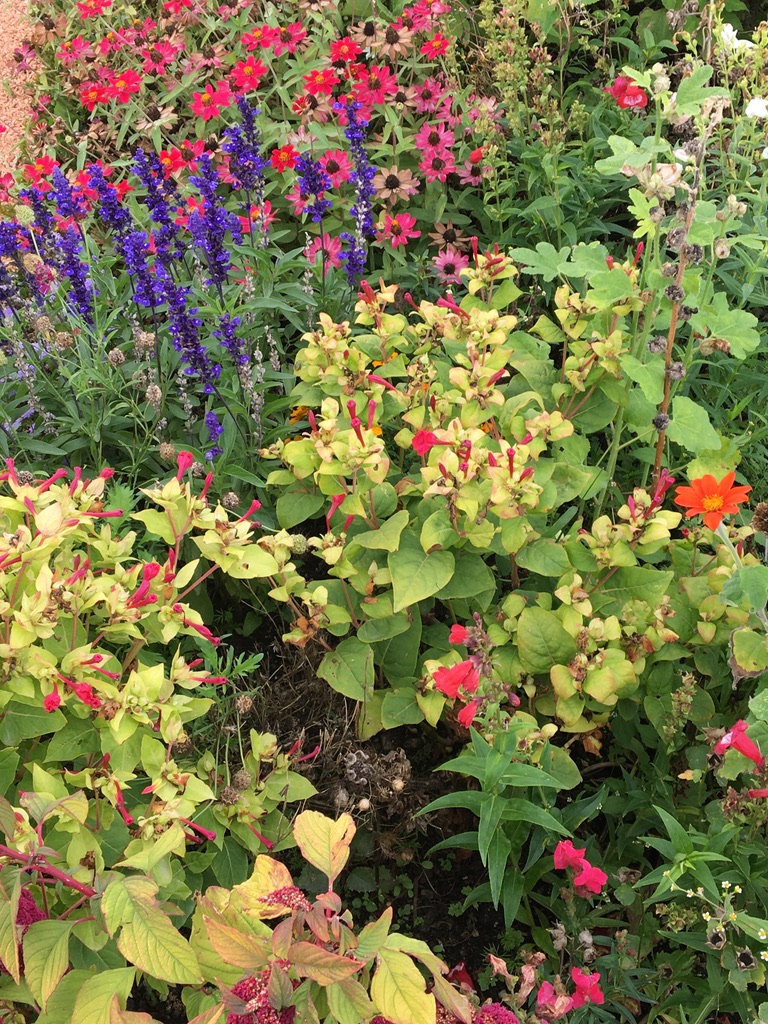 |
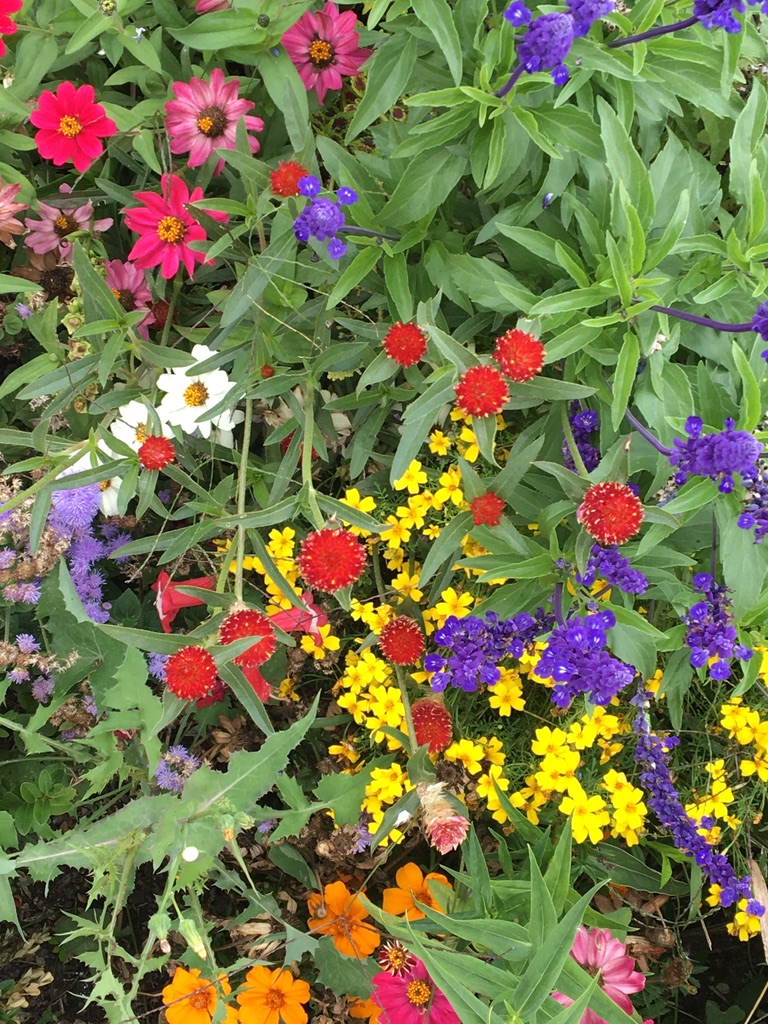 |
- Practical tips
- Most of touristic sites of Vienna is within walking distance from one another. Thus, if your hotel is in strict city center you may not need a weekly transport pass
- Vienna Pass (79 euro for 24 hour pass, 109 euro for 48 hour pass) which ensures free entry to most of the museums is worth it if you can do more than 2 museums per day–so it’s profitable if you plan many short visits during the day
- Many museums are closed on Monday, so check it when planning your visit
- For opening hours, tickets and temporary exhibitions, check Vienna museums website (click here)
- Metro works until midnight and there is no Uber so getting to your hotel at later hours can be expensive
- For last minute tickets for famous operas in State Opera is best to come 90 minutes in advance
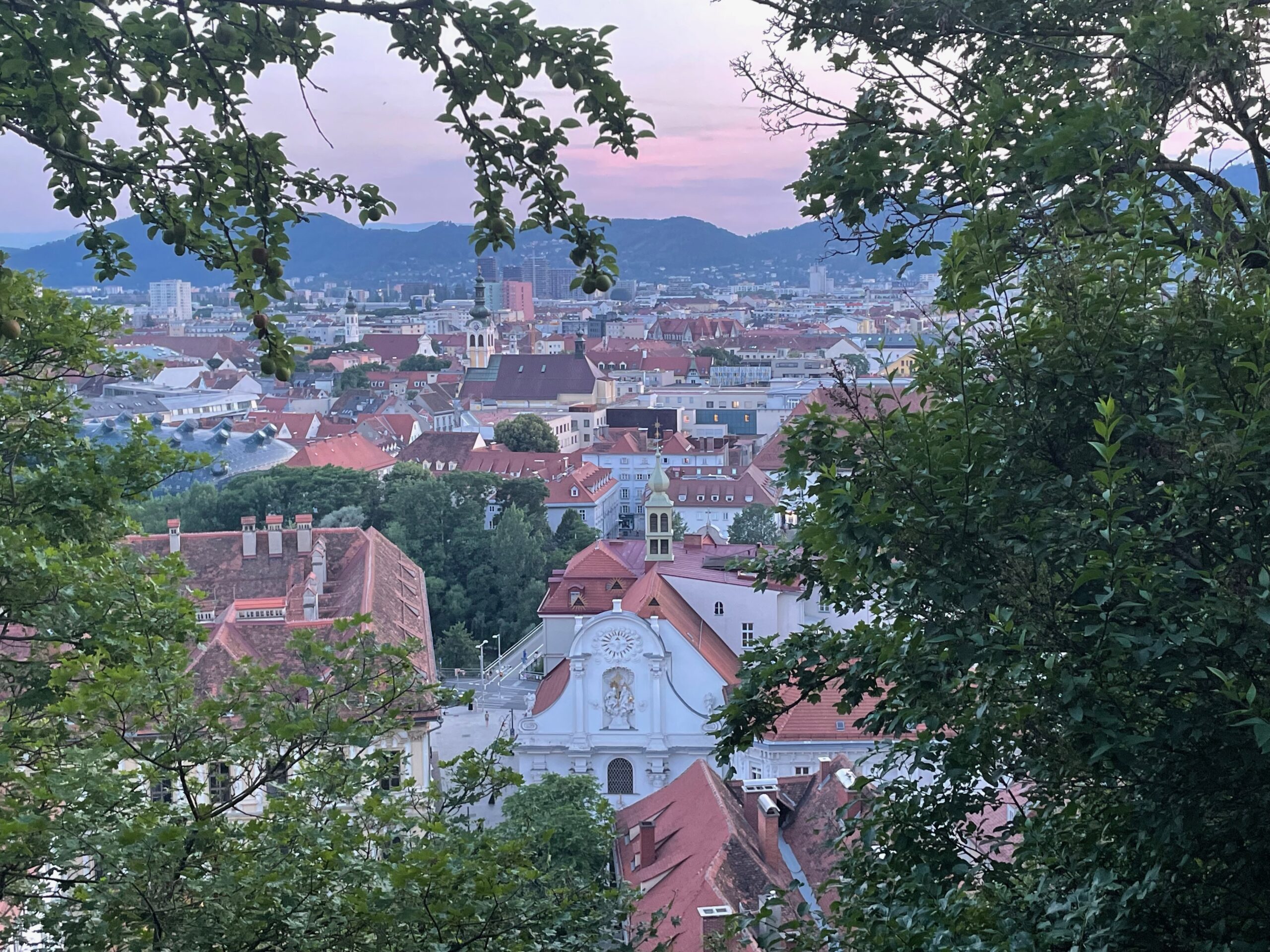
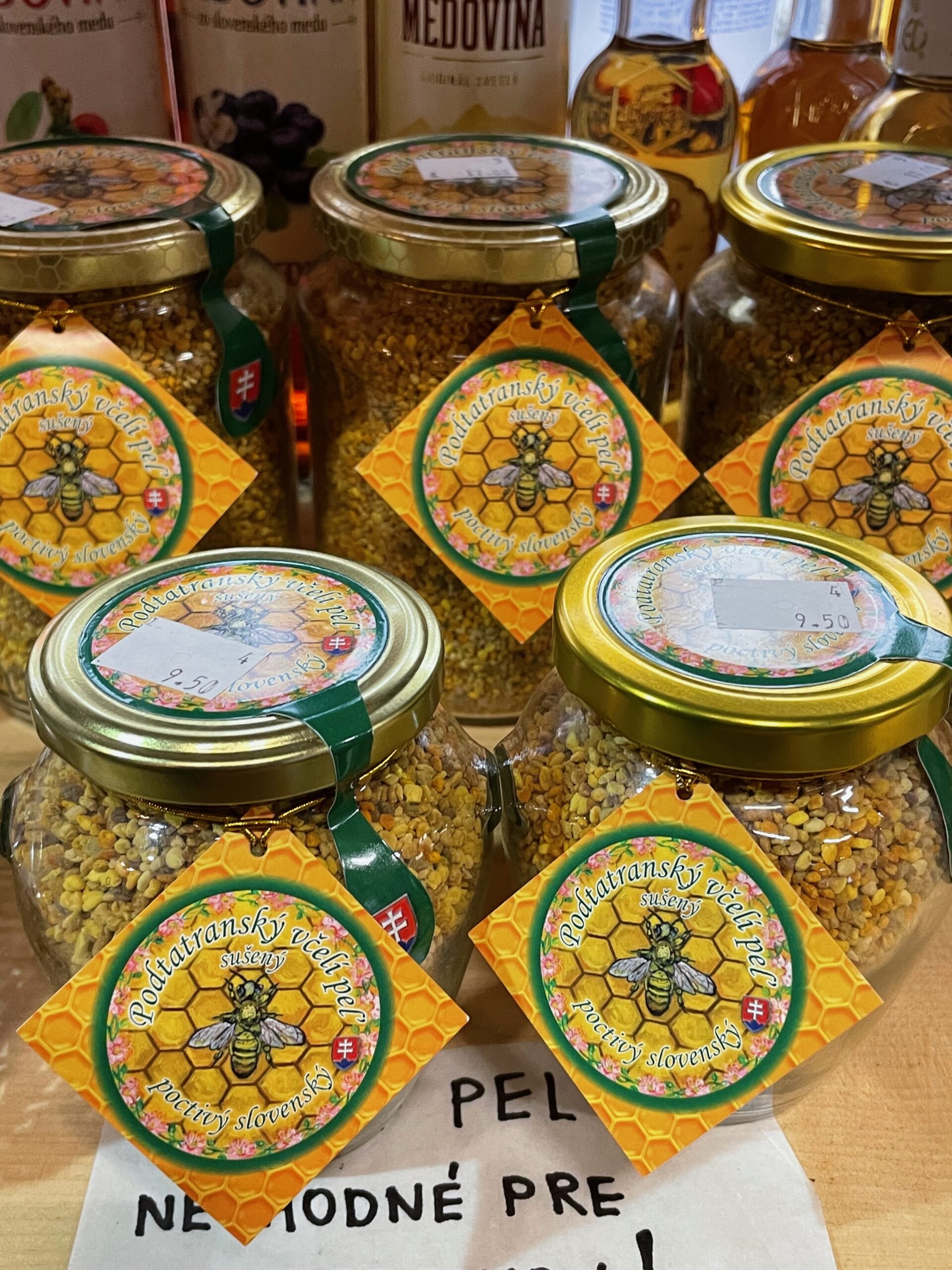
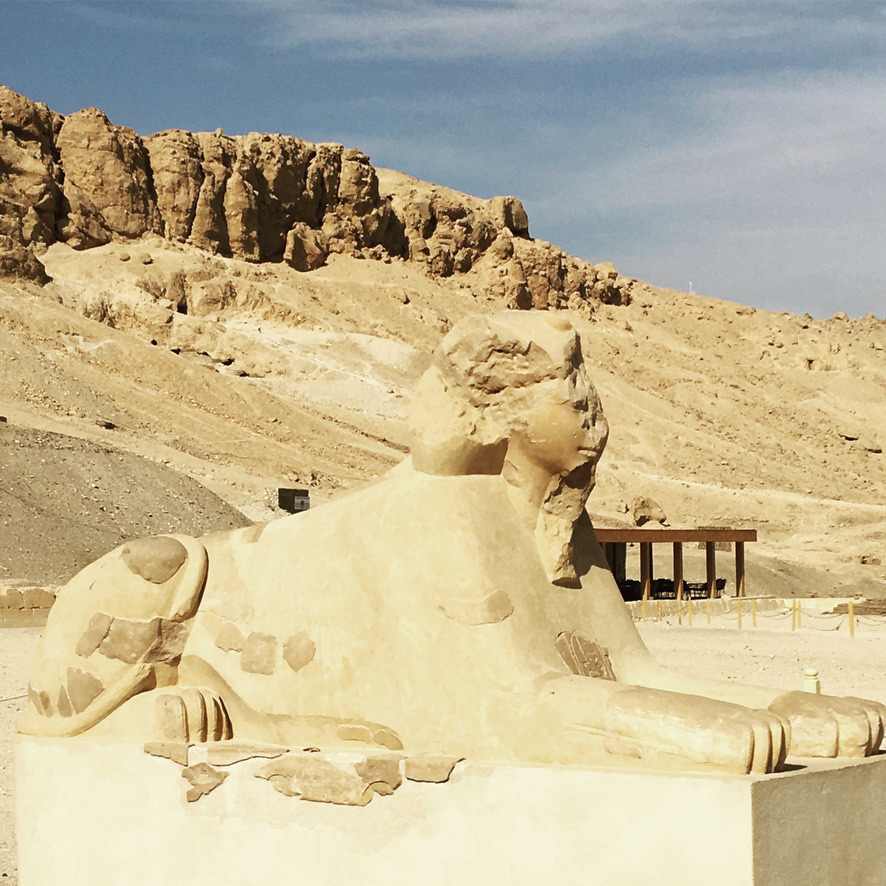
I thought to visit Vienna because of beautiful story of Sissi, but now there is even more reasons 😉
Great pics 😁
Very useful tips 😉 I like this itinerary because I also like actively explore the city;)
Do you know if there is direct train Paris Vienna?
Uwielbiam pchle targi, ten wiedeński wygląda na prawdziwą skarbnicę. Da się tam negocjować?
Super fotki !
Ile miejsc do zobaczenia w Wiedniu! ❤️ super post, bardzo mi pomógł w planowaniu 💪 My planujemy spędzić w Austrii 2 tygodnie, i na Wiedeń przeznaczyć 2 dni, żeby byla i kultura i natura 😀
Wiedeń urzeka. Ja do tej pory jeździłam w austriackie góry, ale kuszą mnie wiedeńskie zamki i ta architektura. Idealny city break na wrzesień 😉
You made some decent points there. I did a search on the subject and found most people will find very useful what you posted ✌️
Wow What great information. Thank you for the time you spent on this post.
Thanks for your blog, nice to read. Do not stop.
Vienna is so full of culture and so inspiring 😀 Looks like you’ve seen a lot, really respect for so good planning and intense schedule 👍
Дуже цікавий блог. Доступно і гарно все описано.Дякую за “заочну “екскурсію по музеях Відня.Продовжуй далі.
Awww! what a great find just when we’re planning our New Year’s Eve in Austria. We want to stay for 3 days in Vienna and then enjoy the mountains. I like your honest review of Mozart House, many people just write nice things even if it’s not worth it. As a huge fan of Mozart I considered to visit but expected a lot of personal items and original furniture Mozart family really had…
On the other side, you really made me want to see Upper Belvedere Museum, love the art there and the buildings.
Really thanks for honest reviews on this blog, I’ll definitely come back when planning other trips!
Hugs from Lithuania 😘
Excellent site you have got here.. It’s hard to fid high quality
writing like yours nowadays. I honestly appreciate indivduals like you!